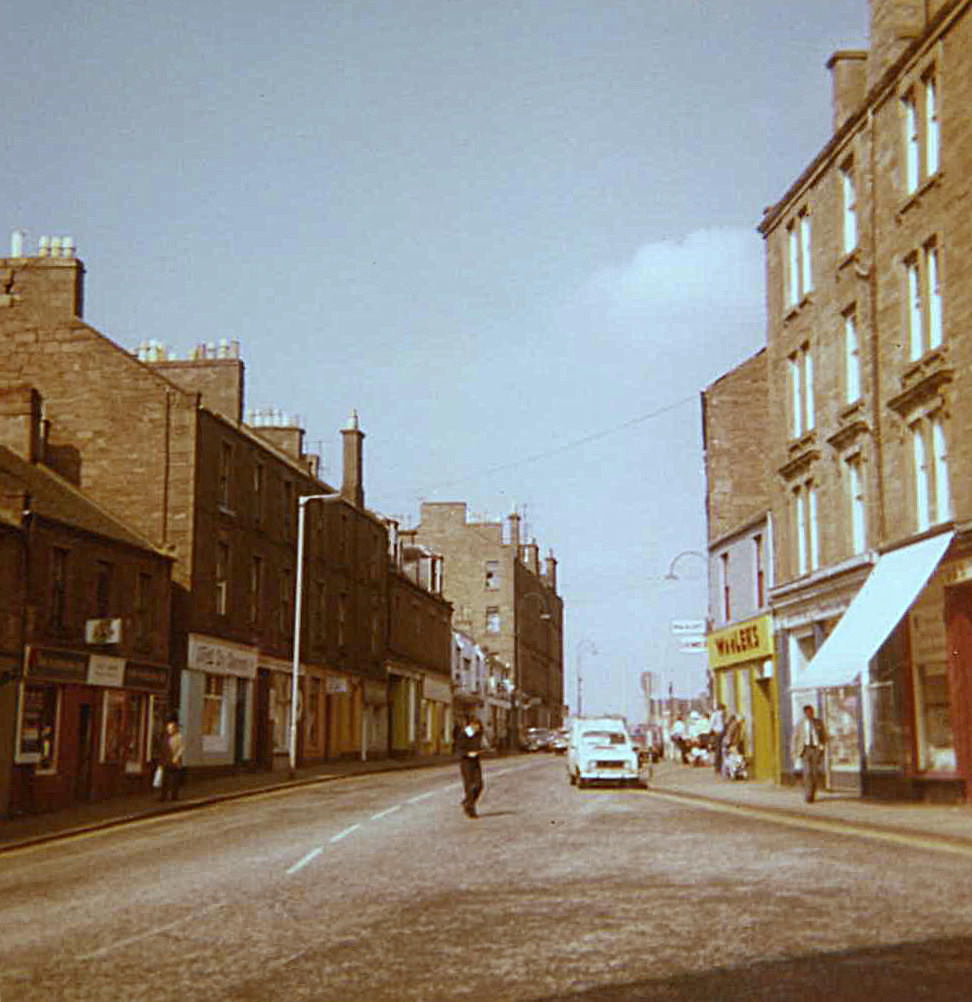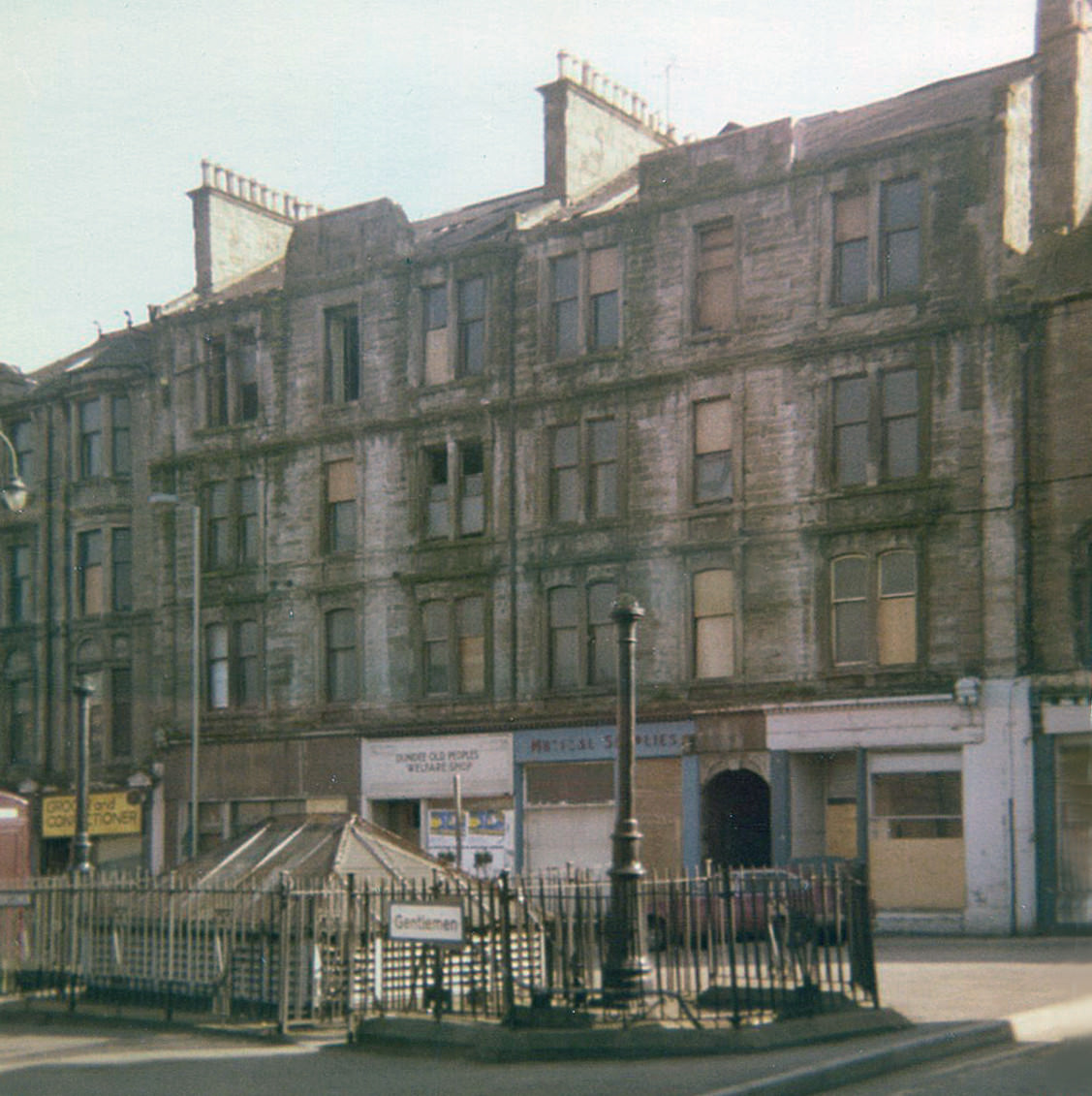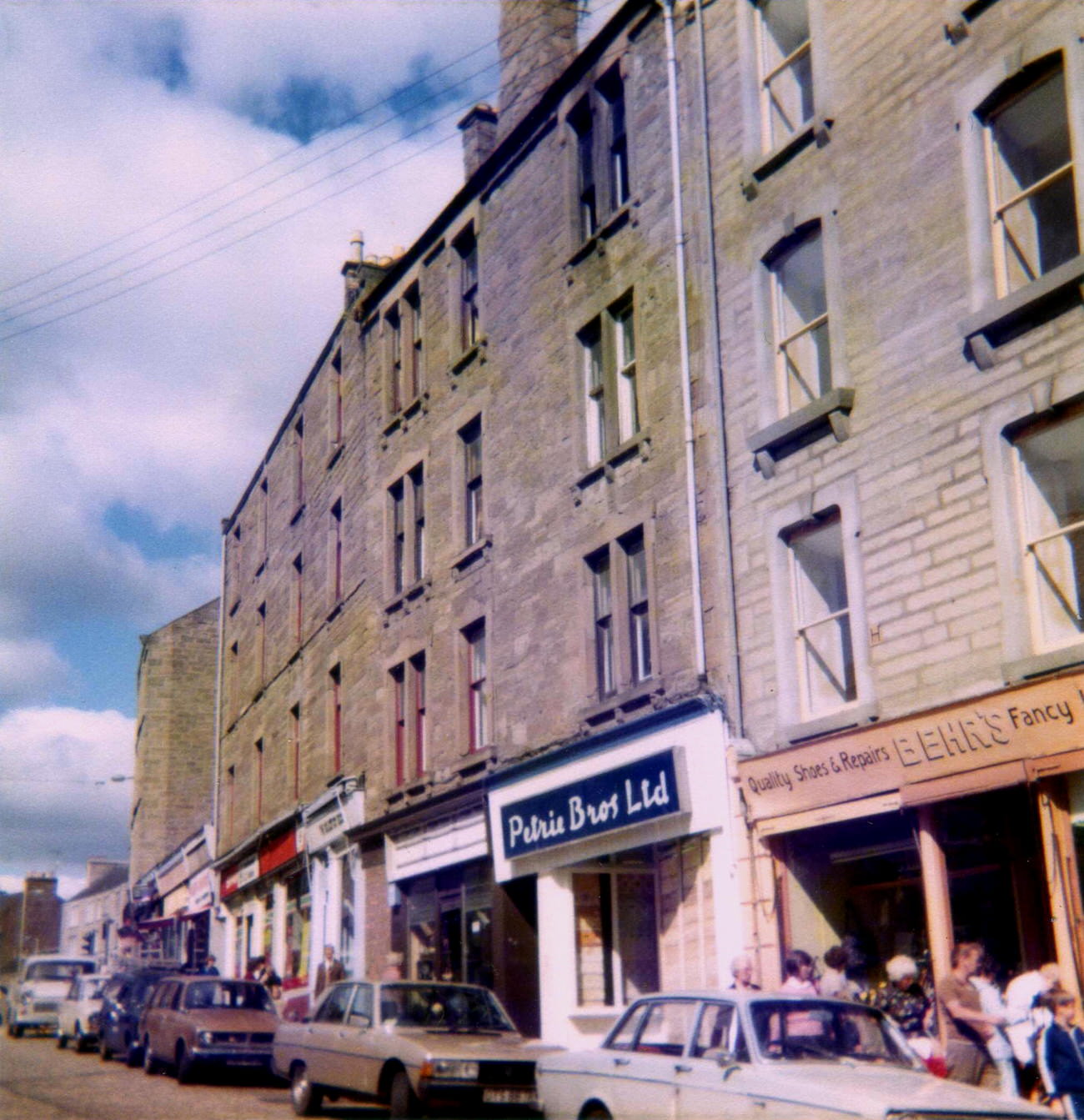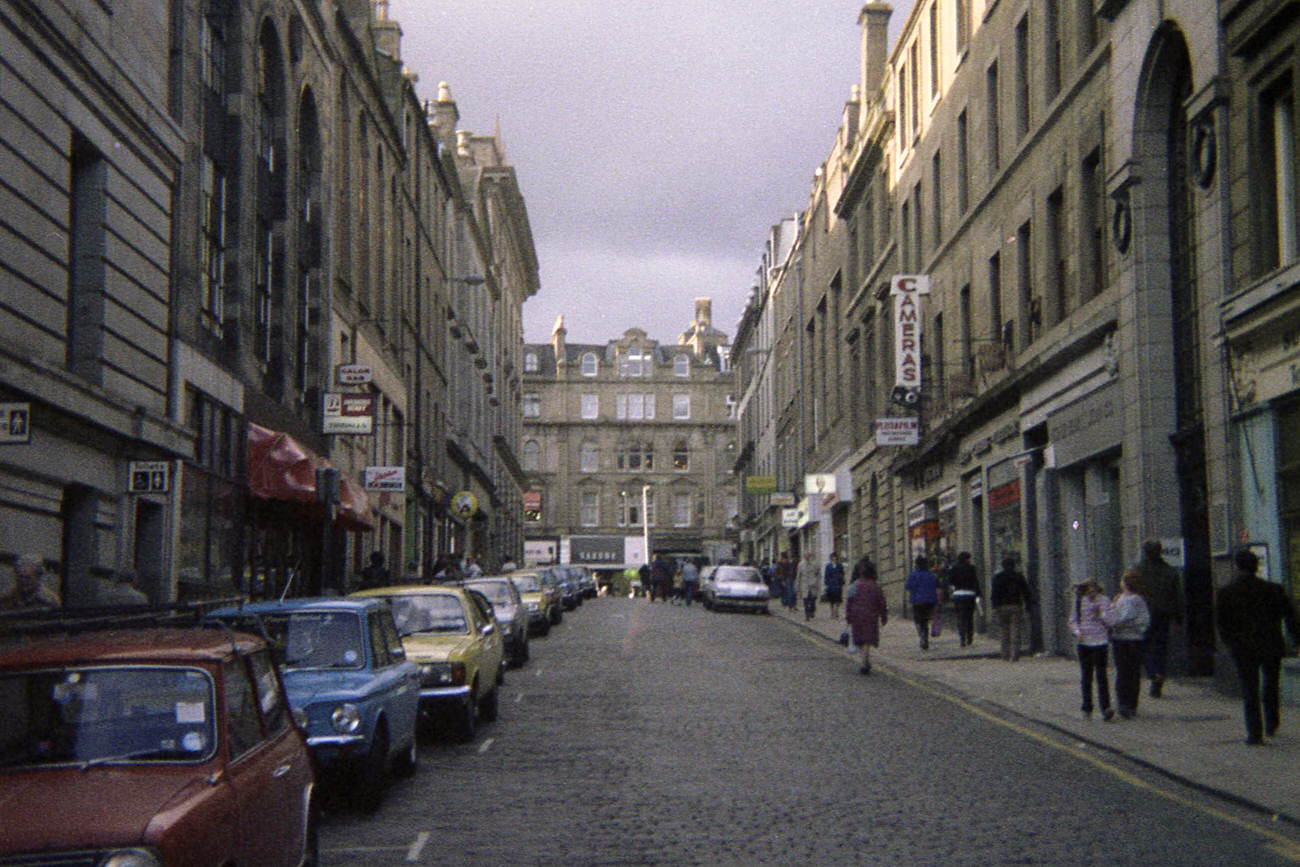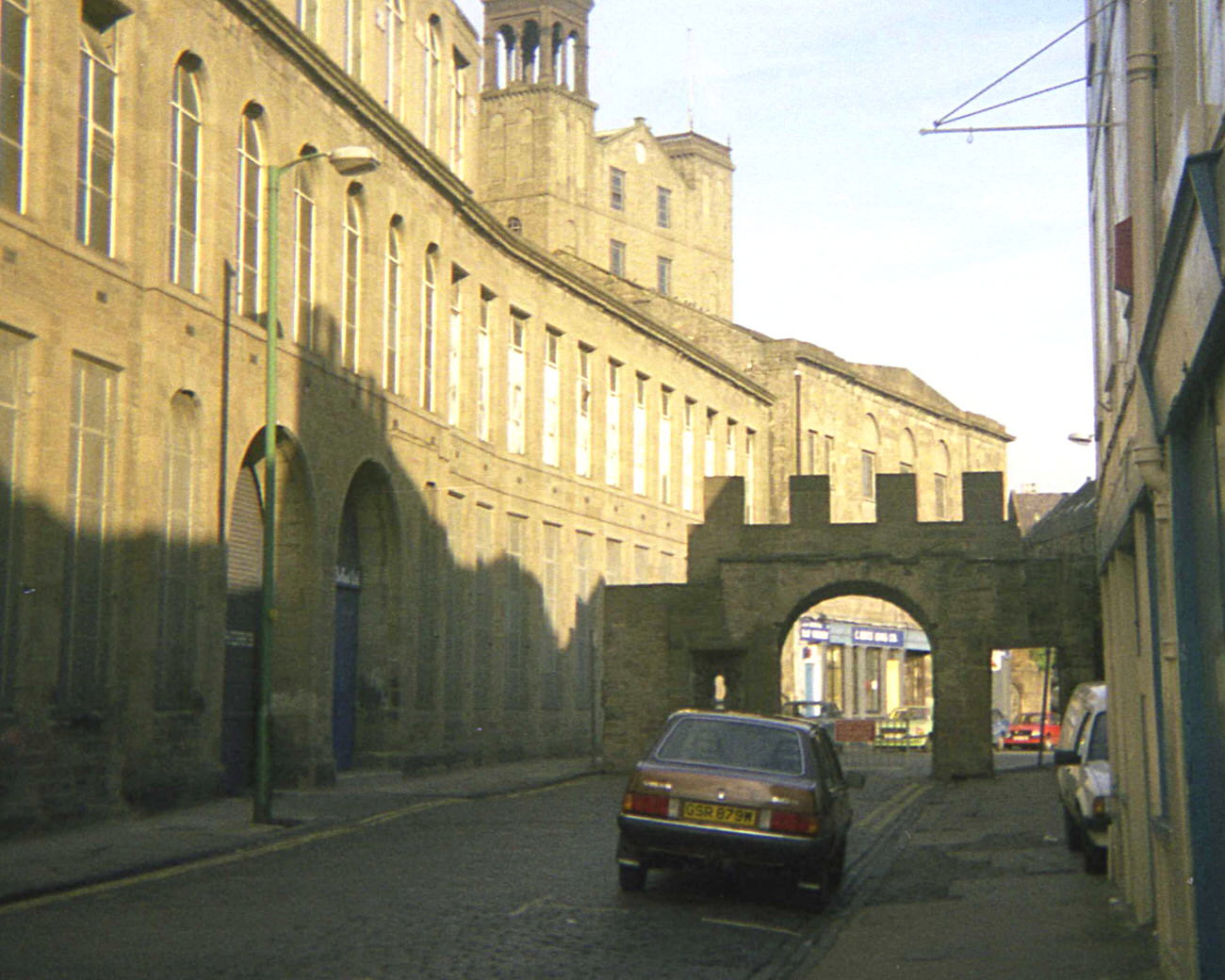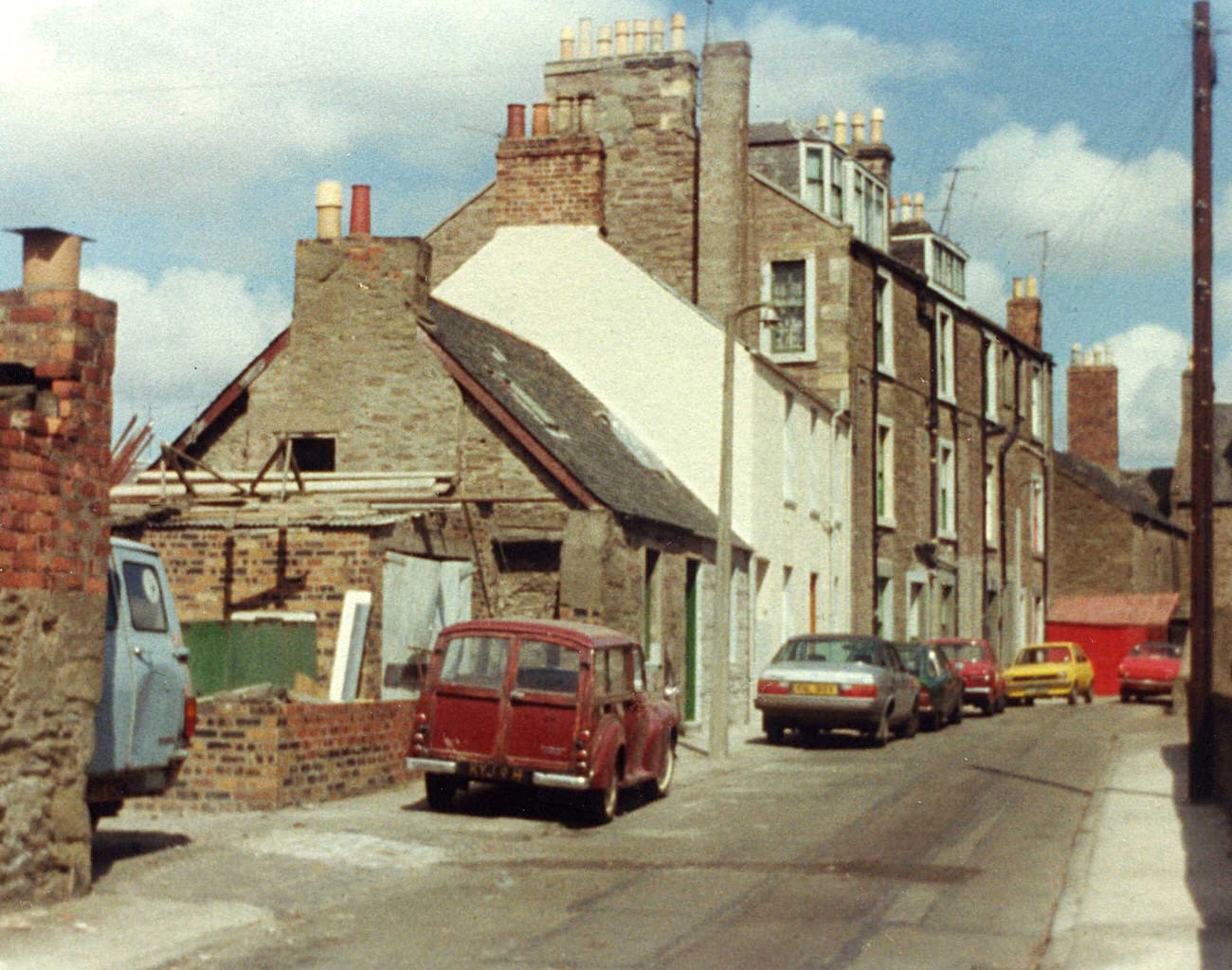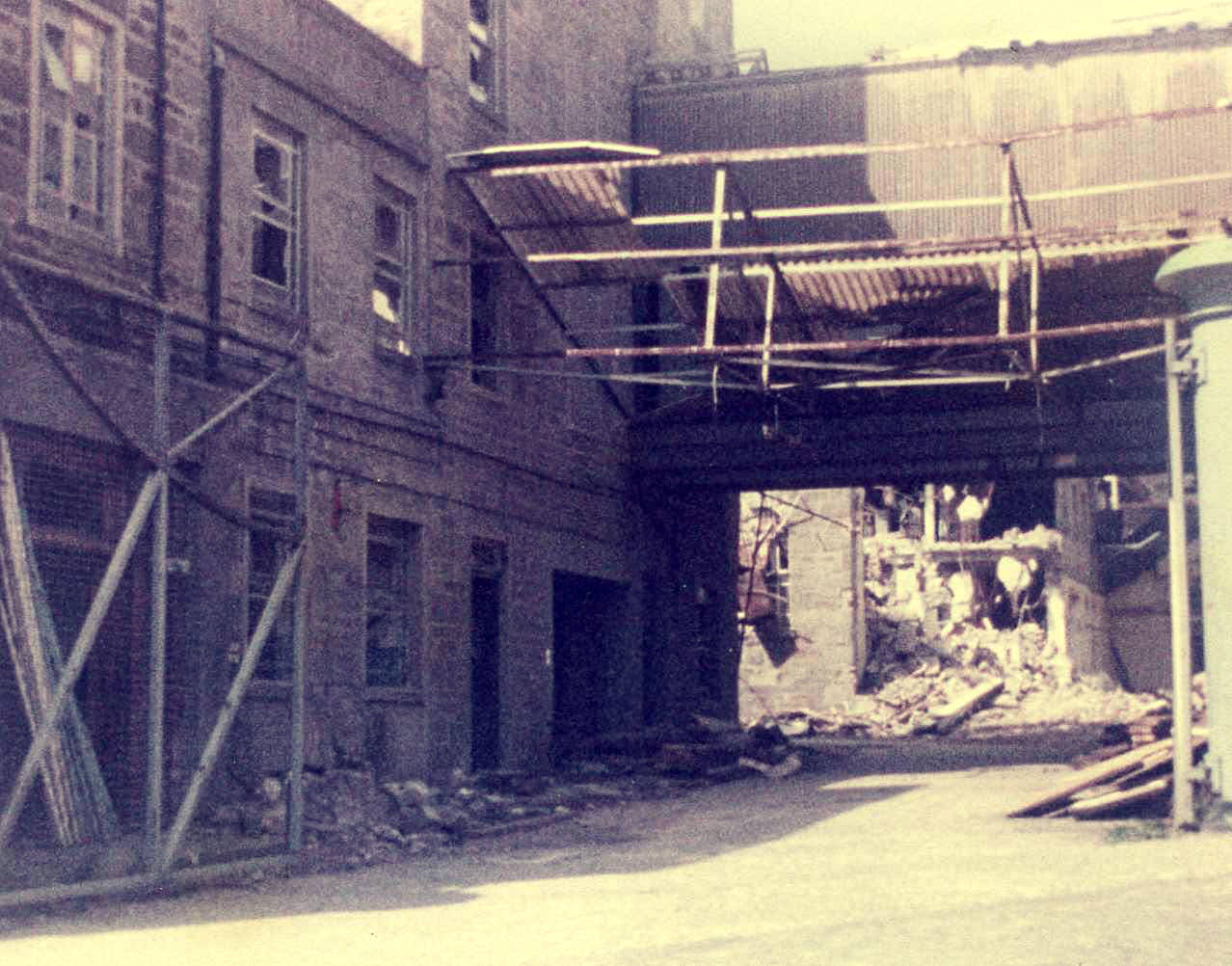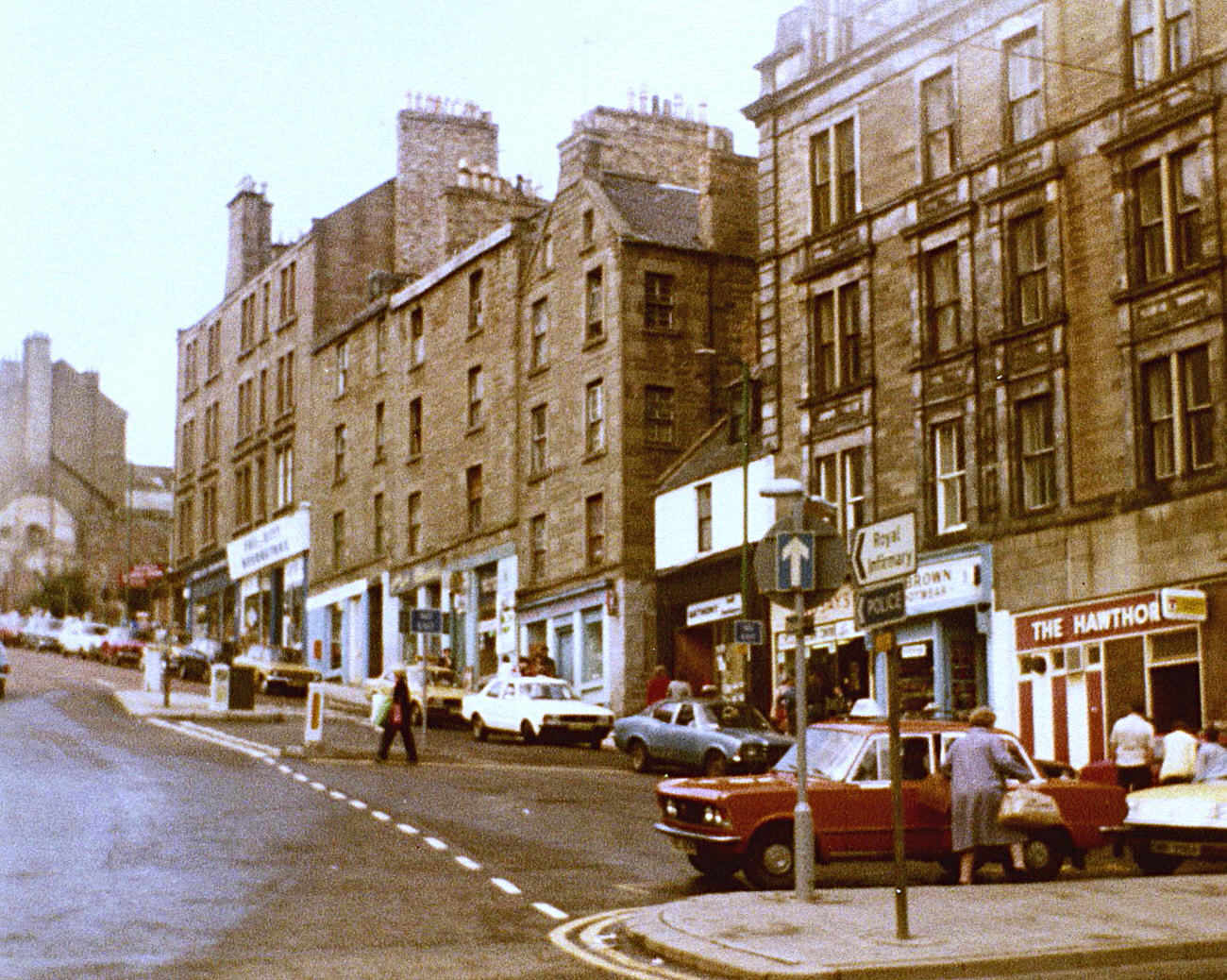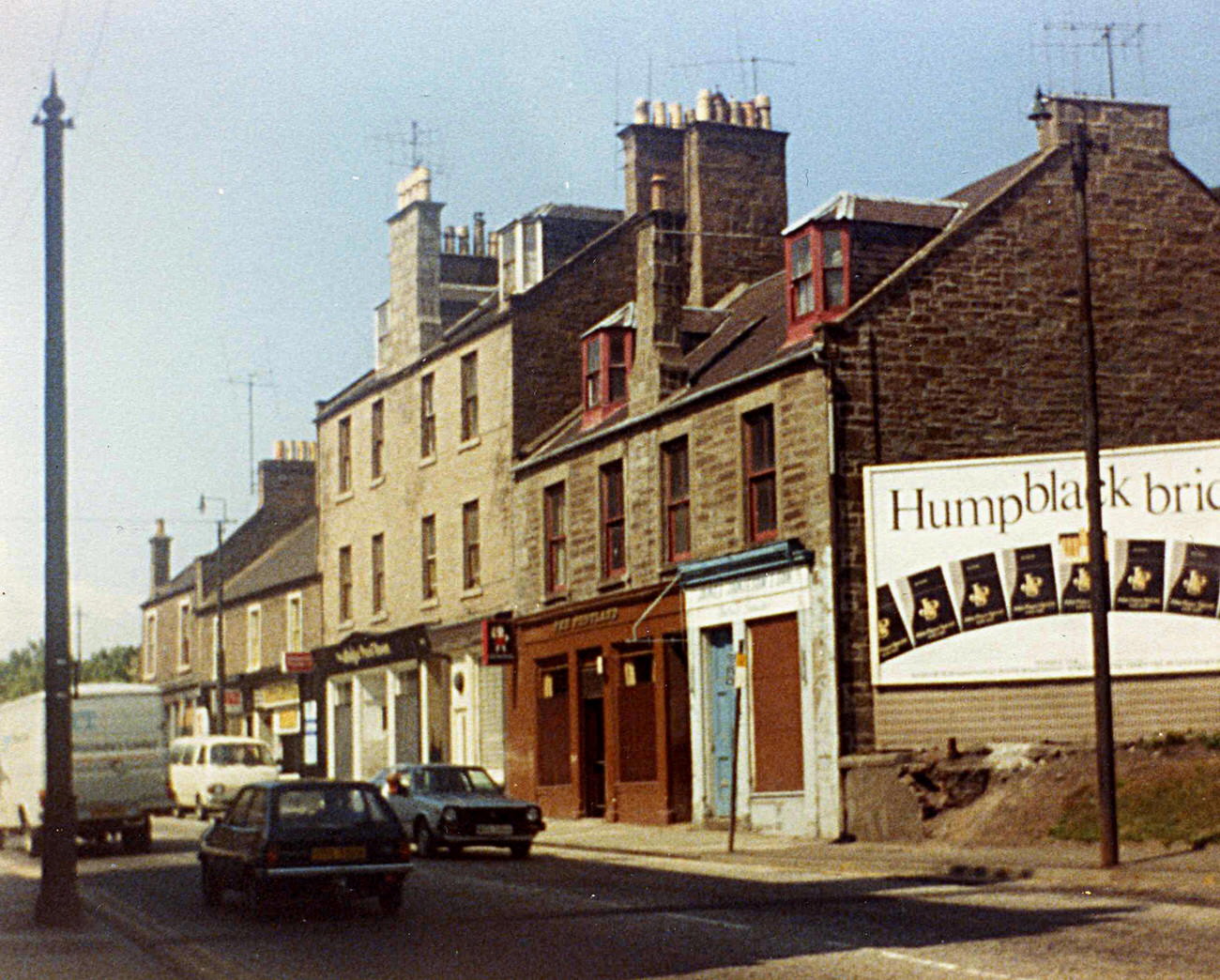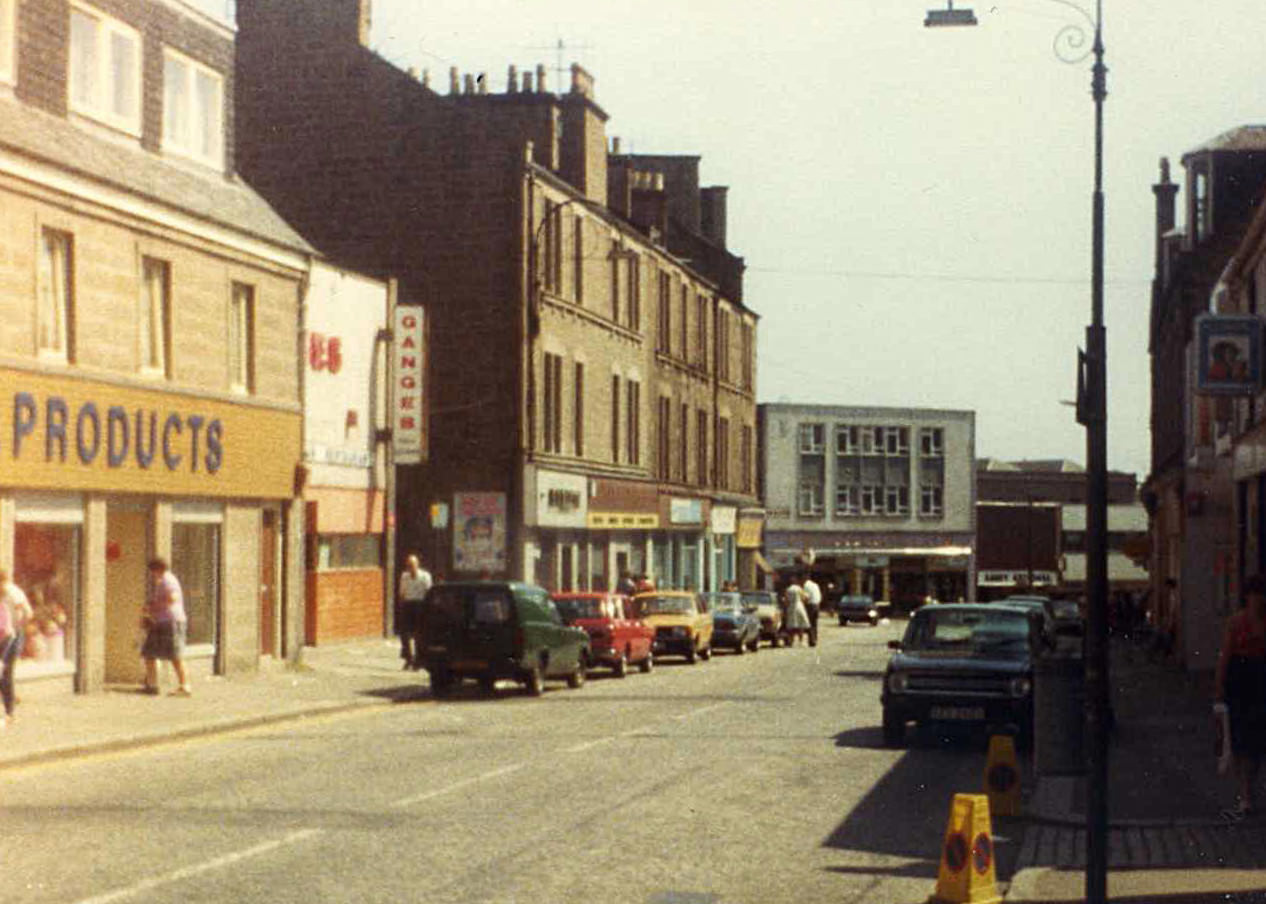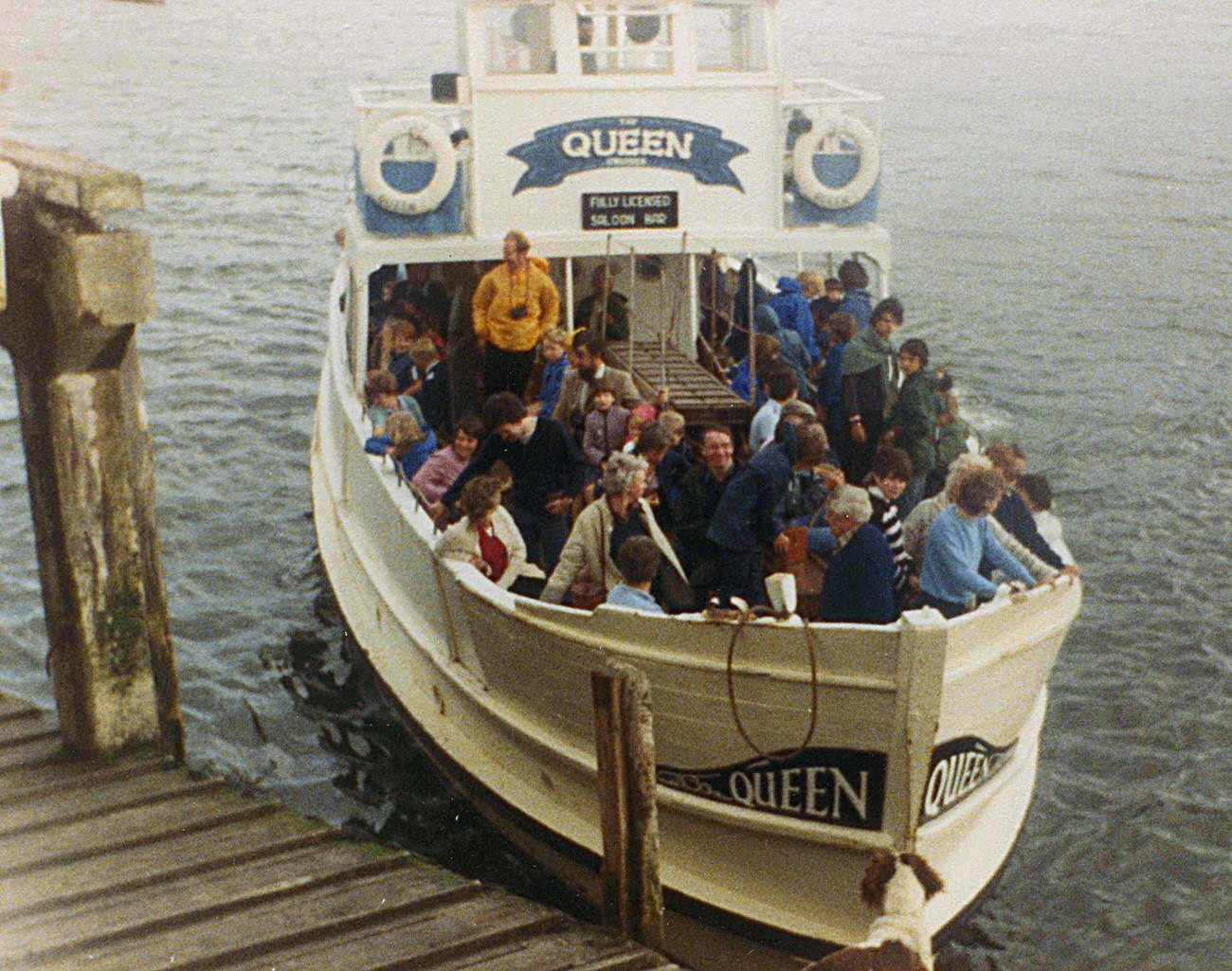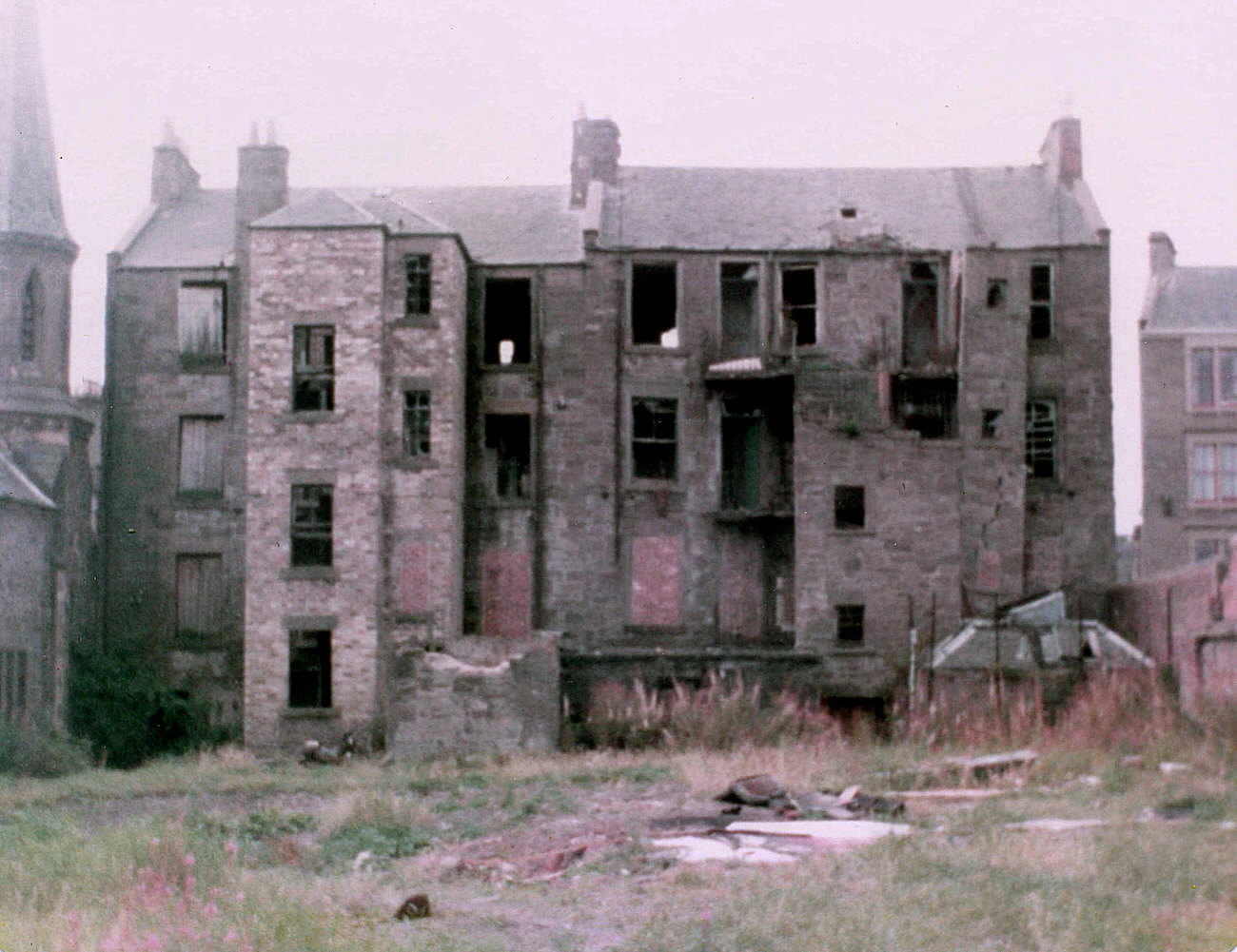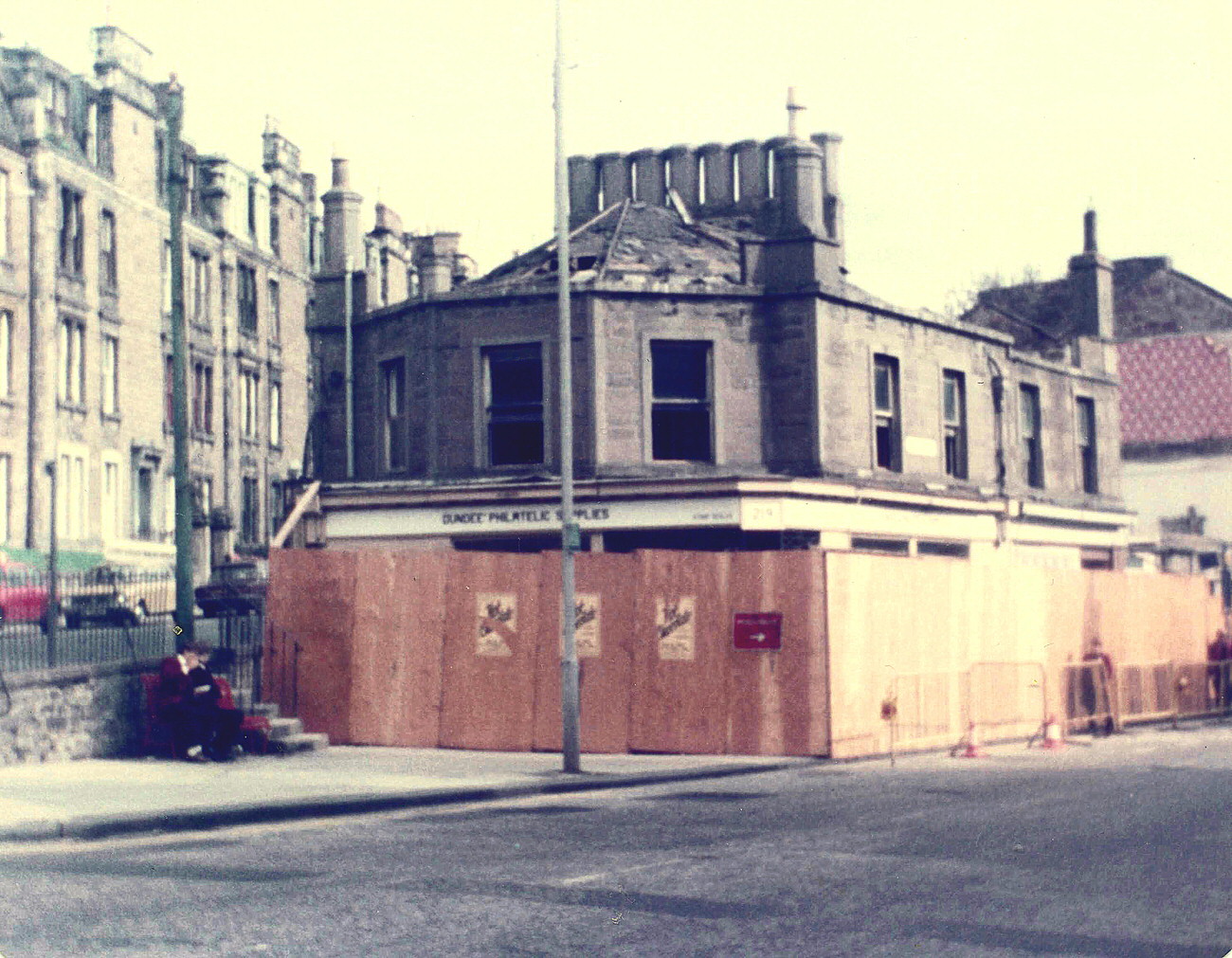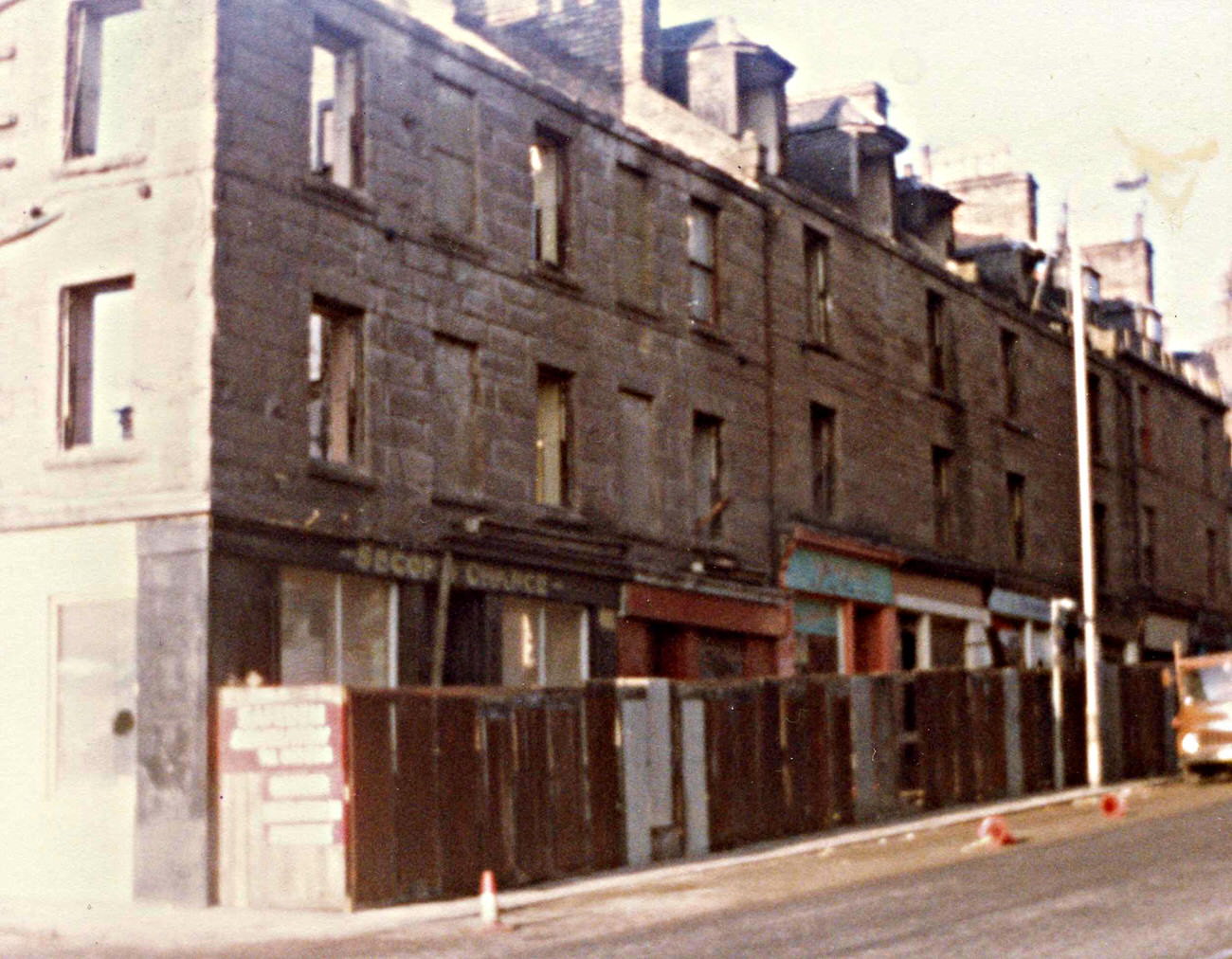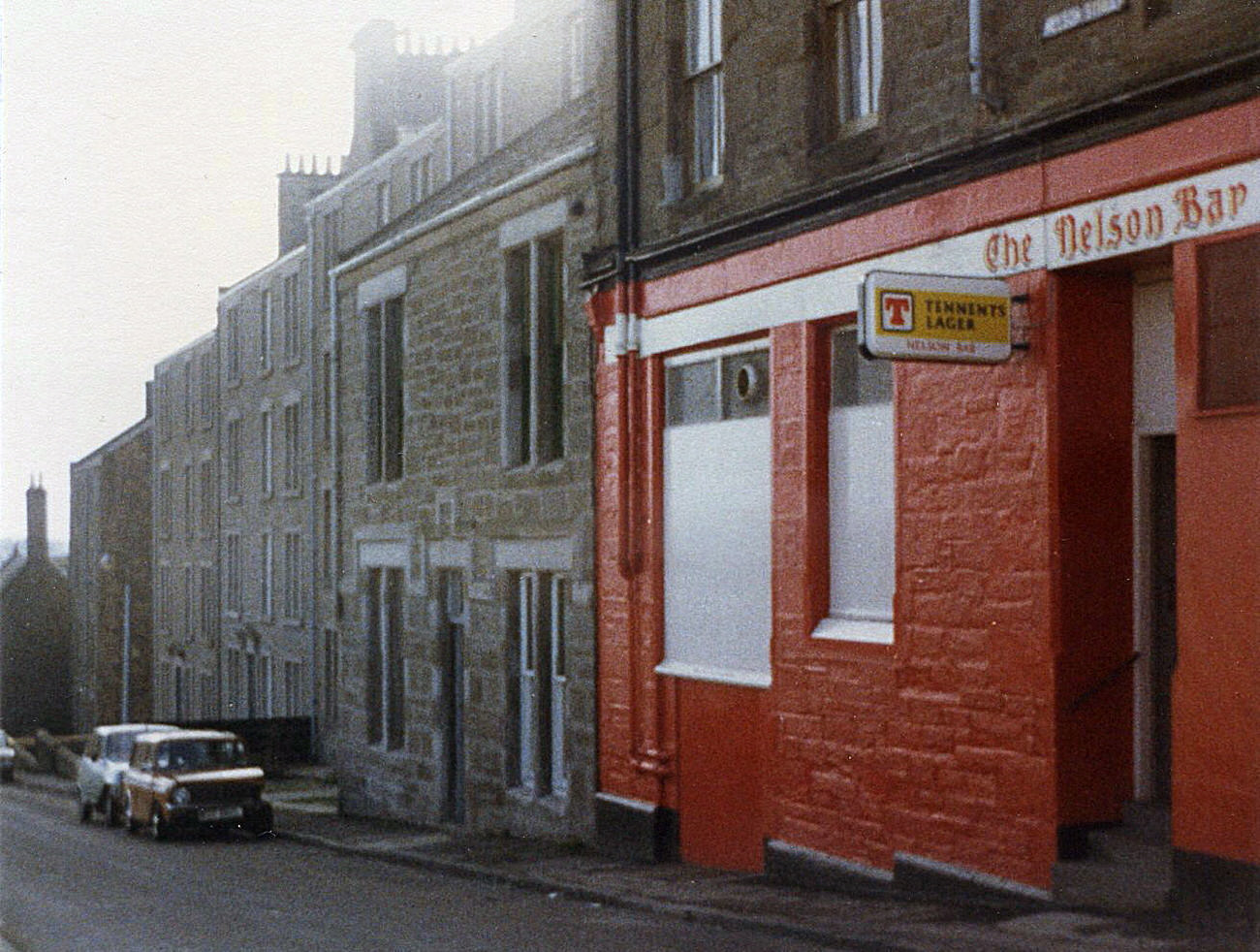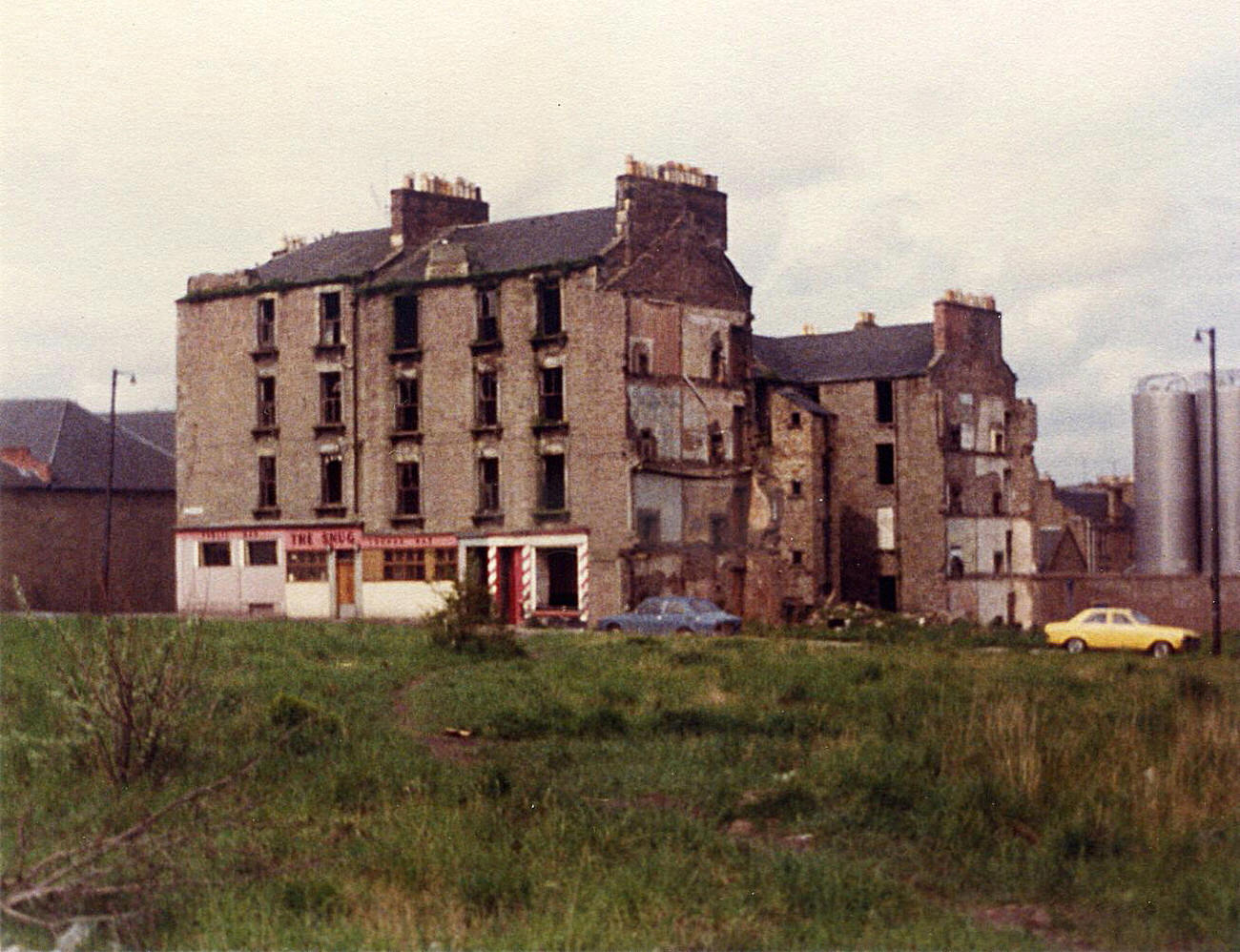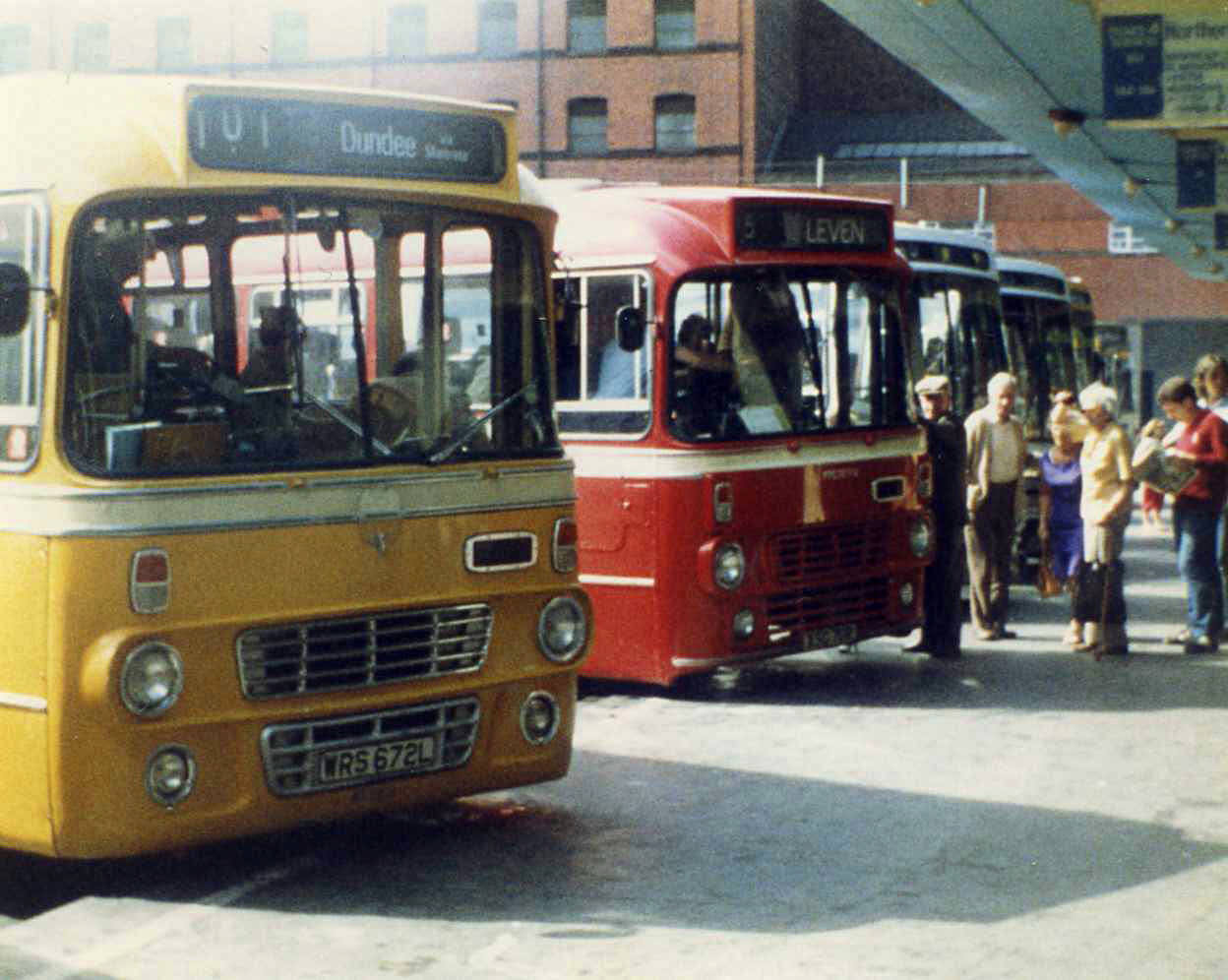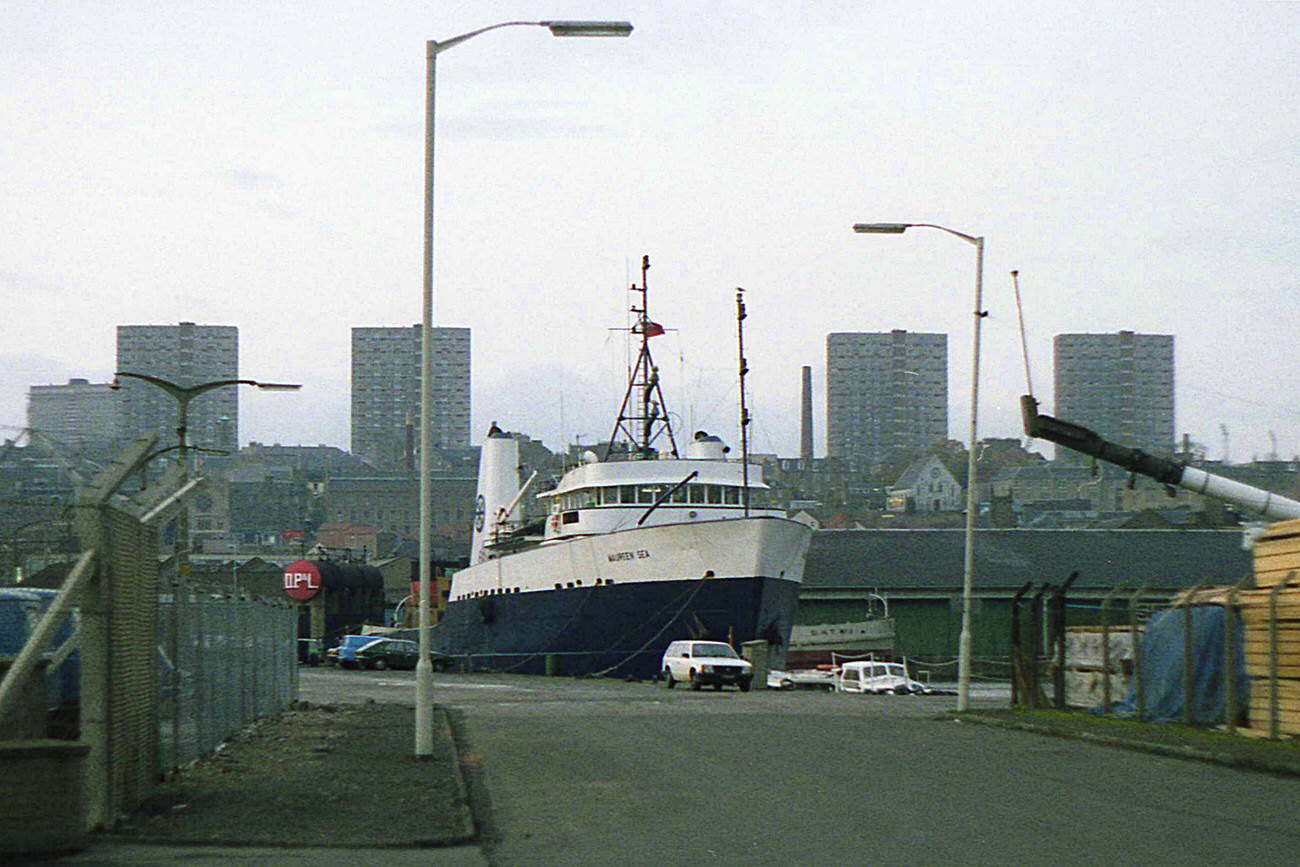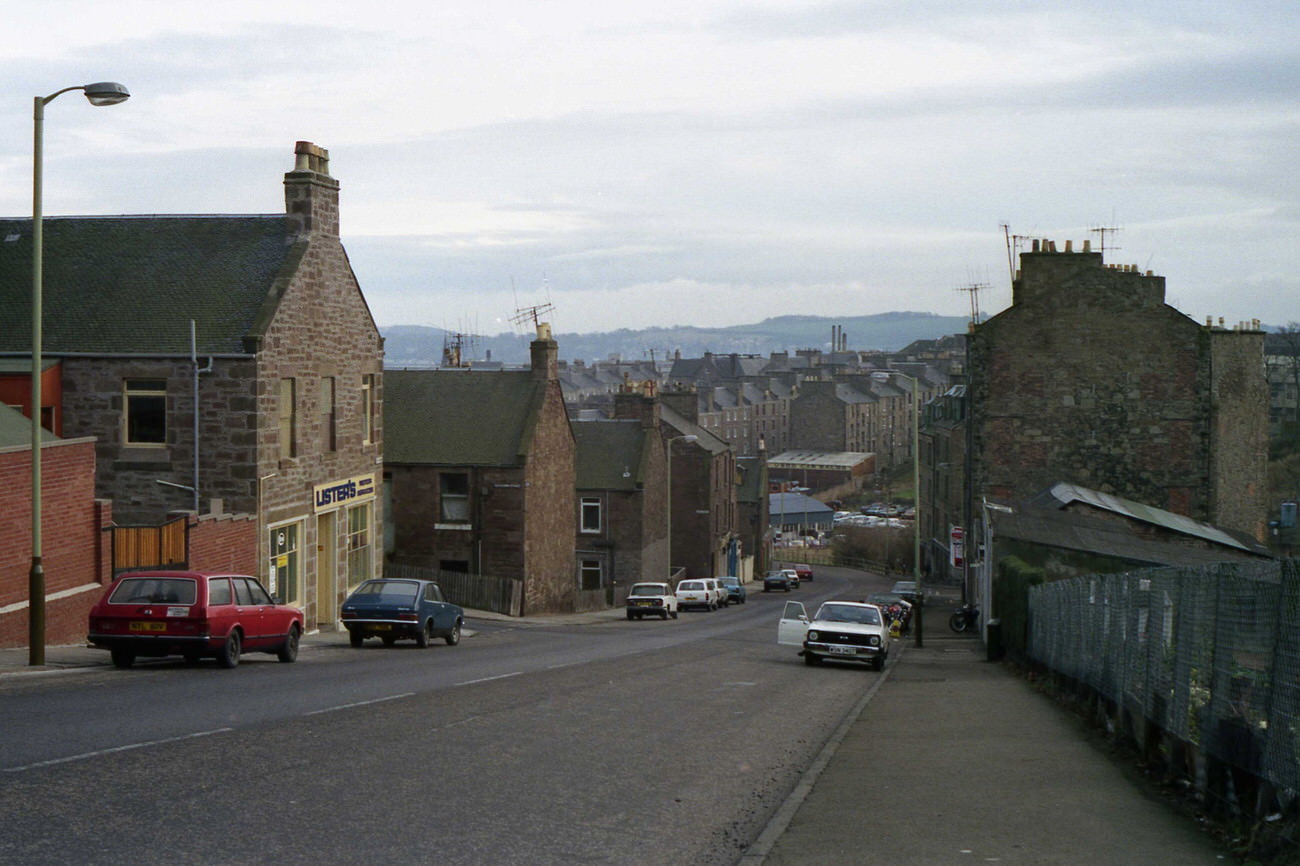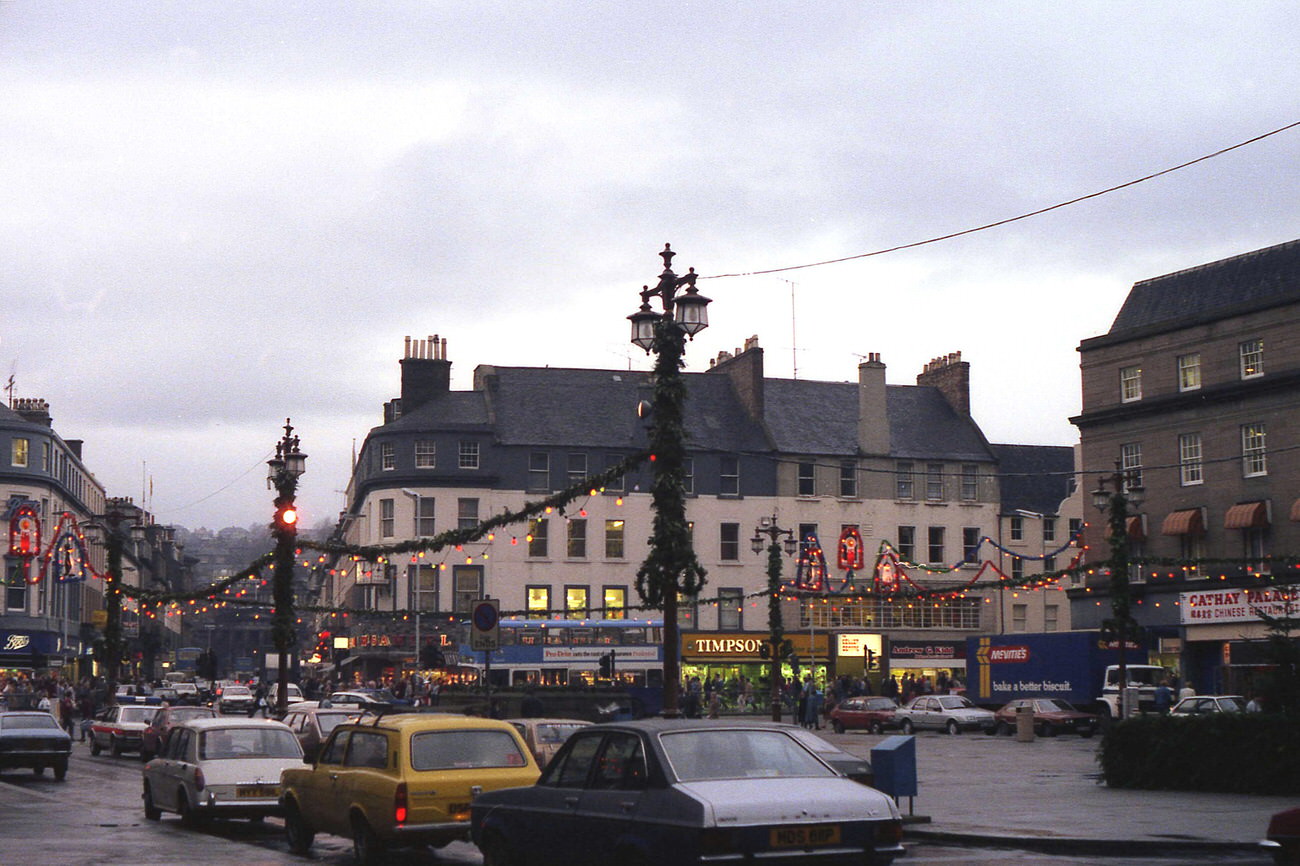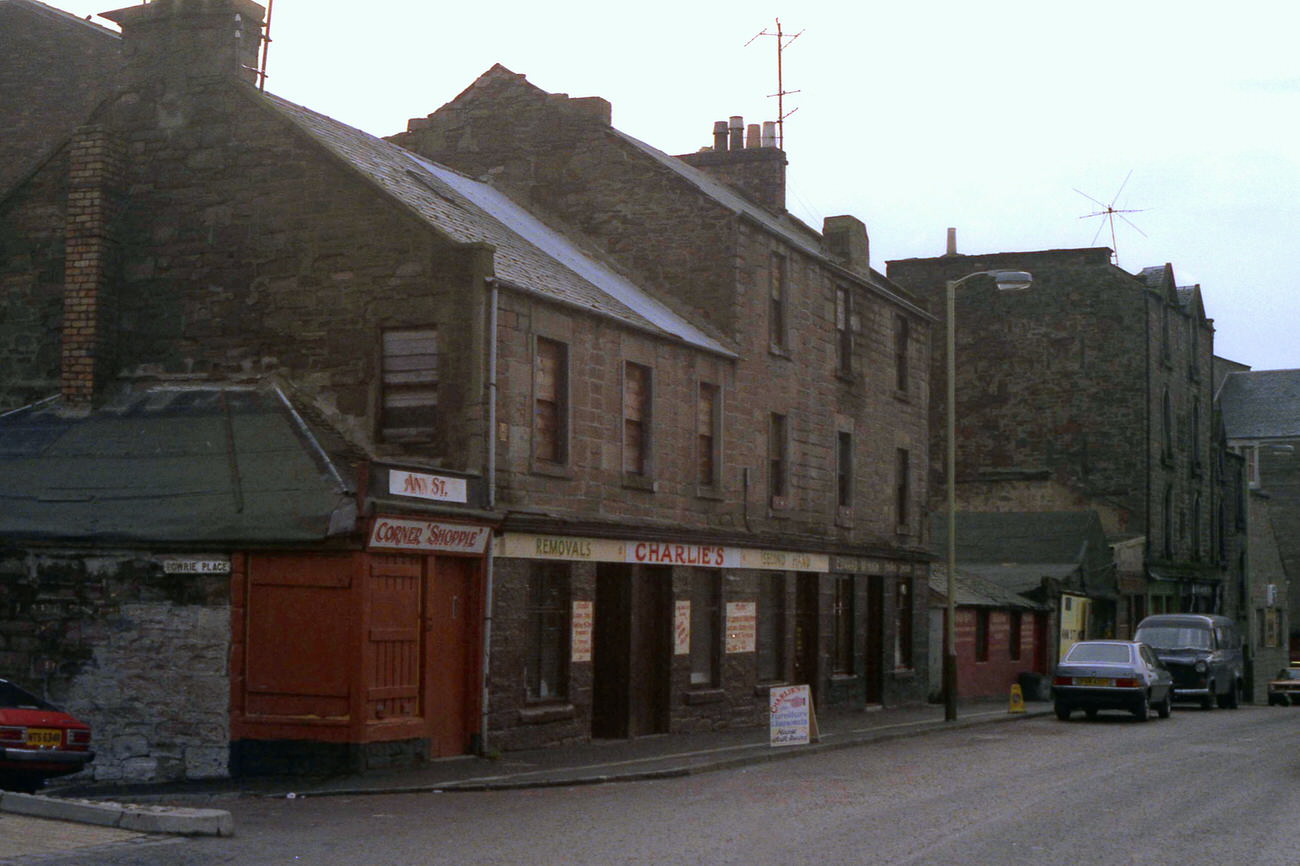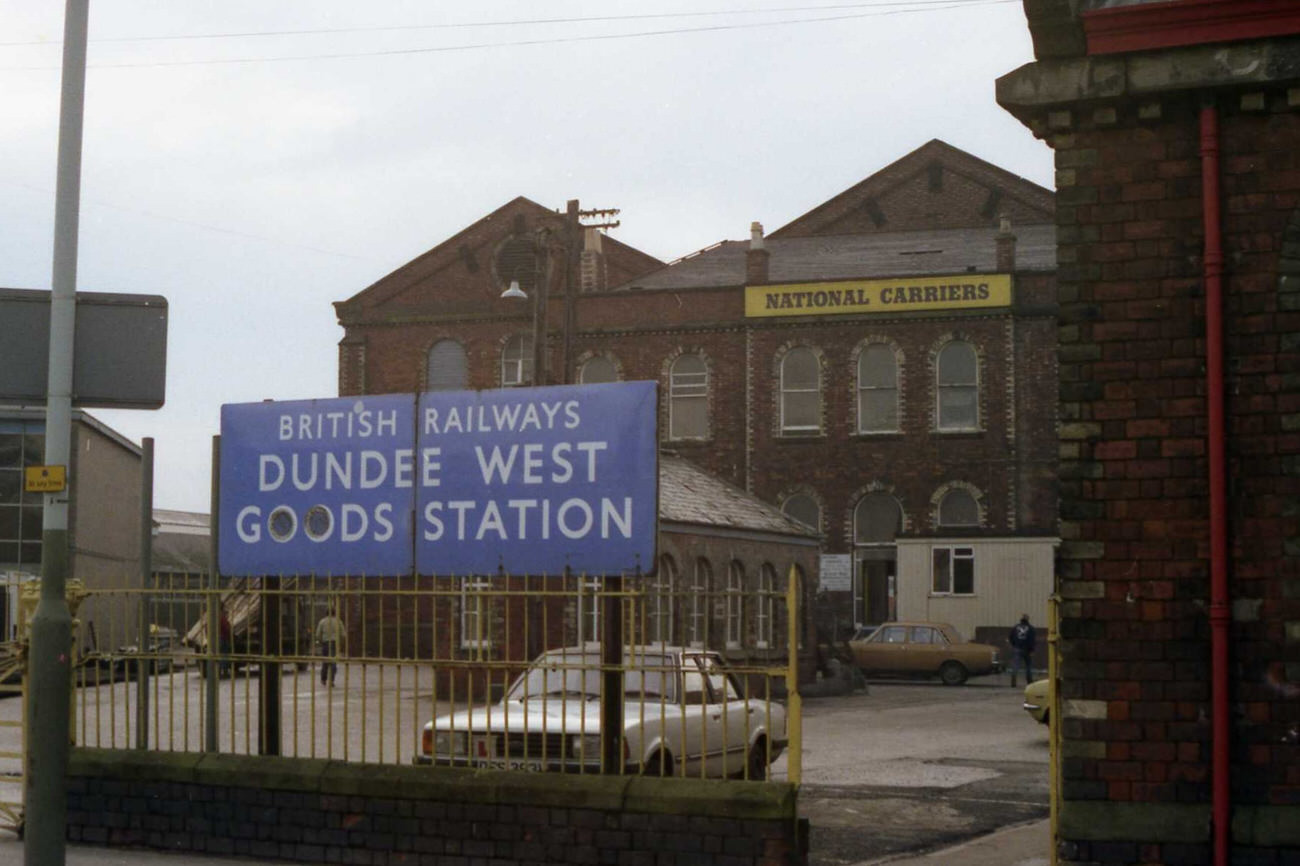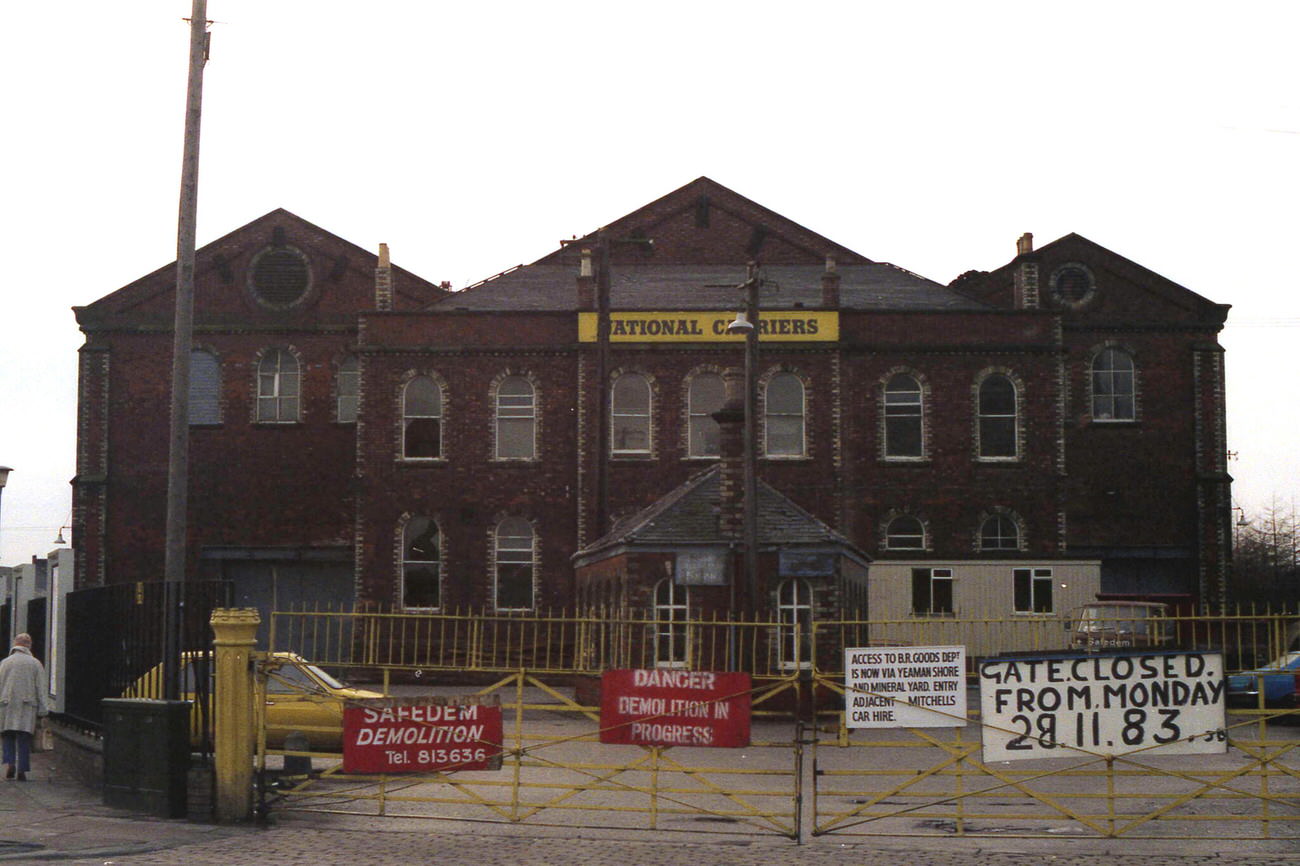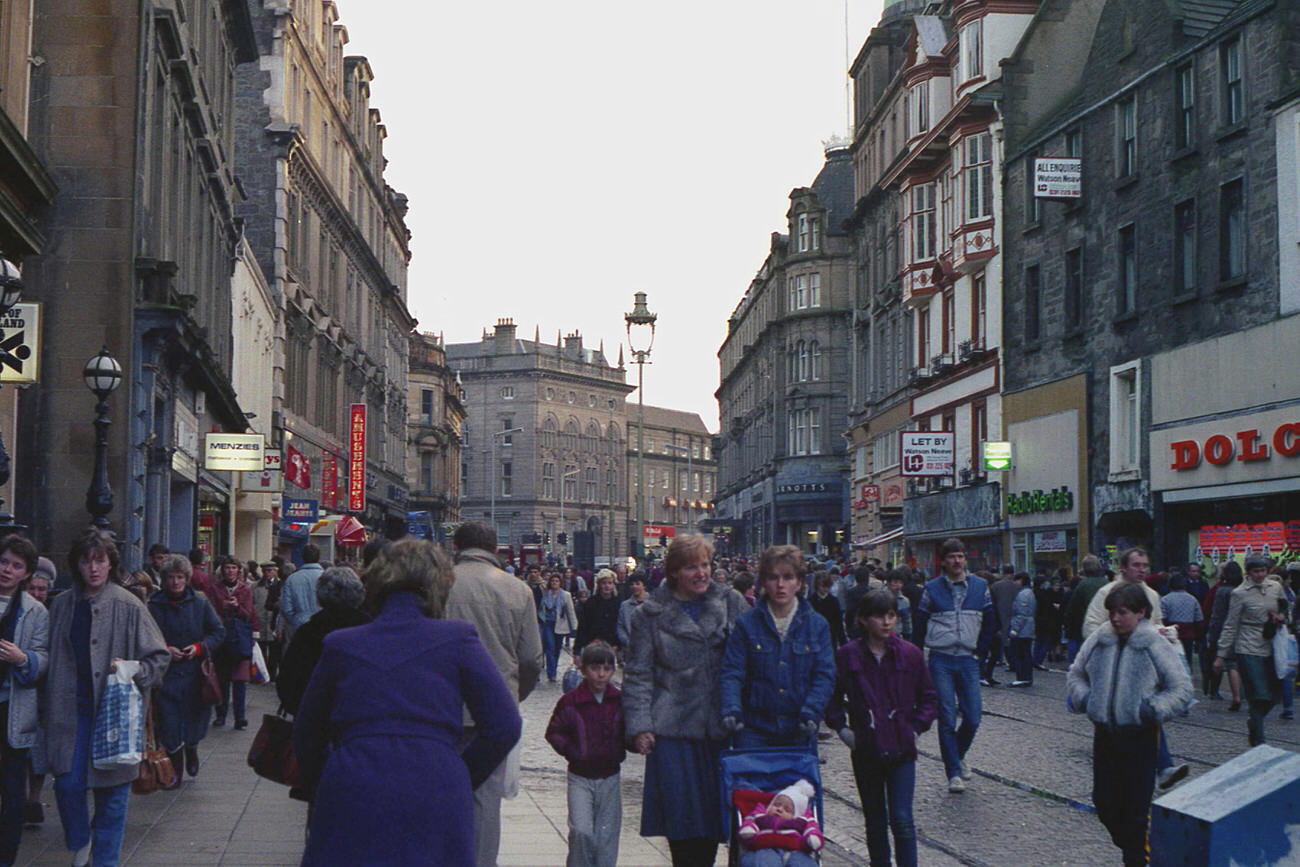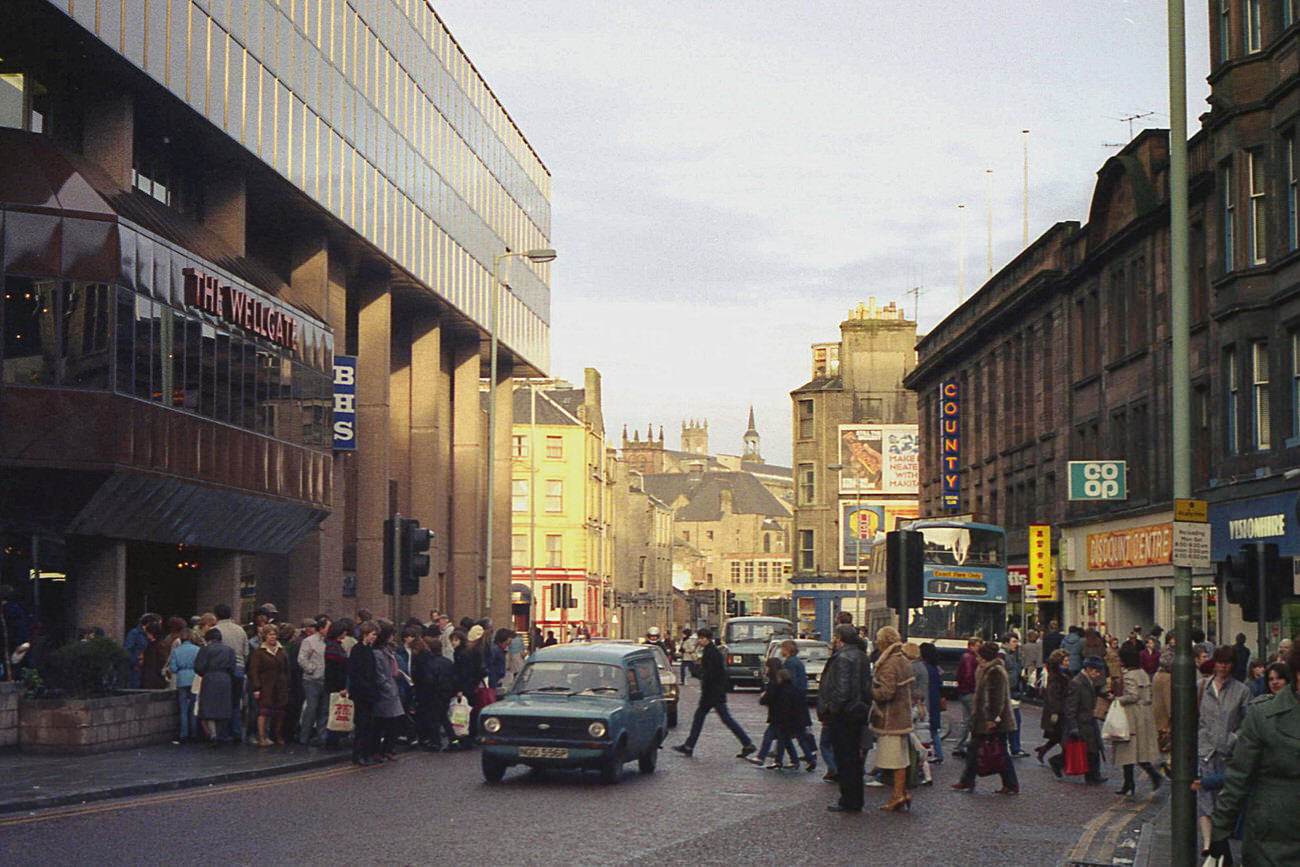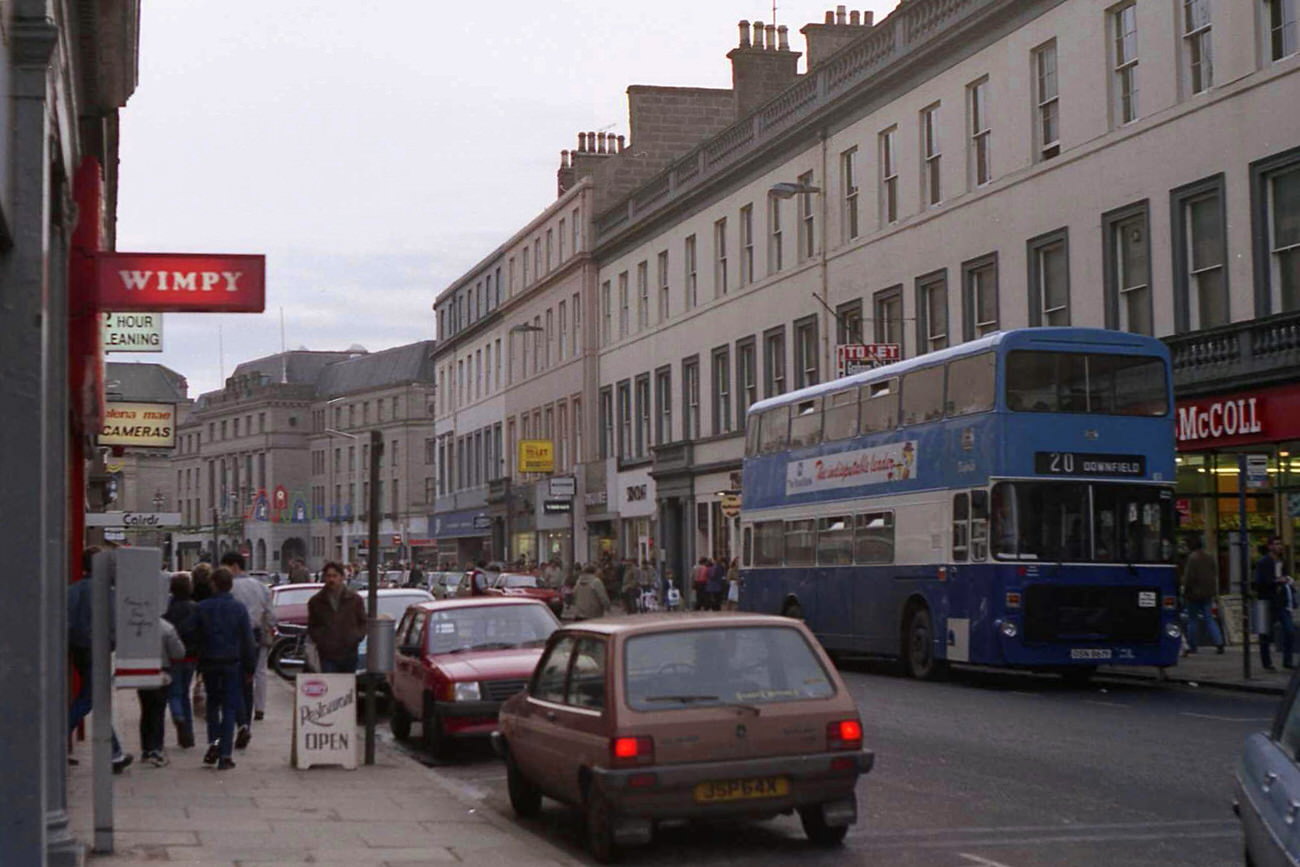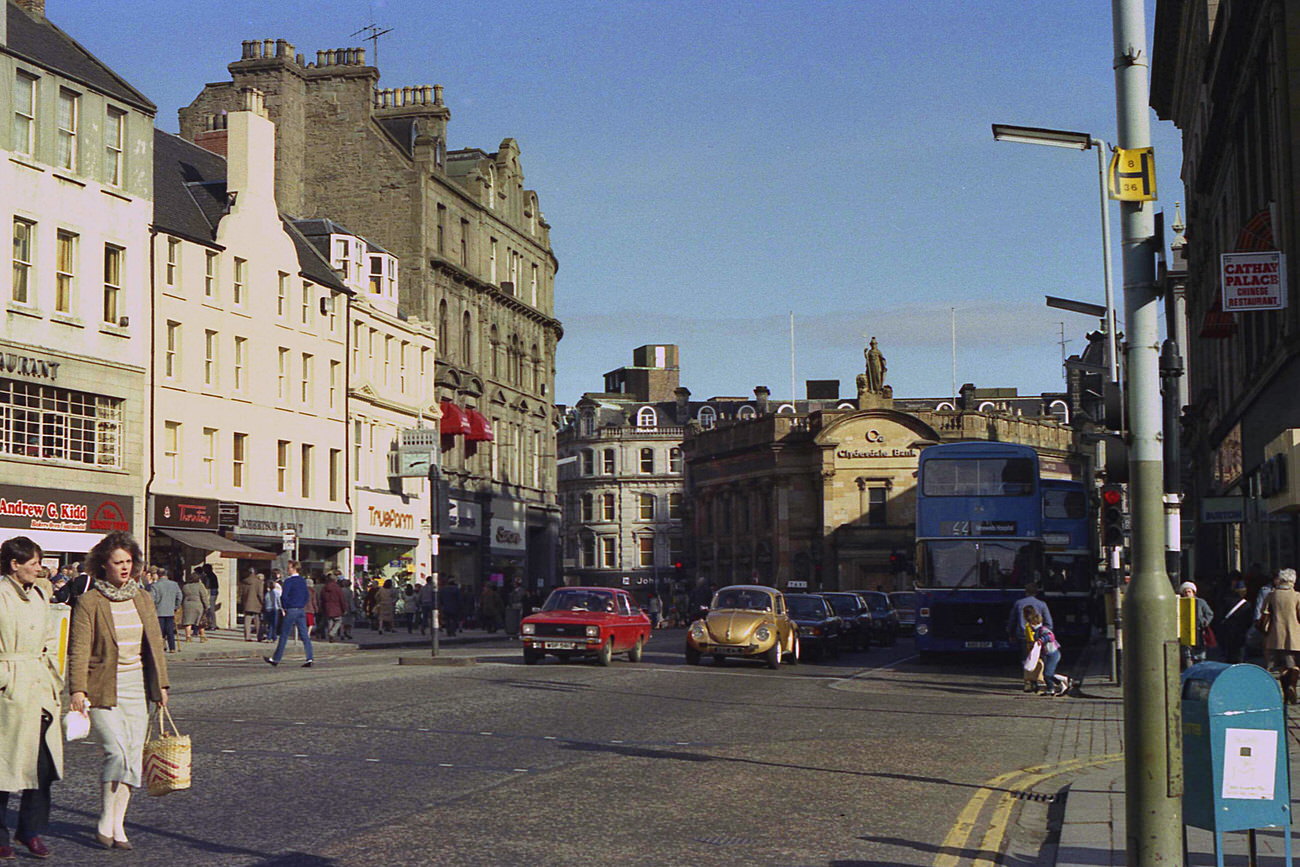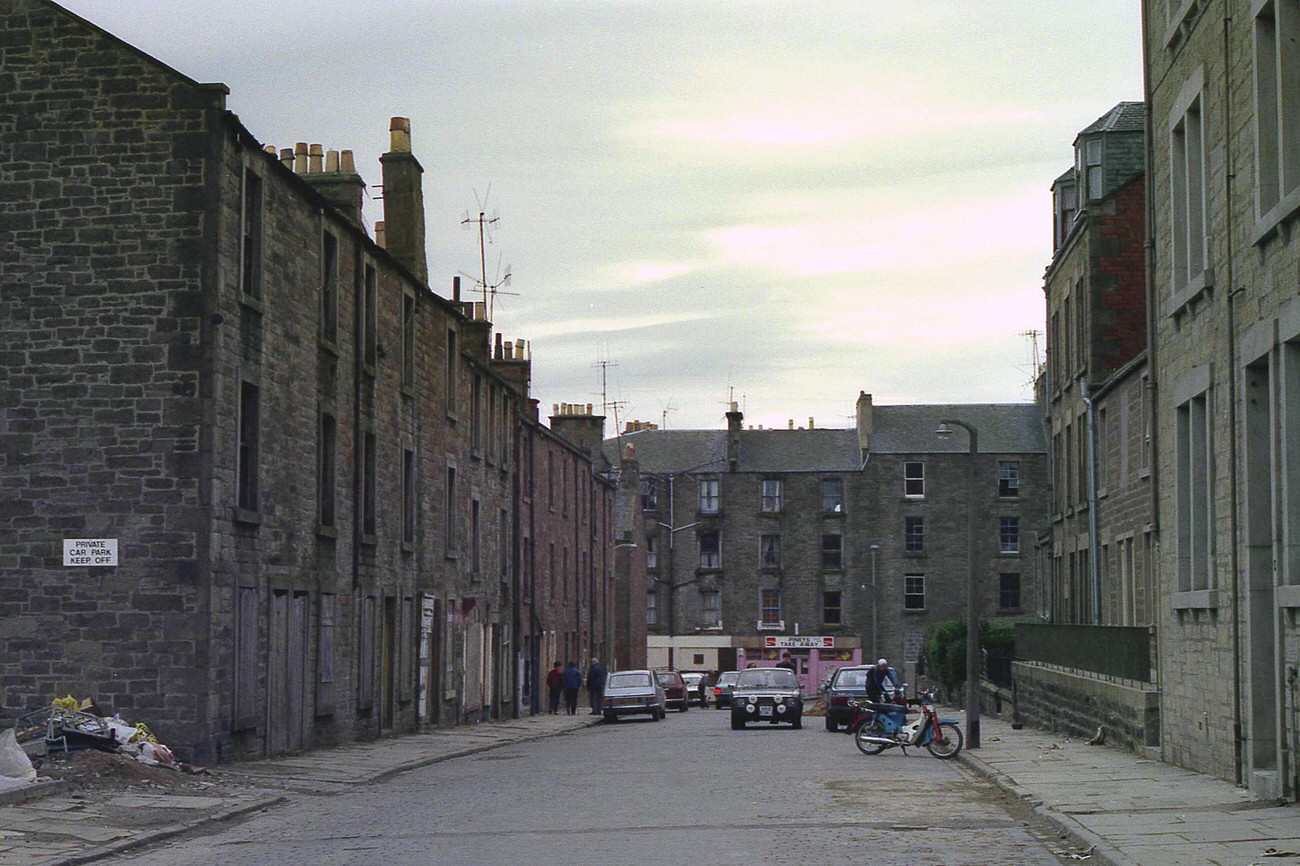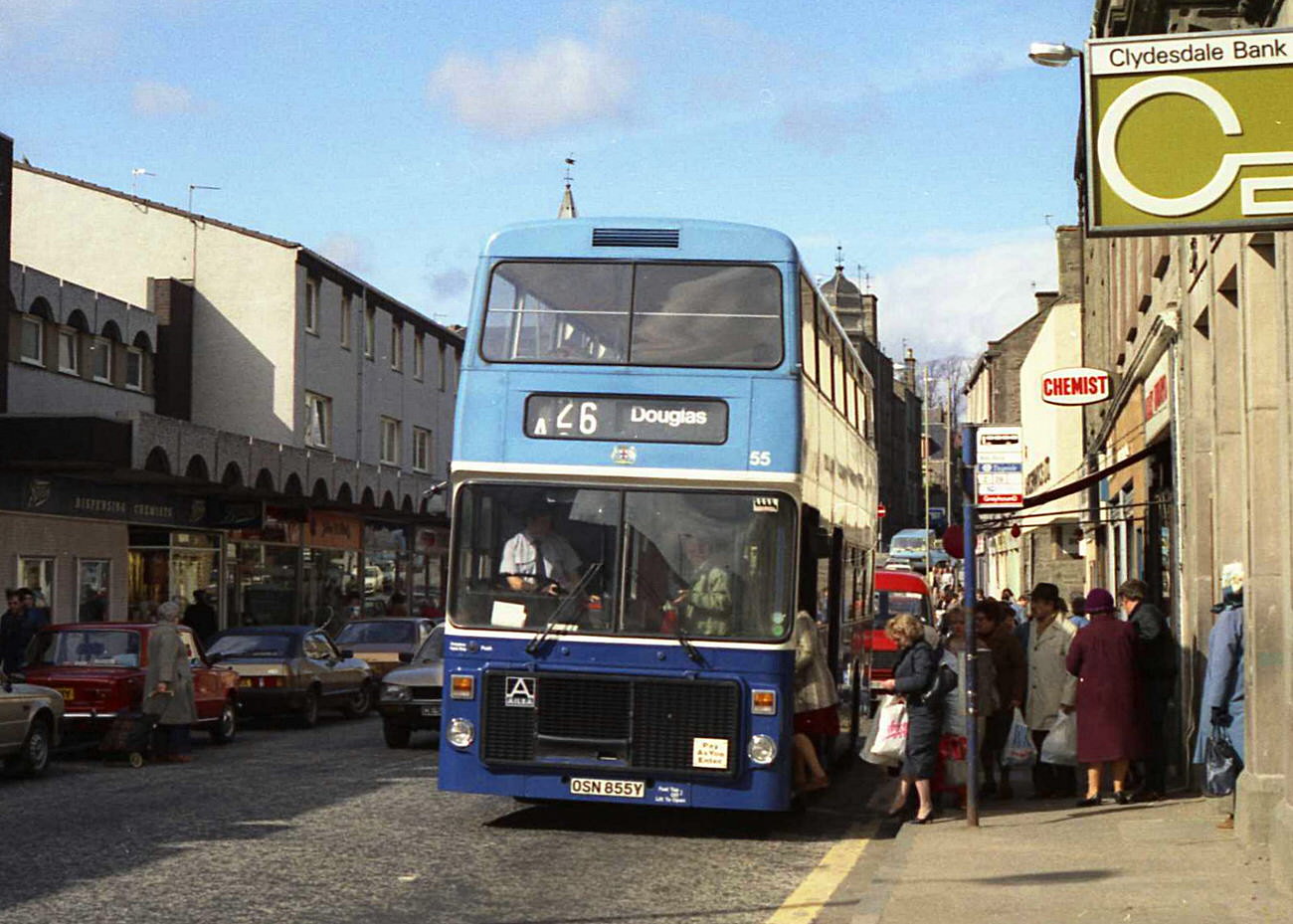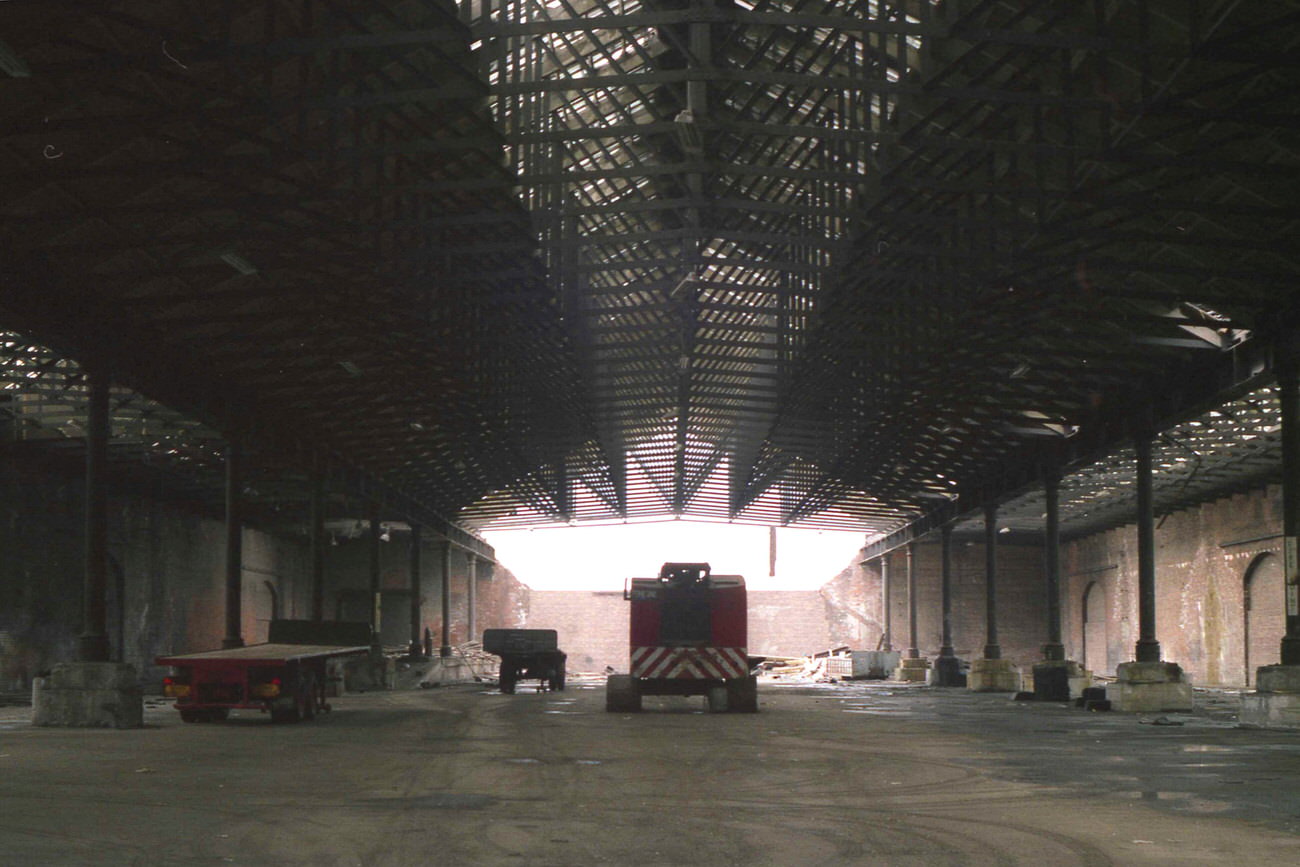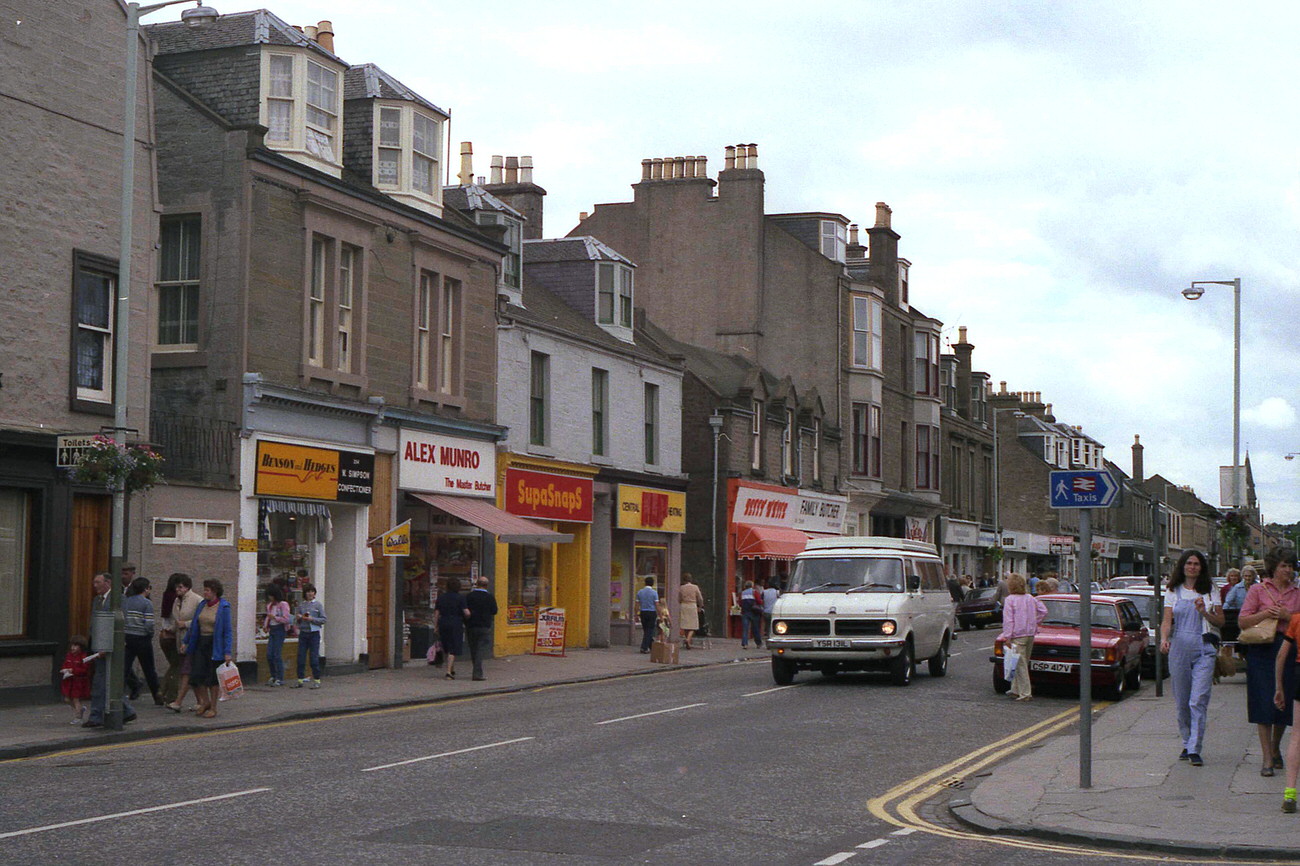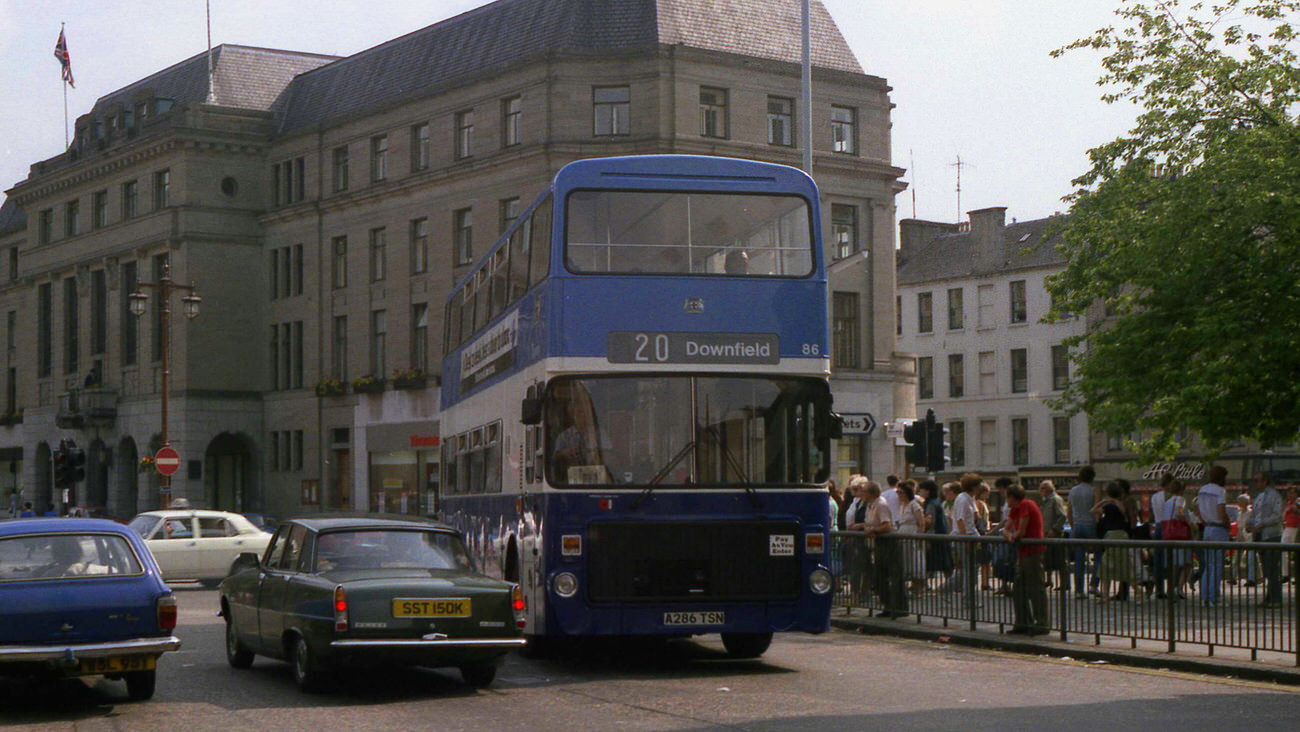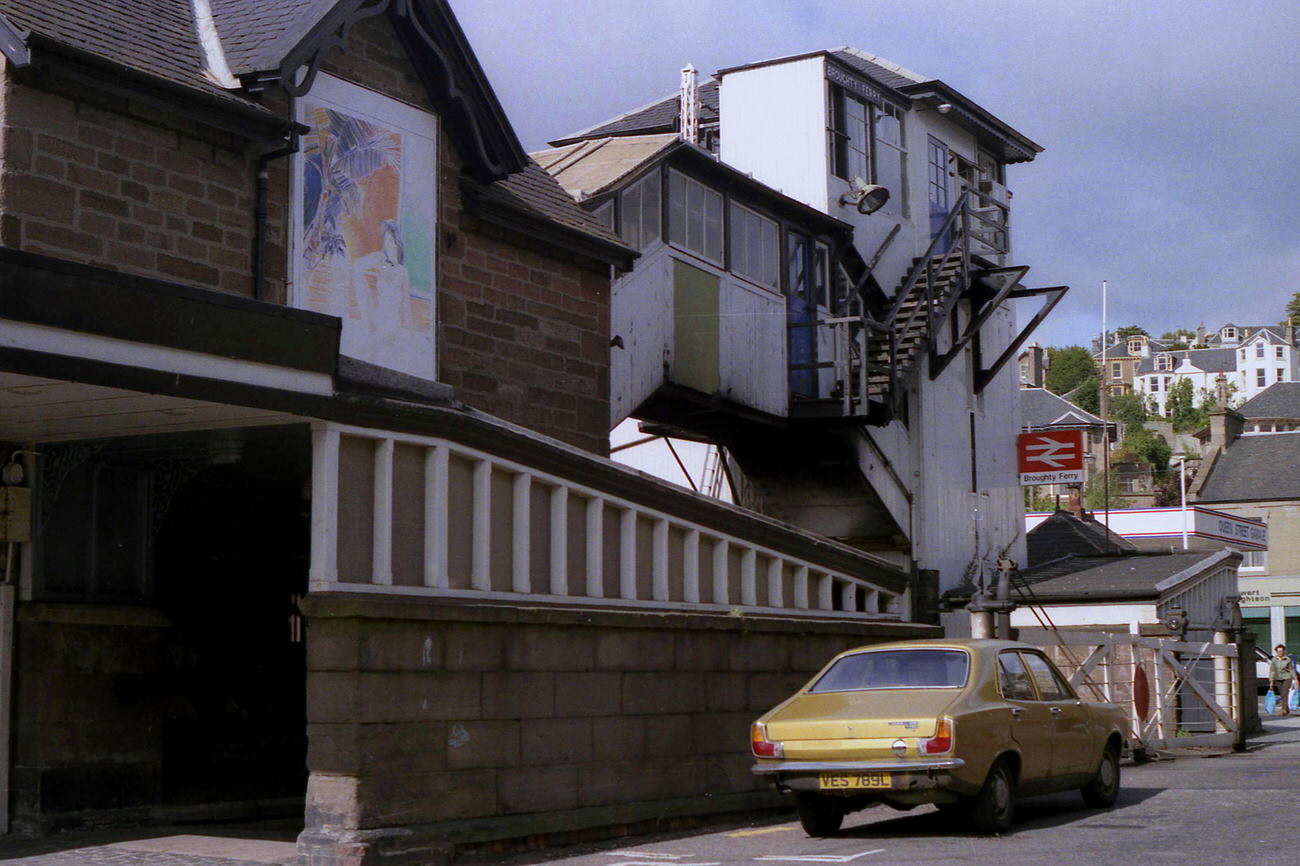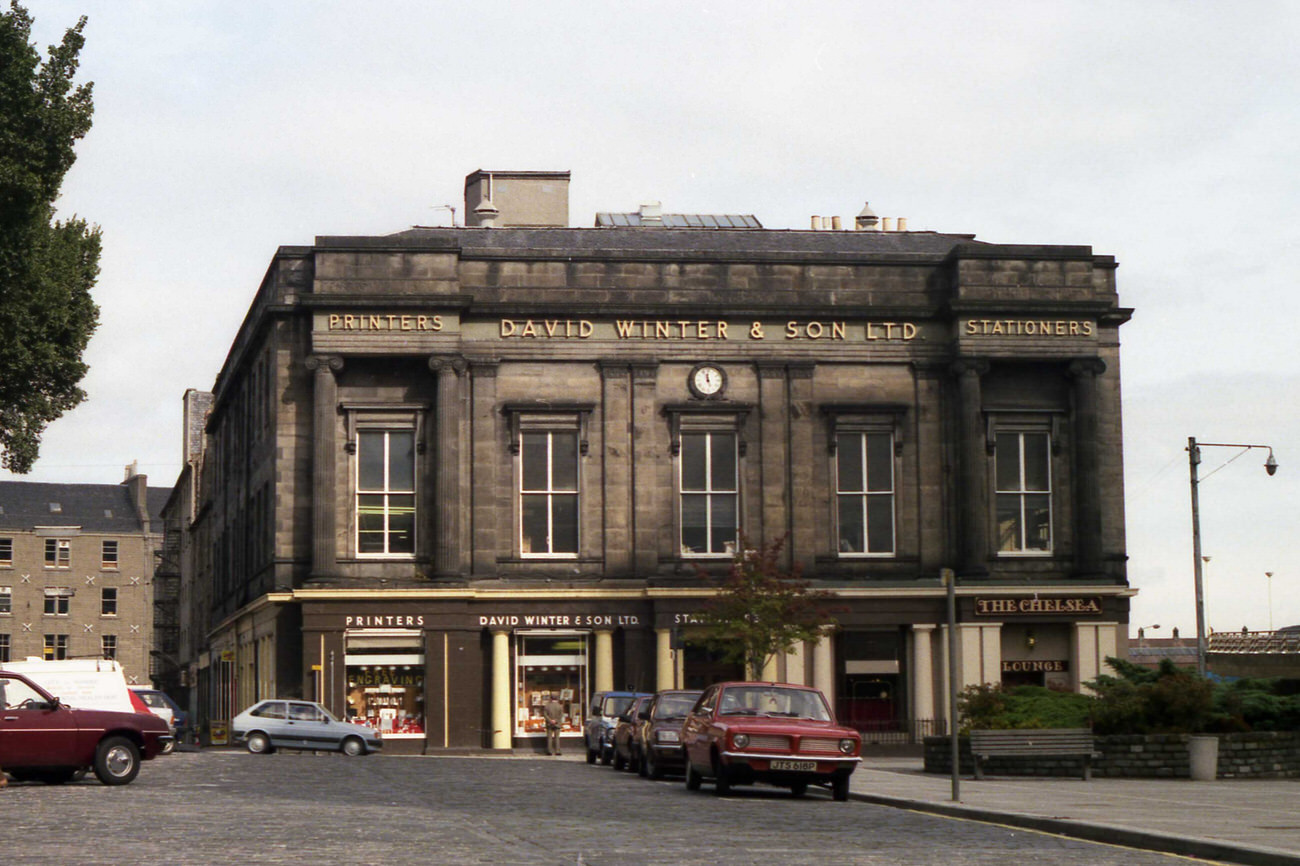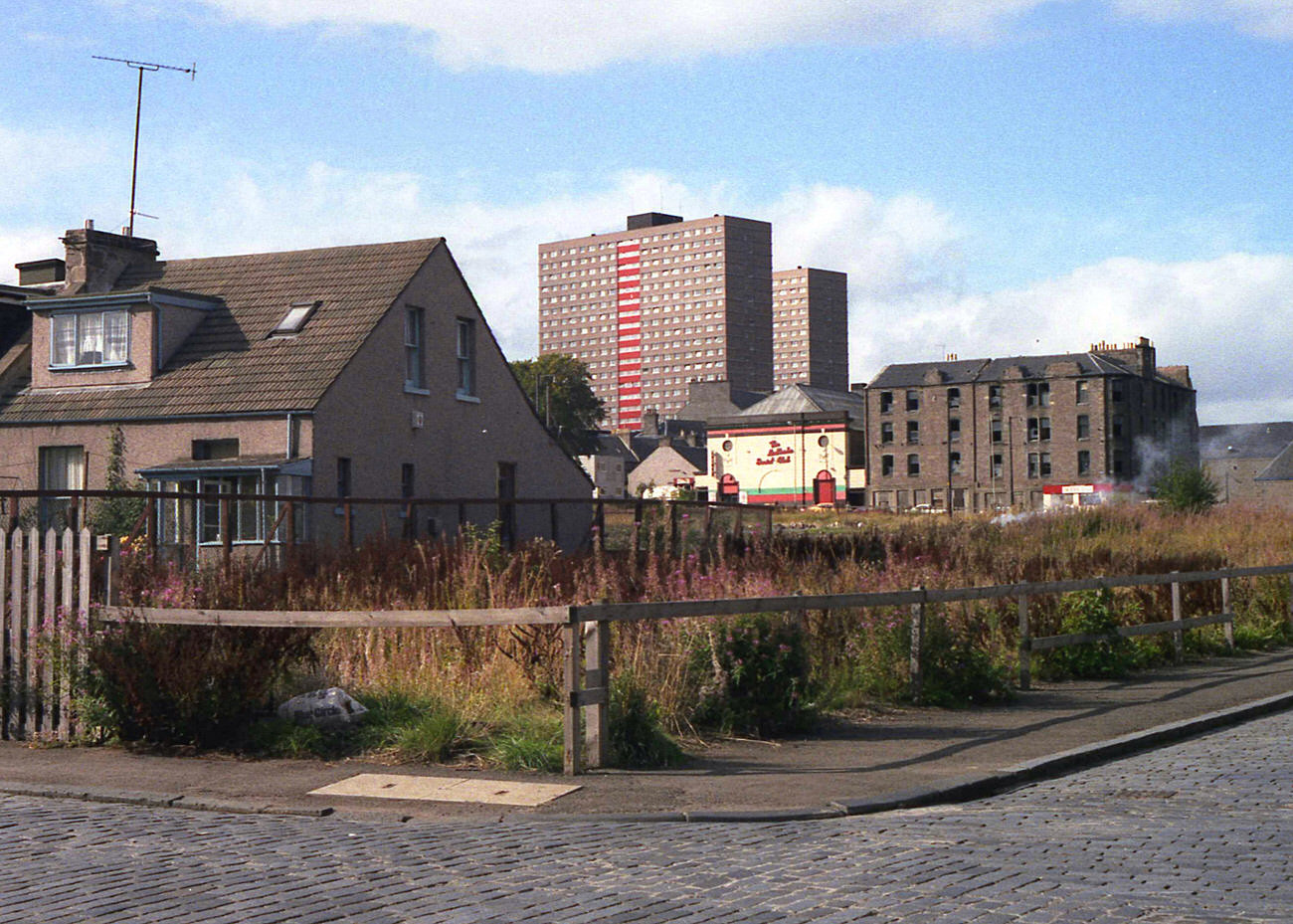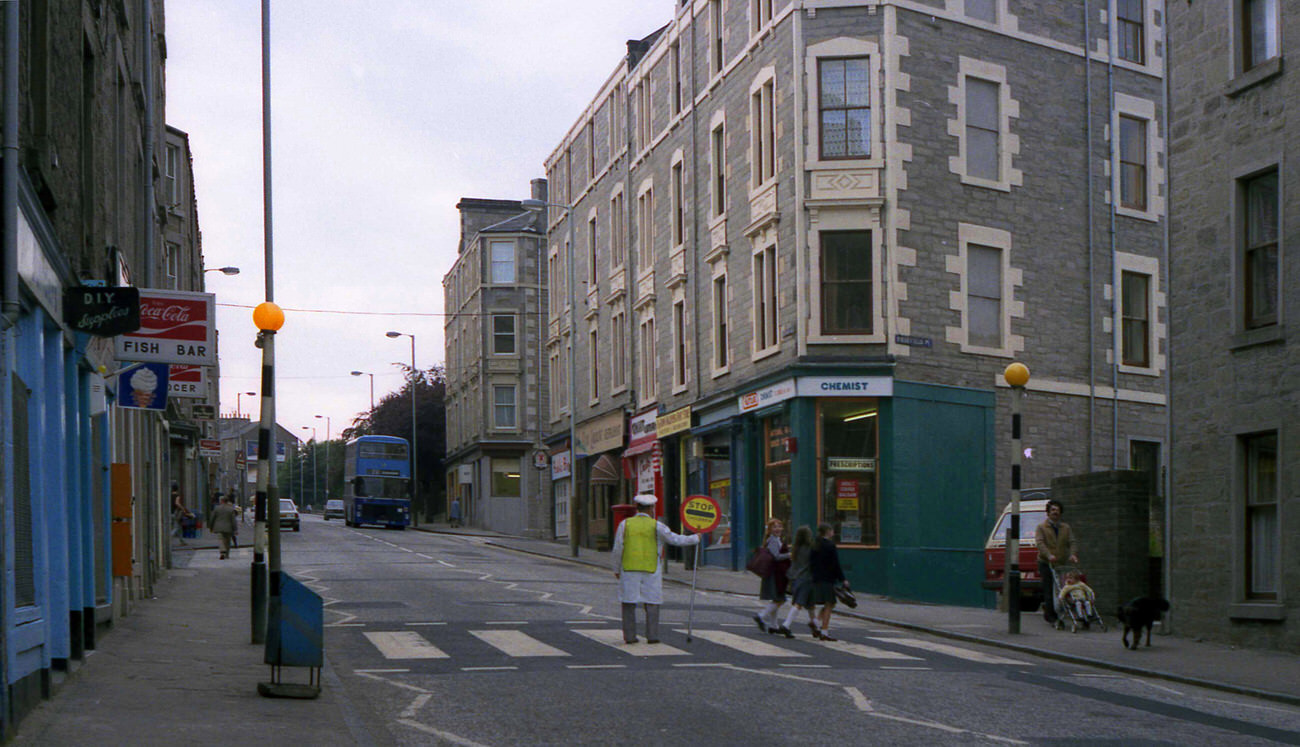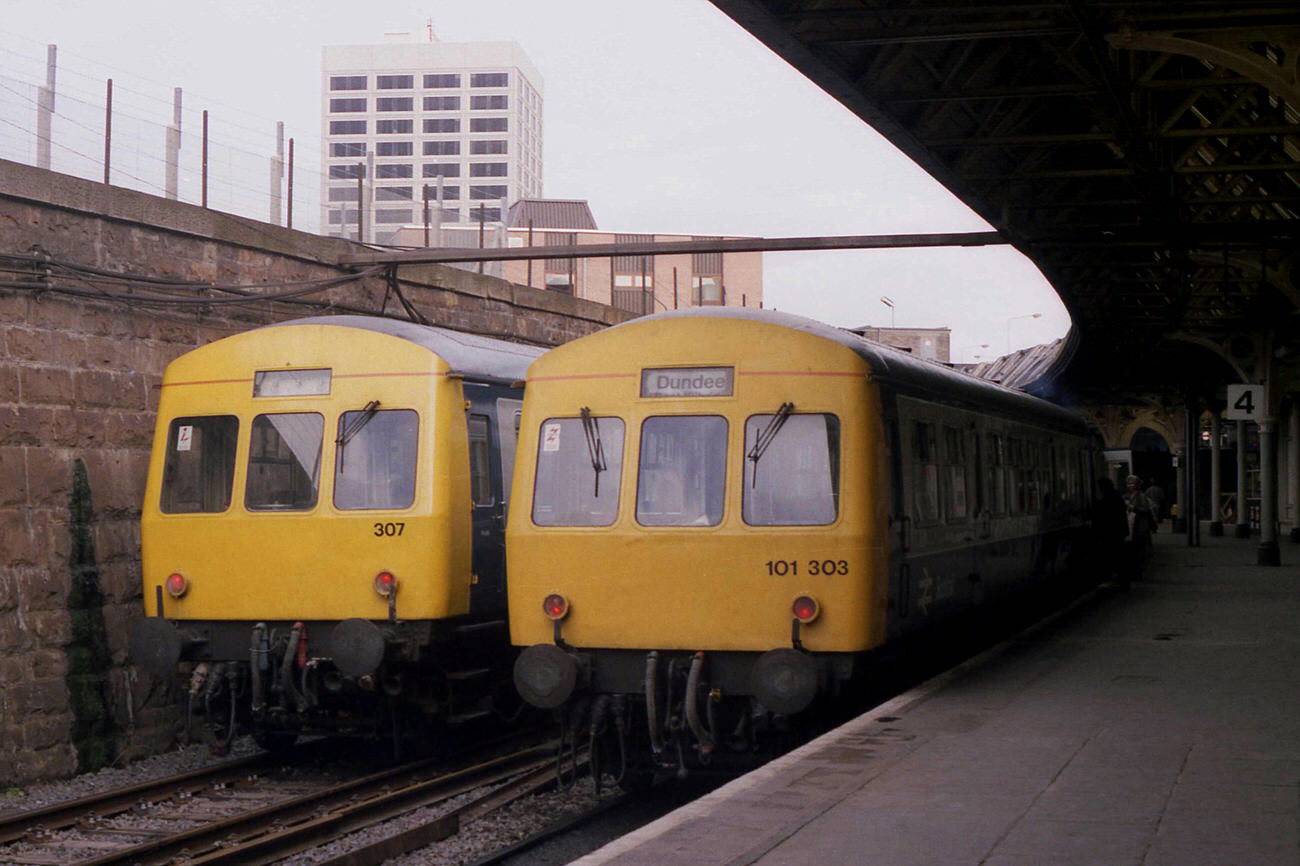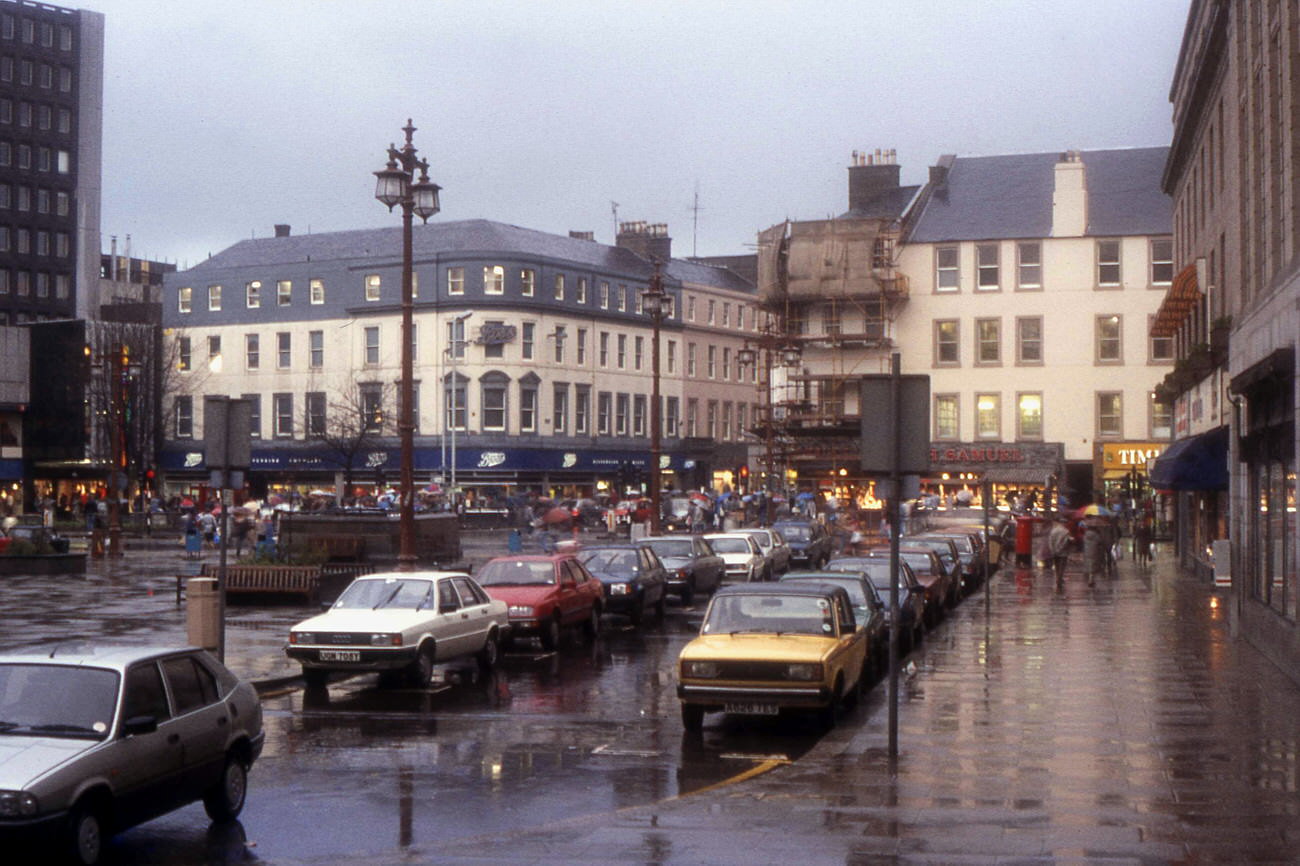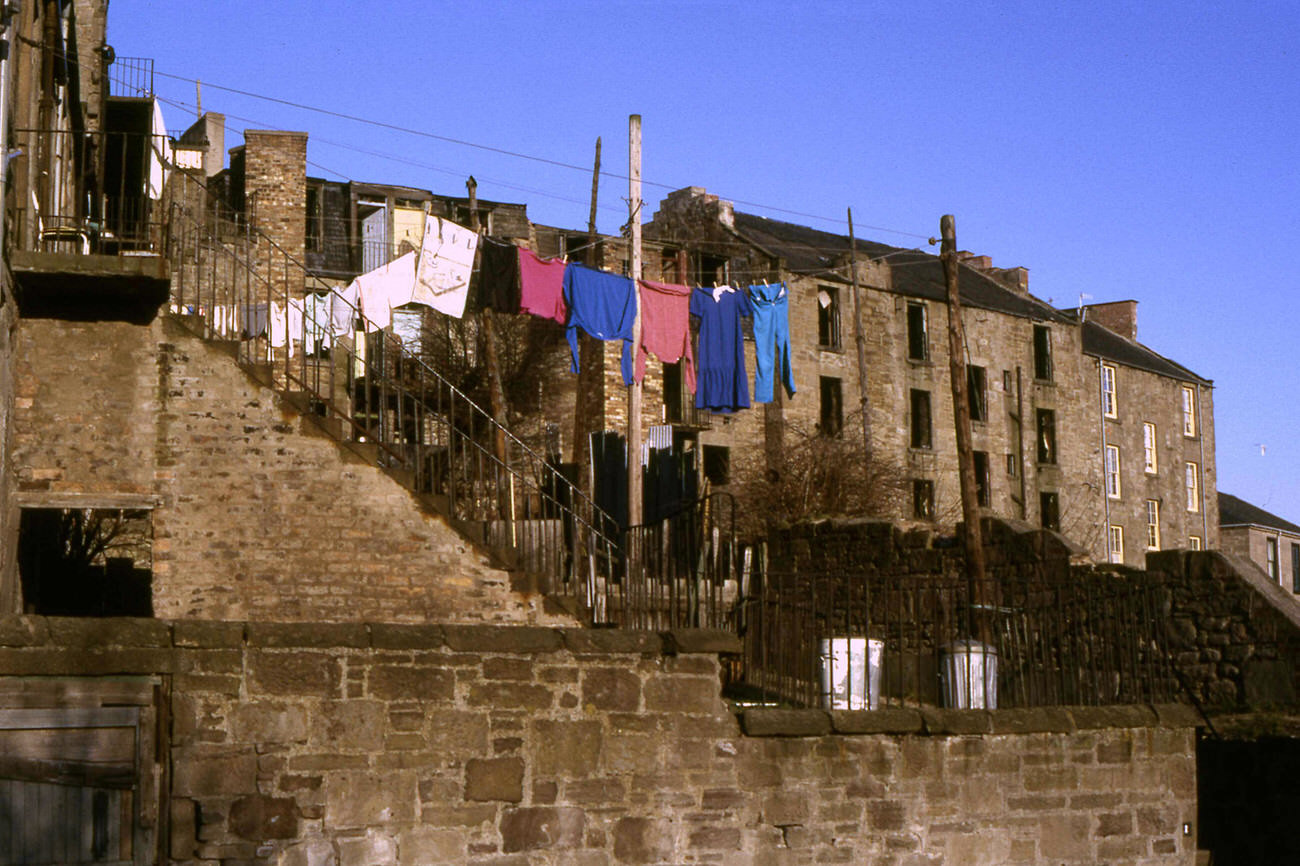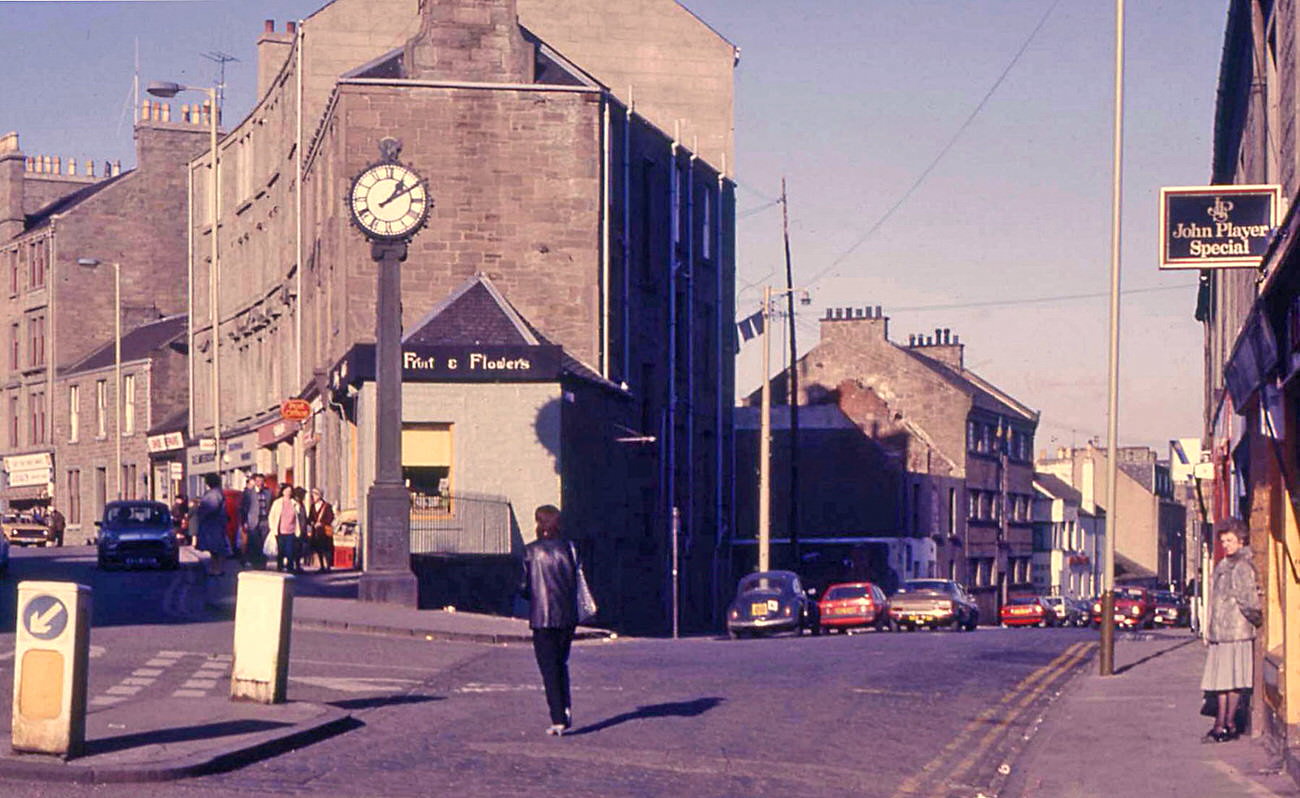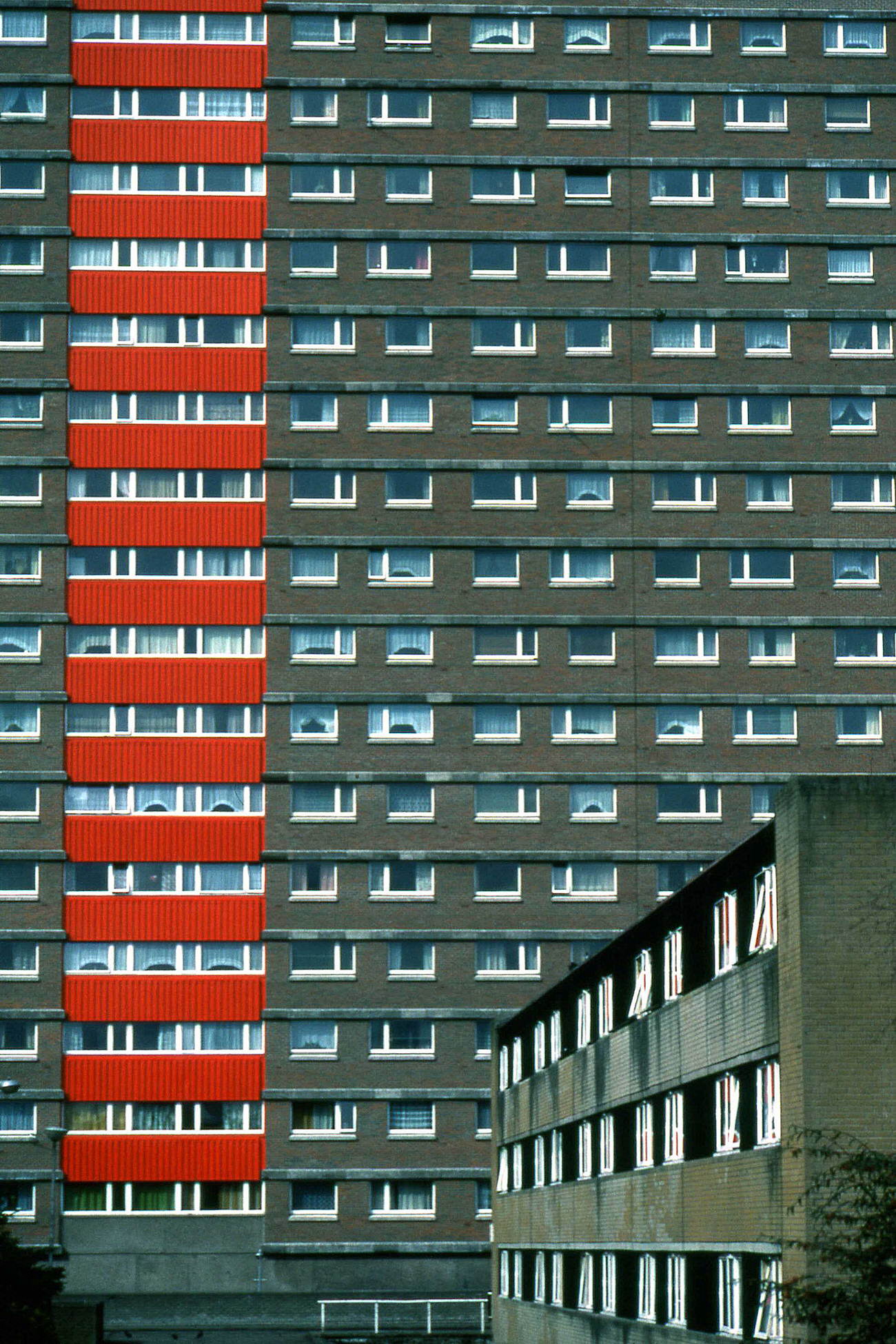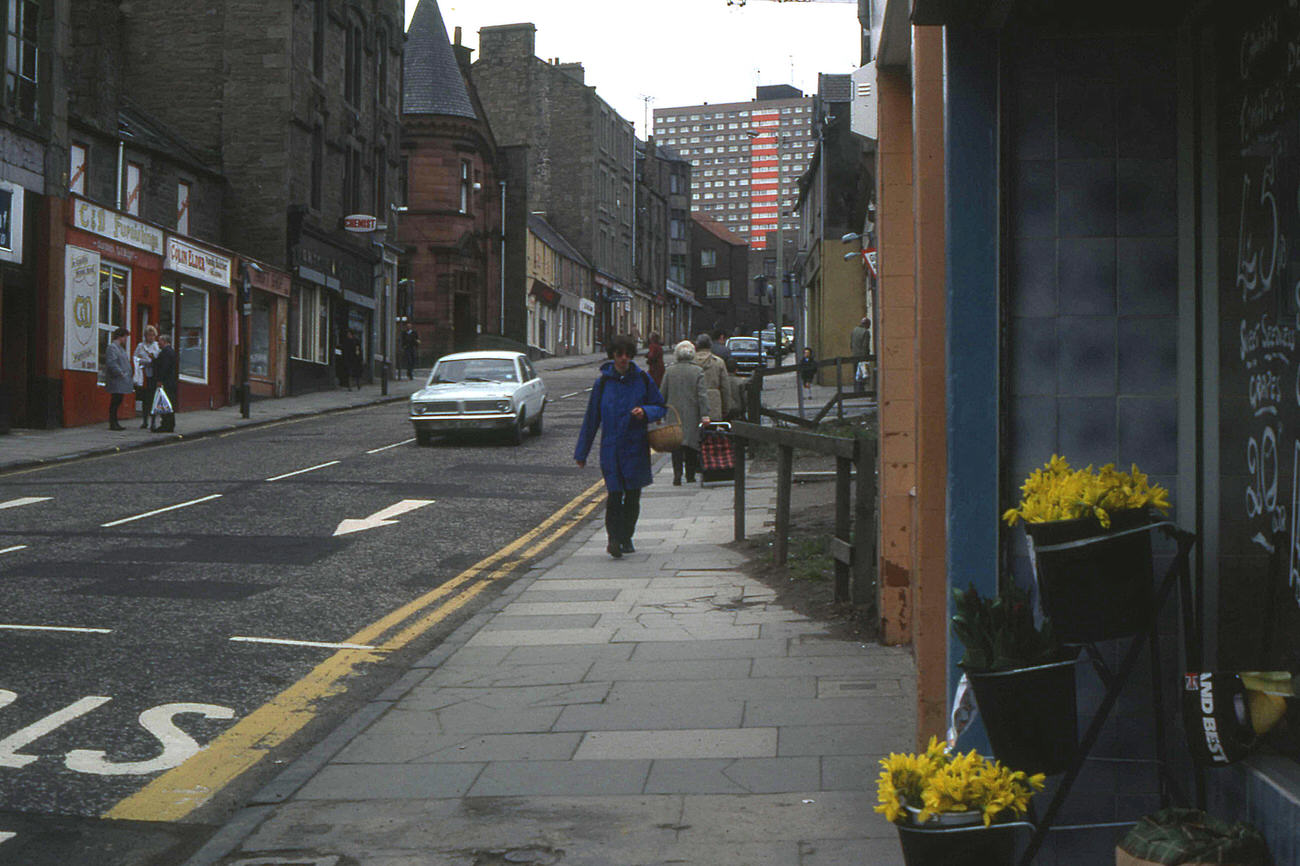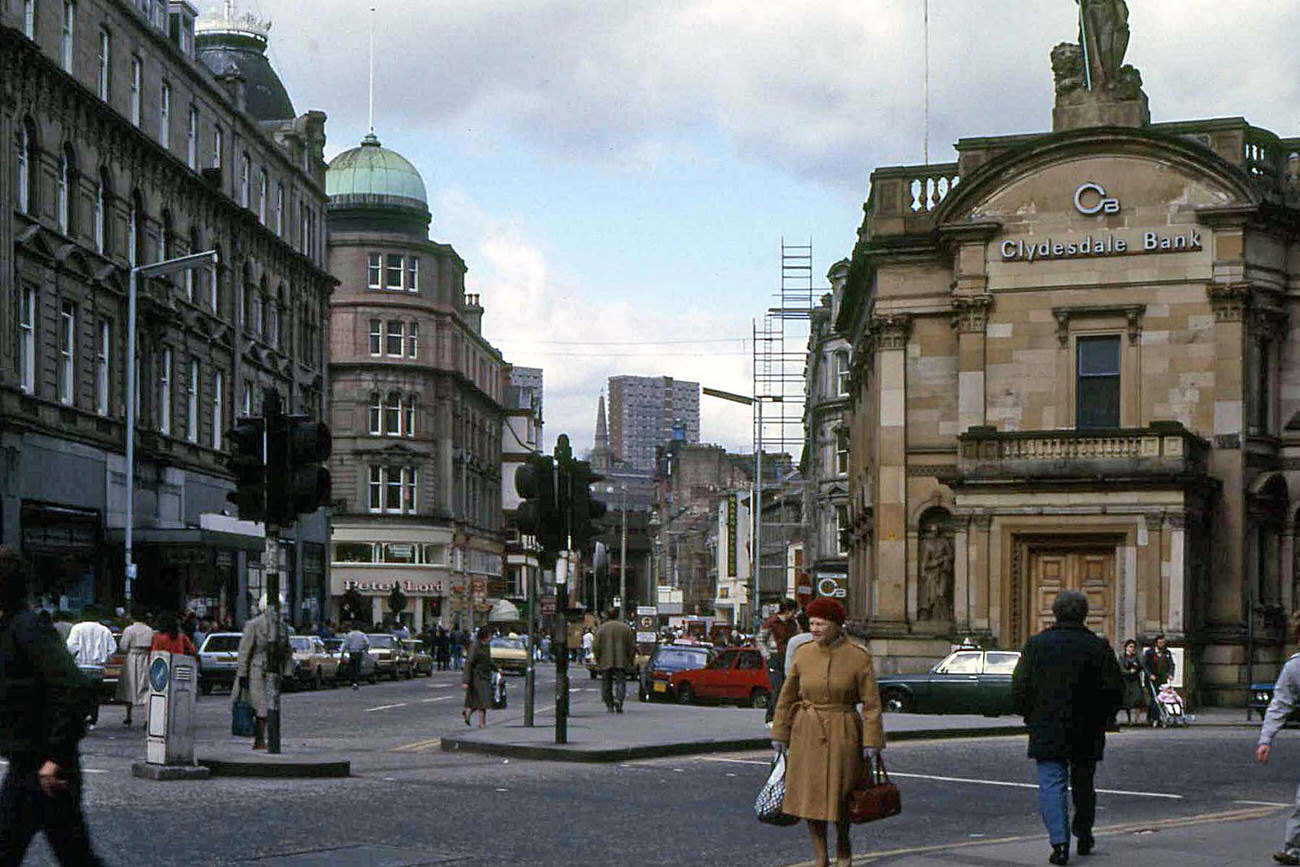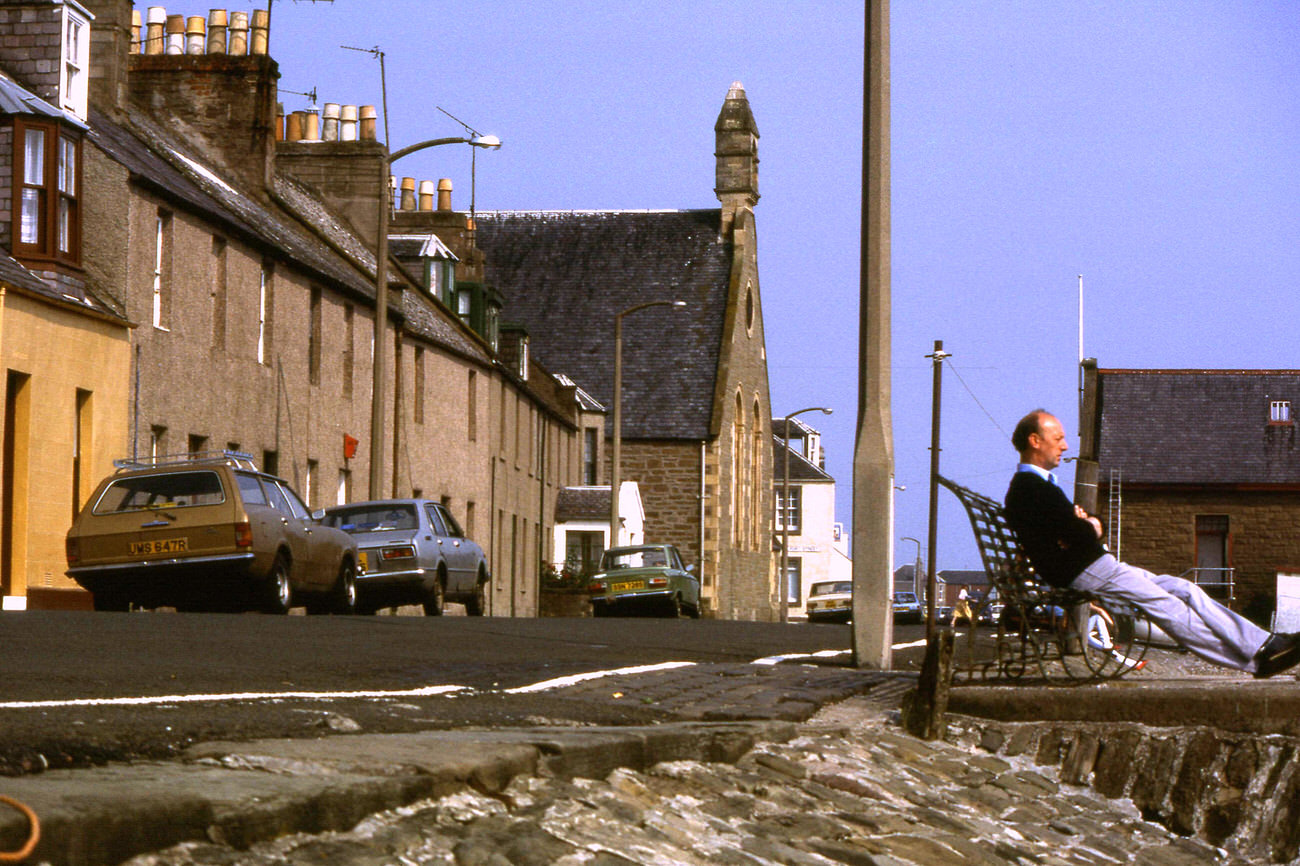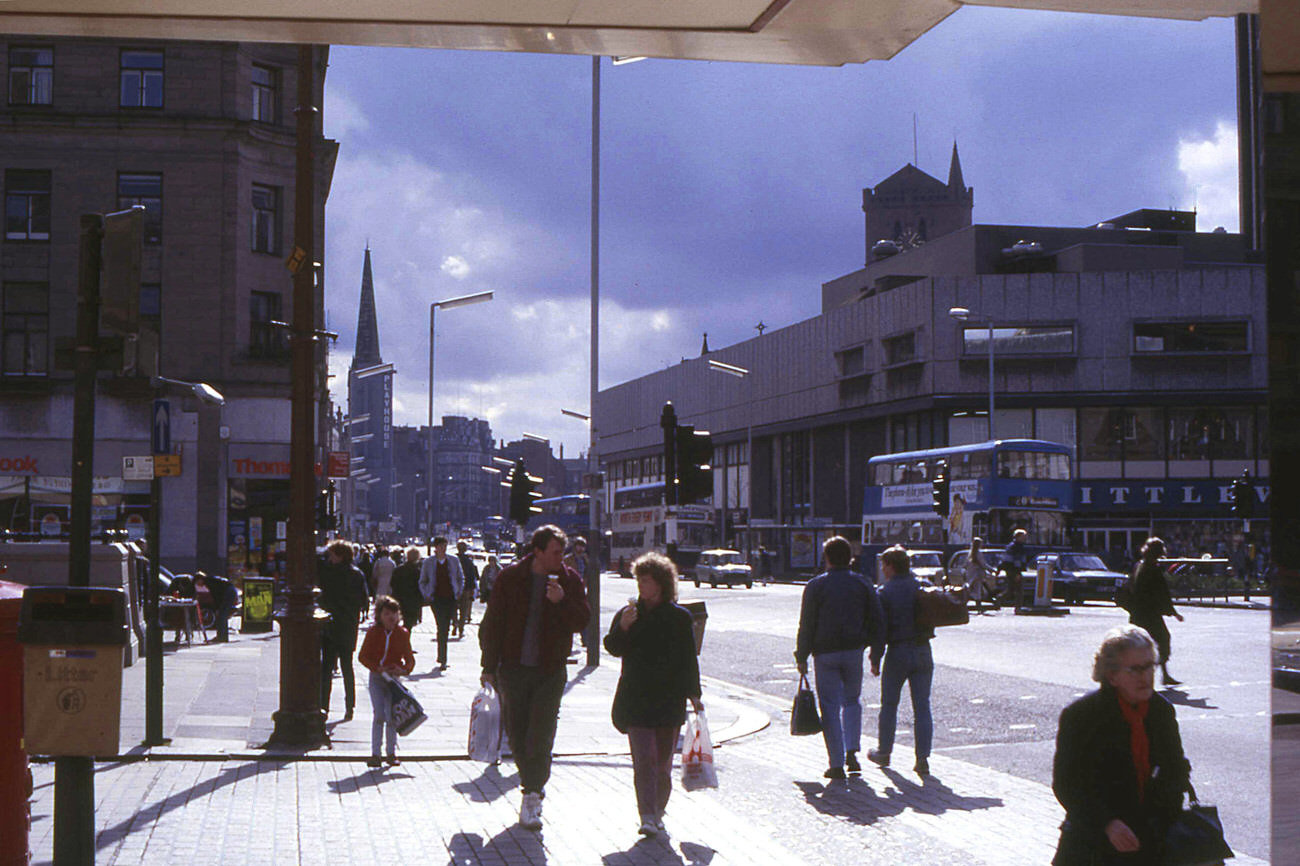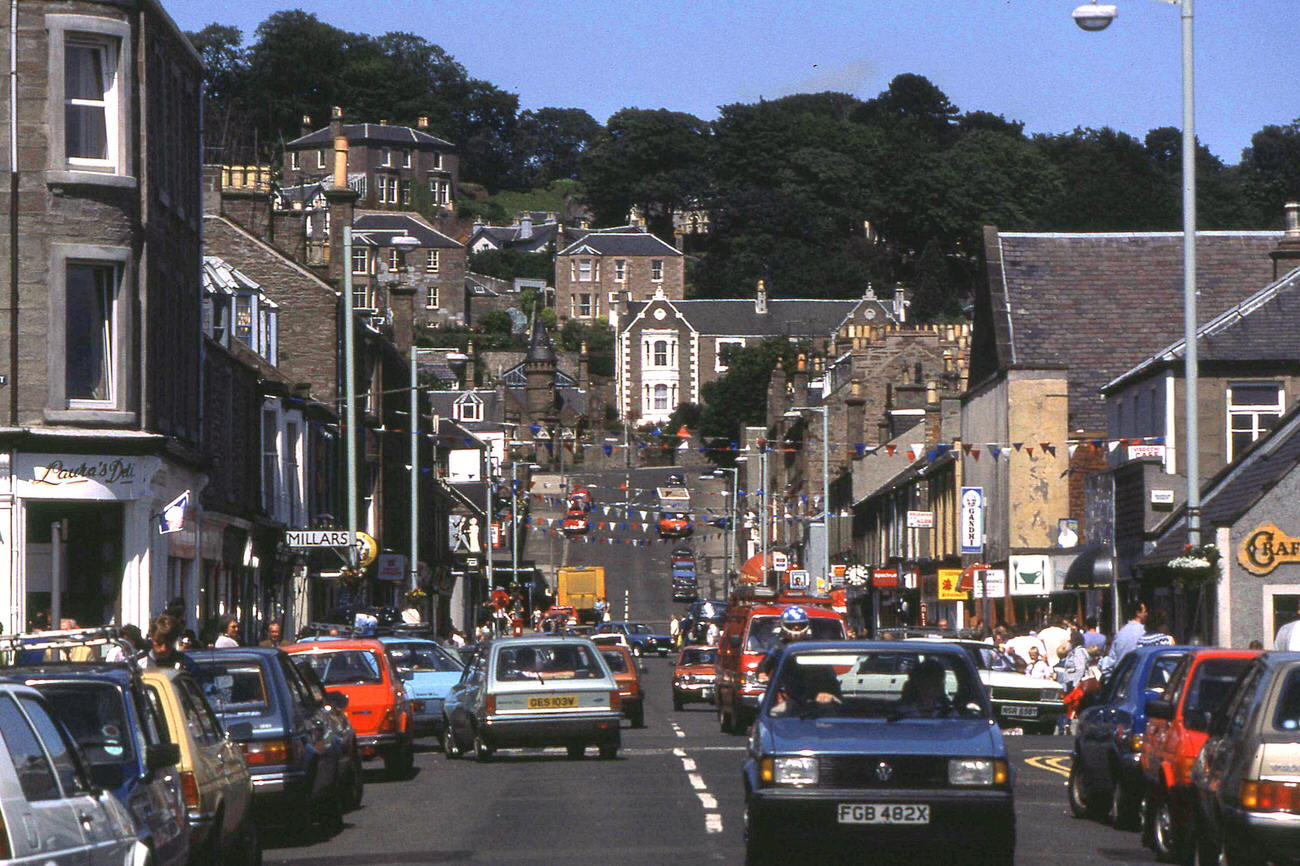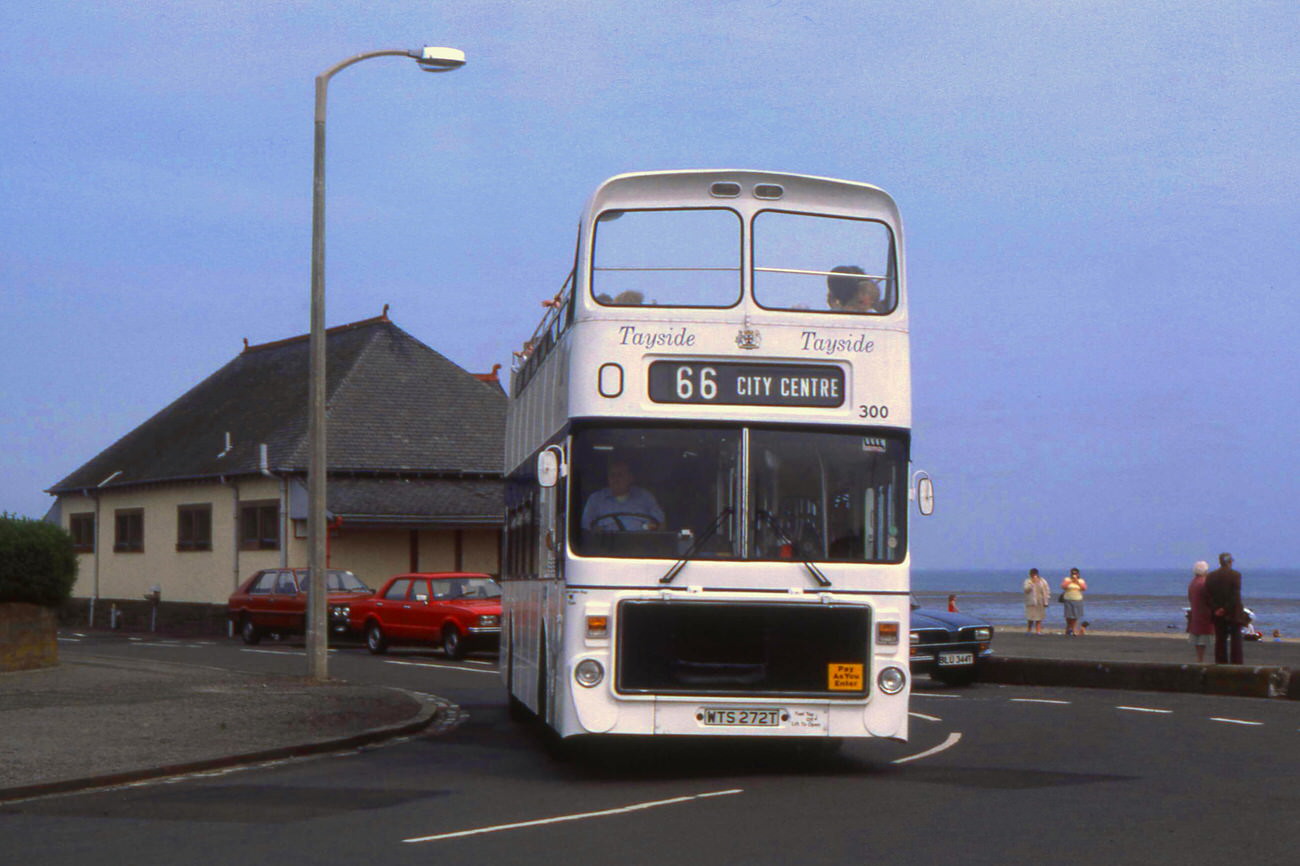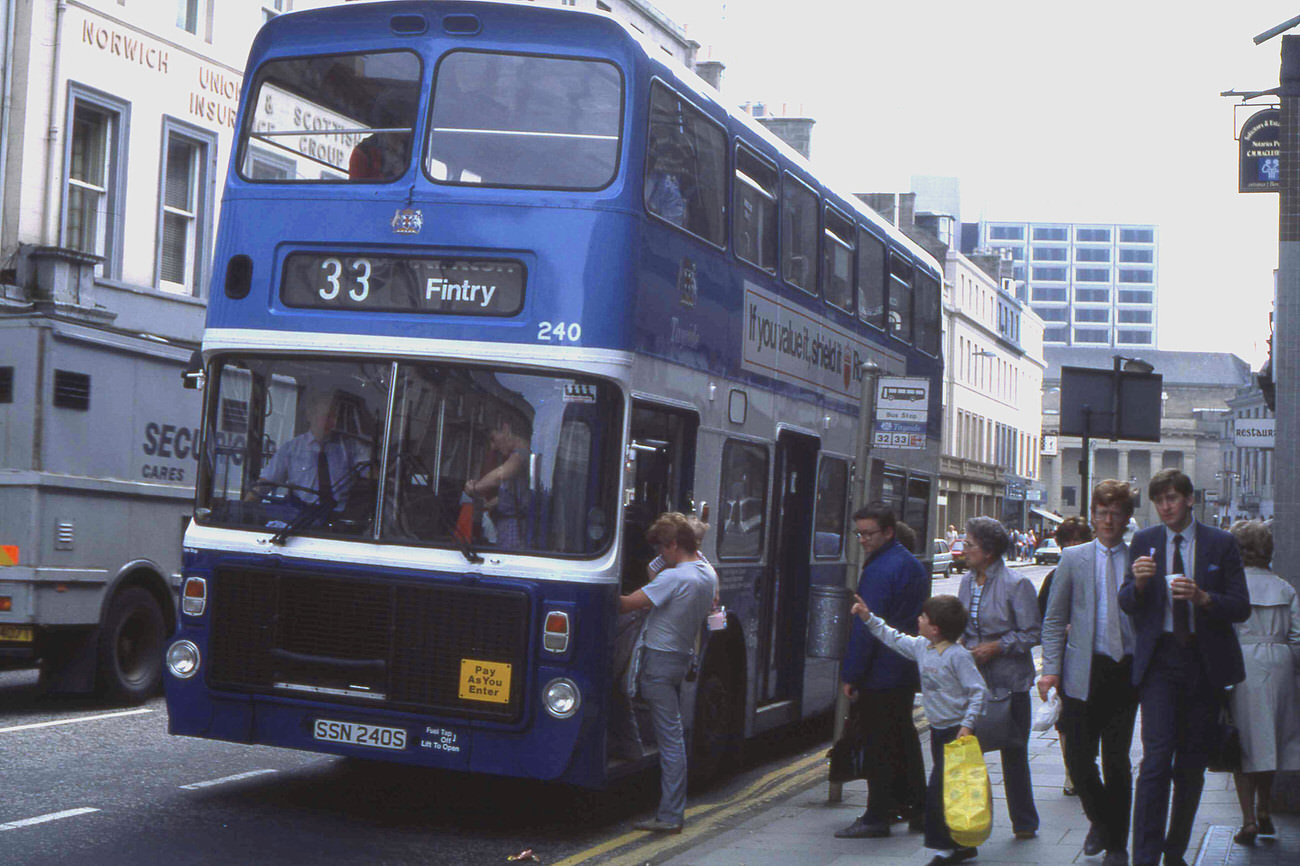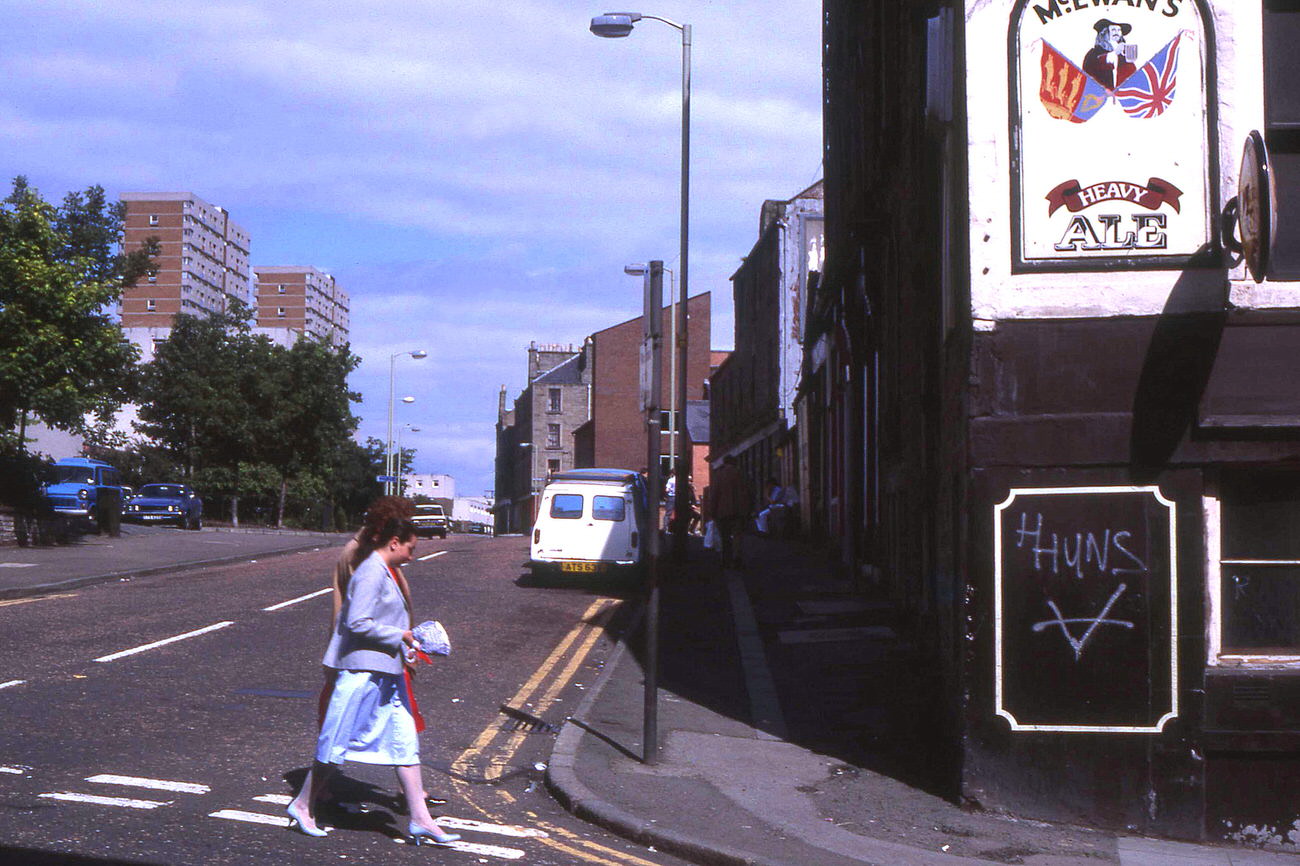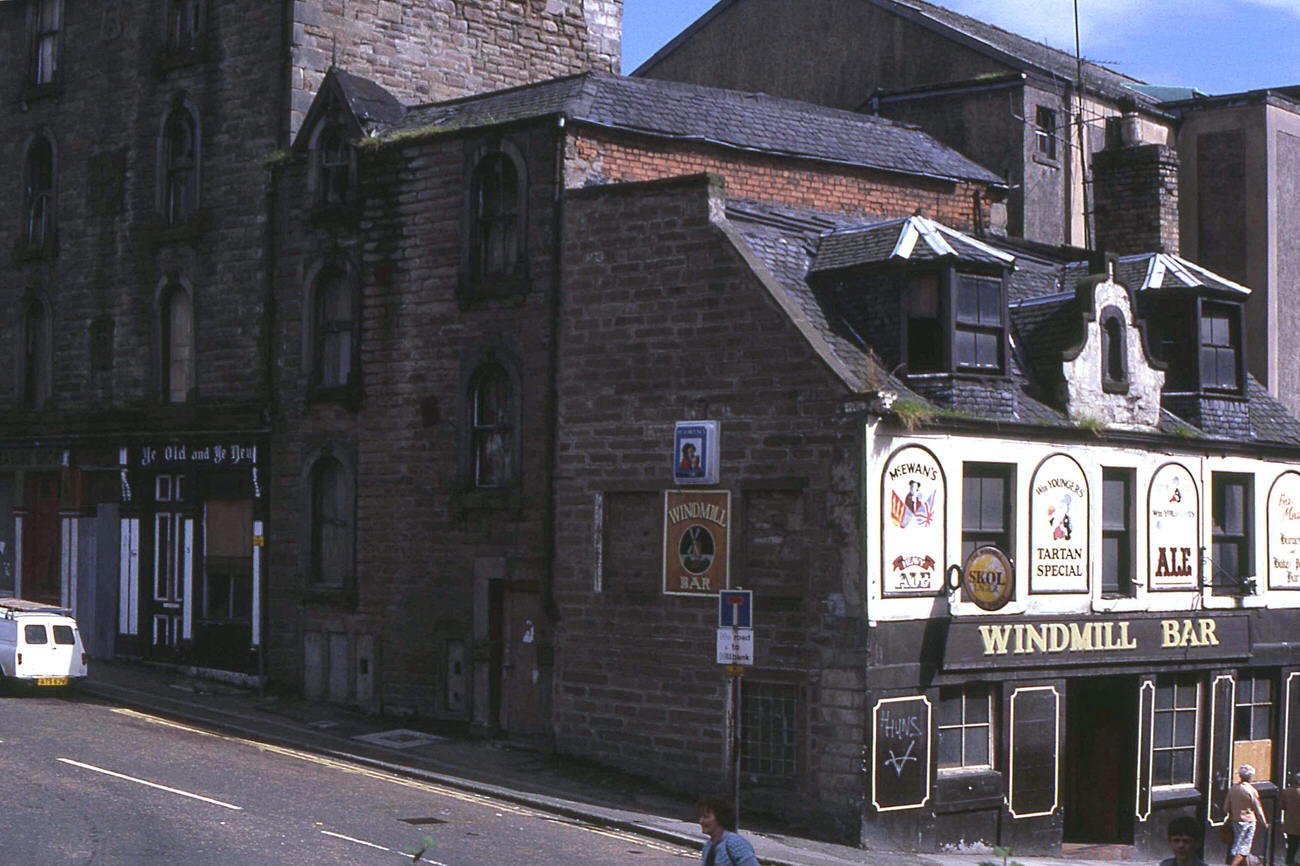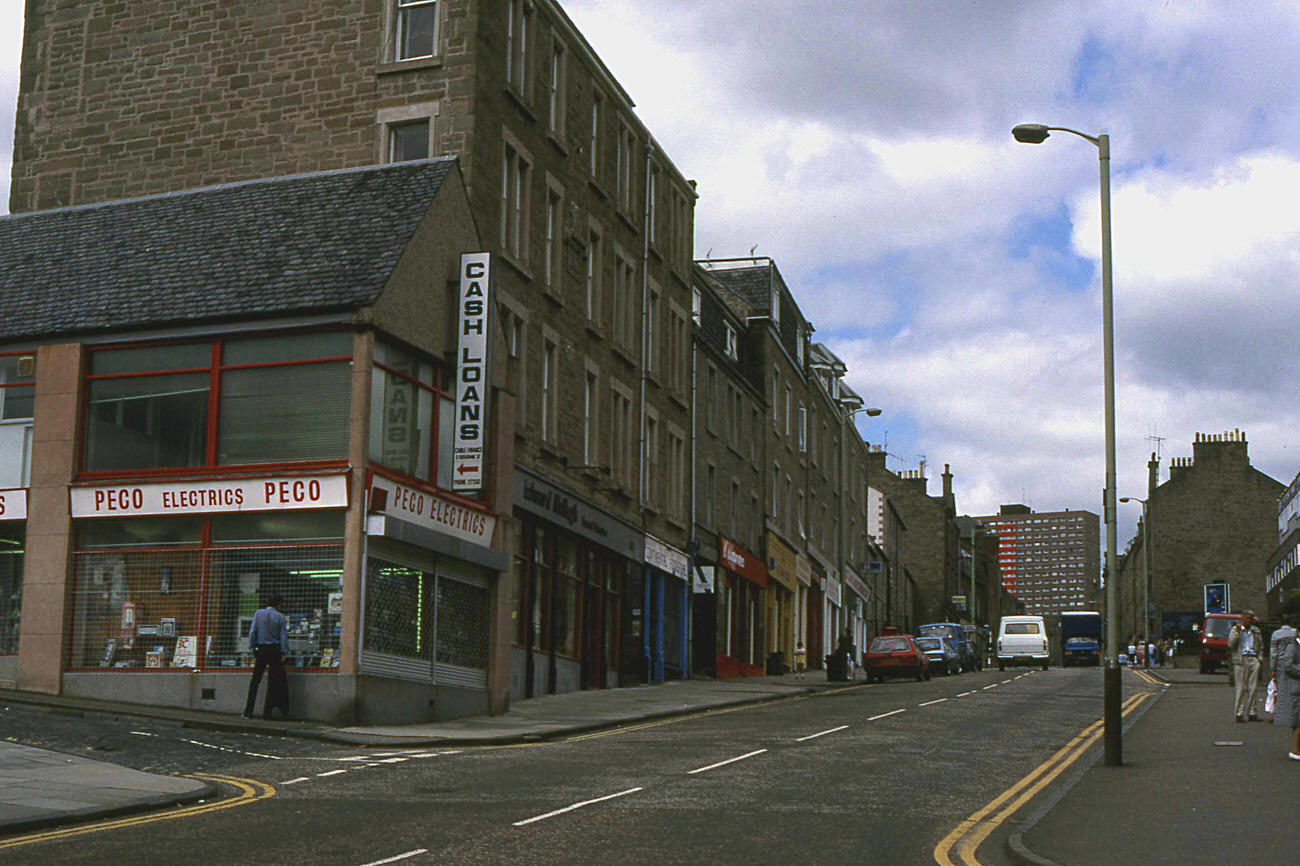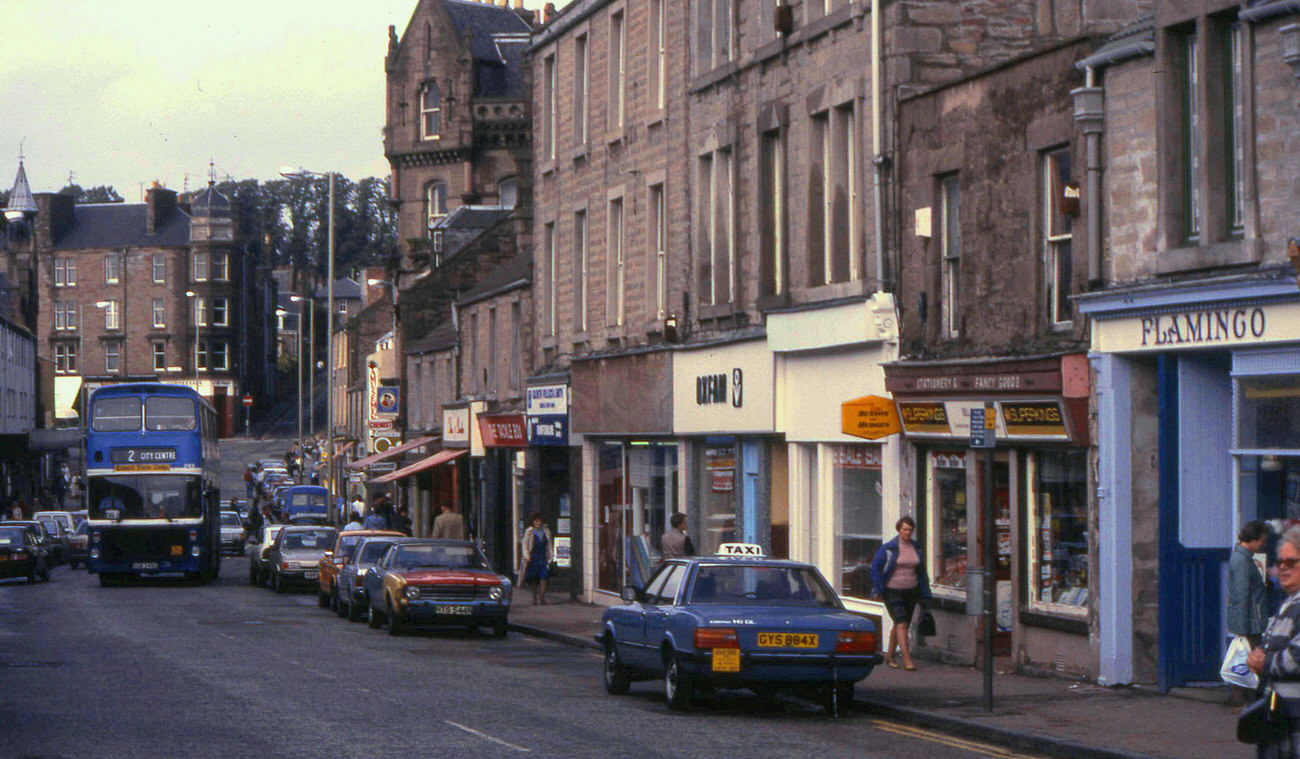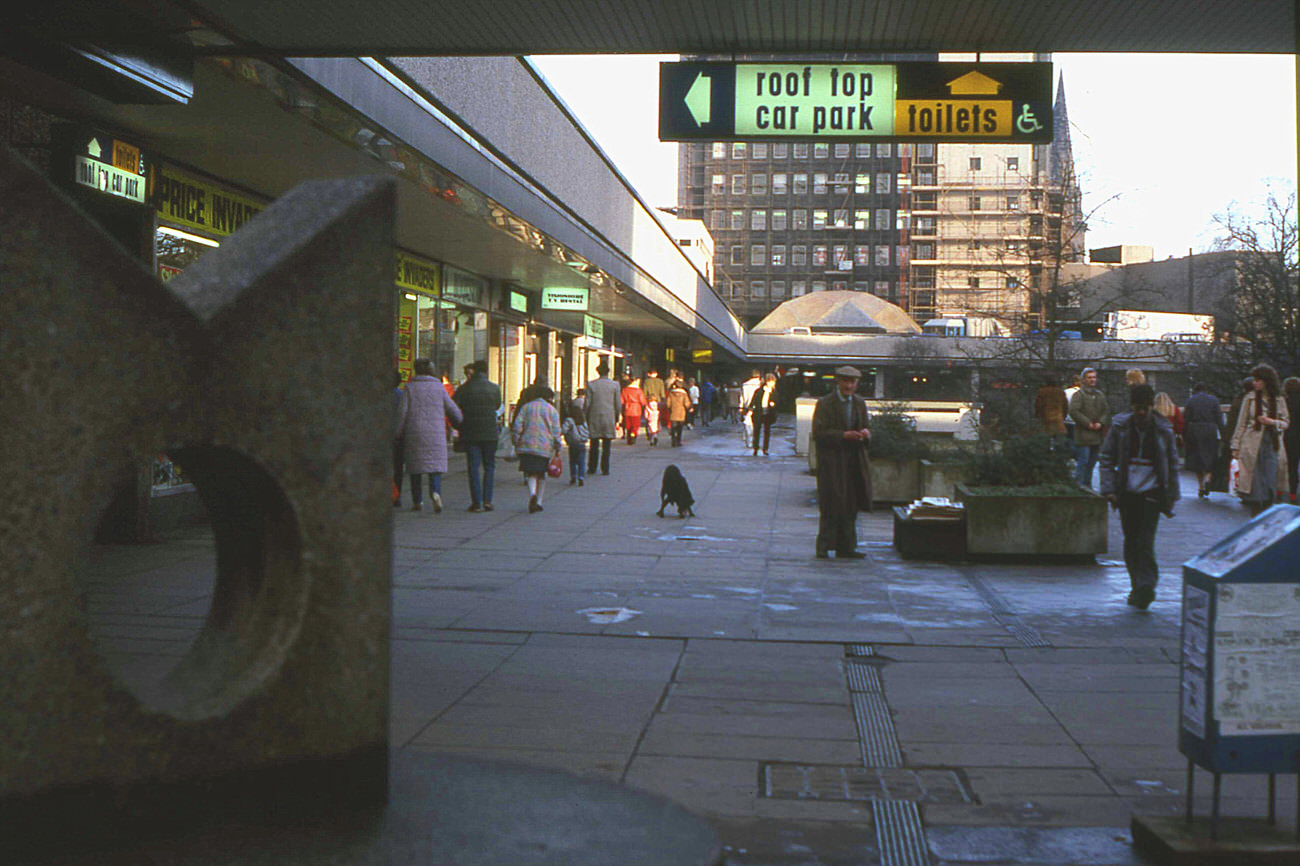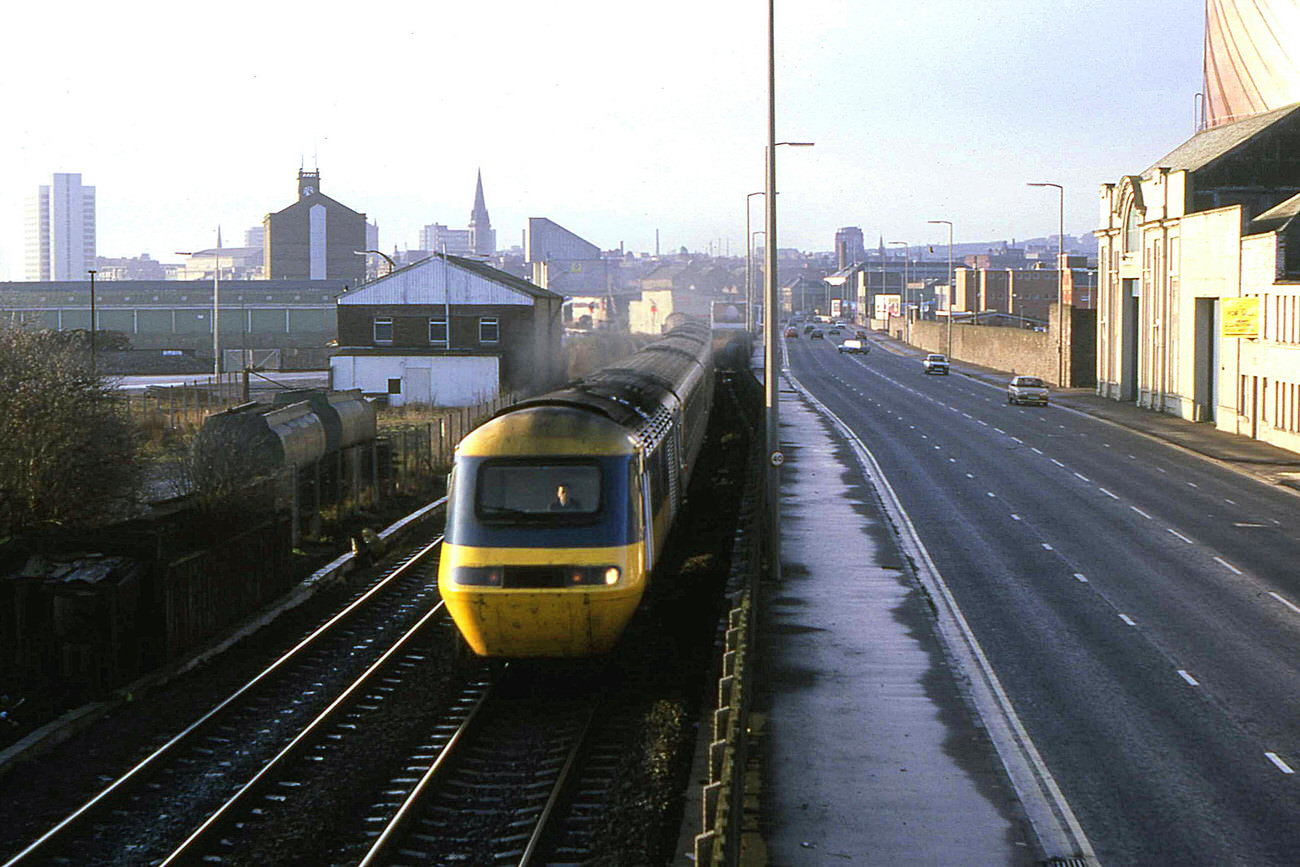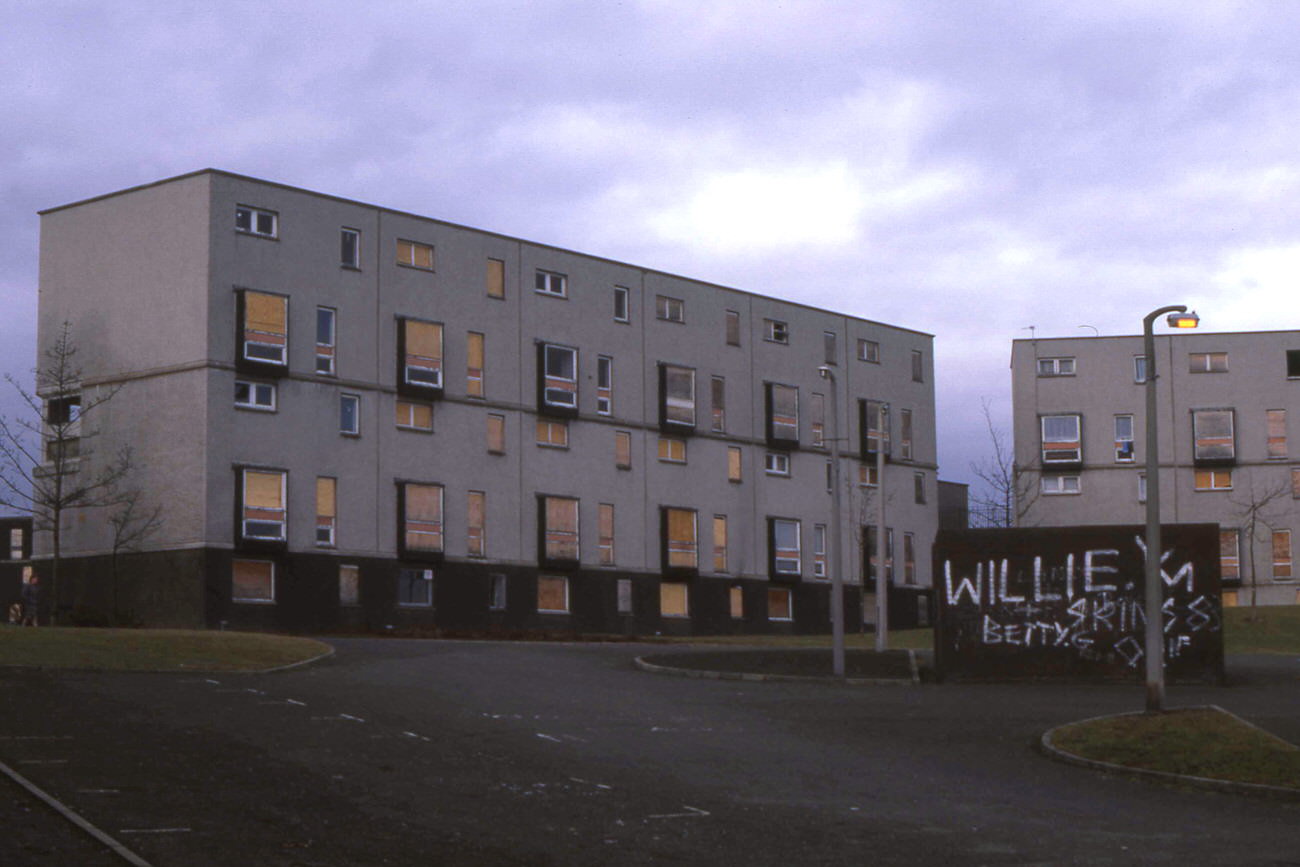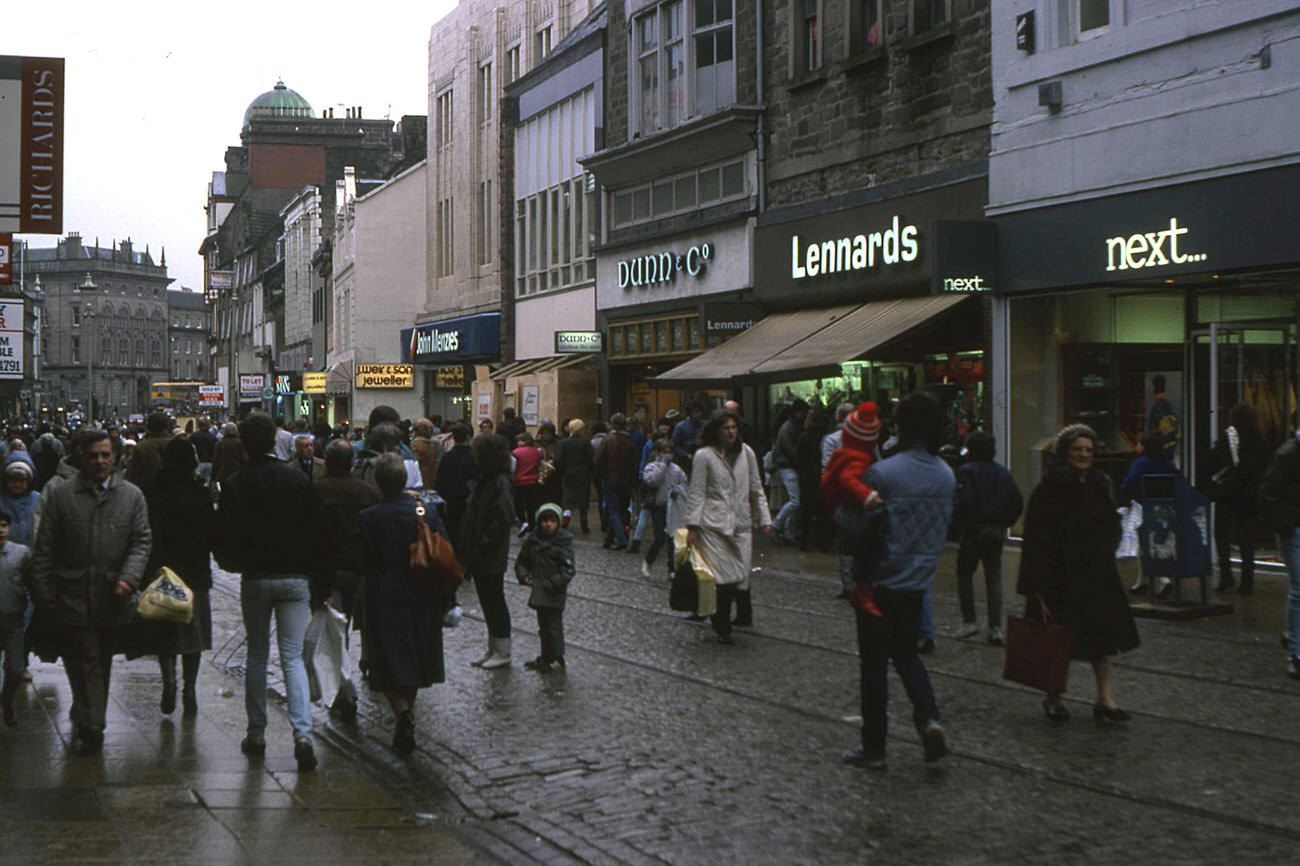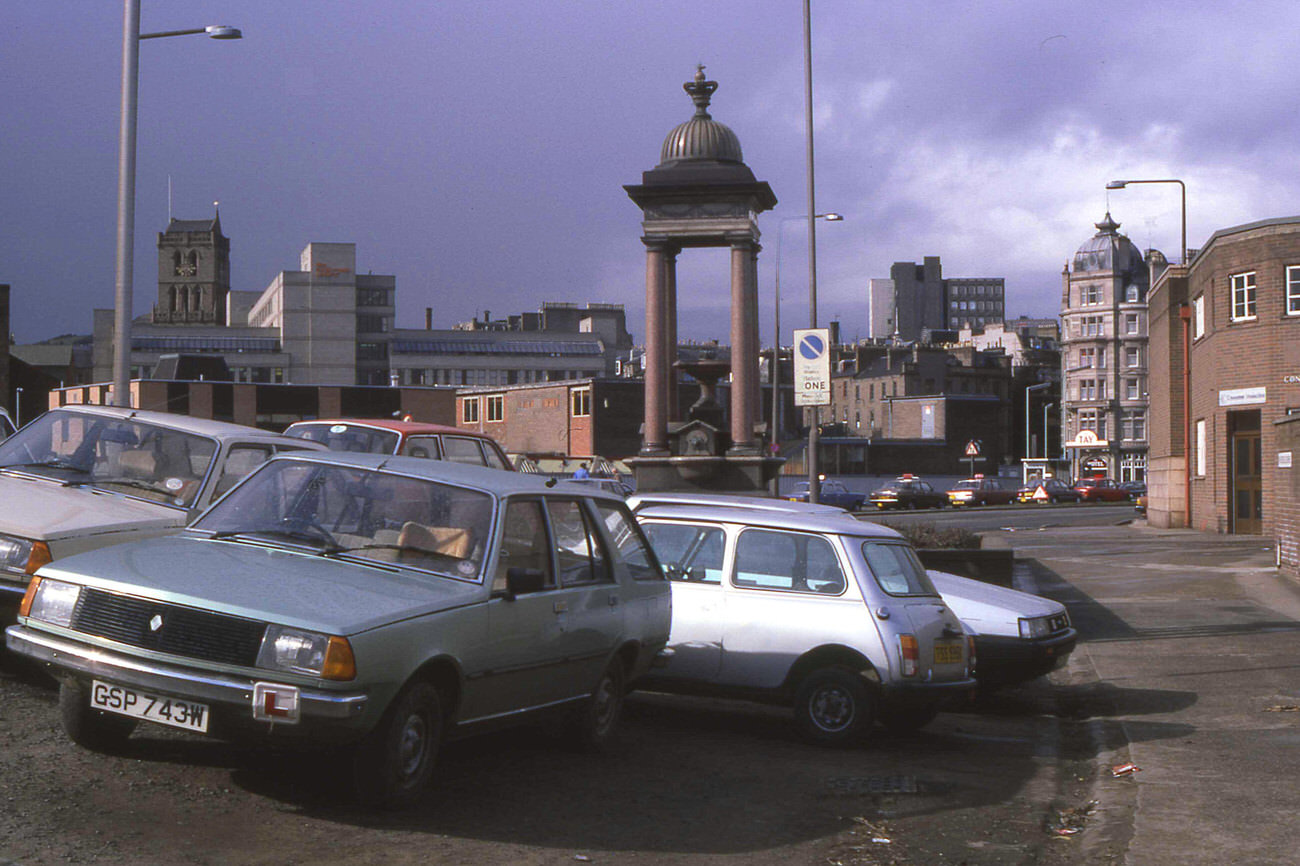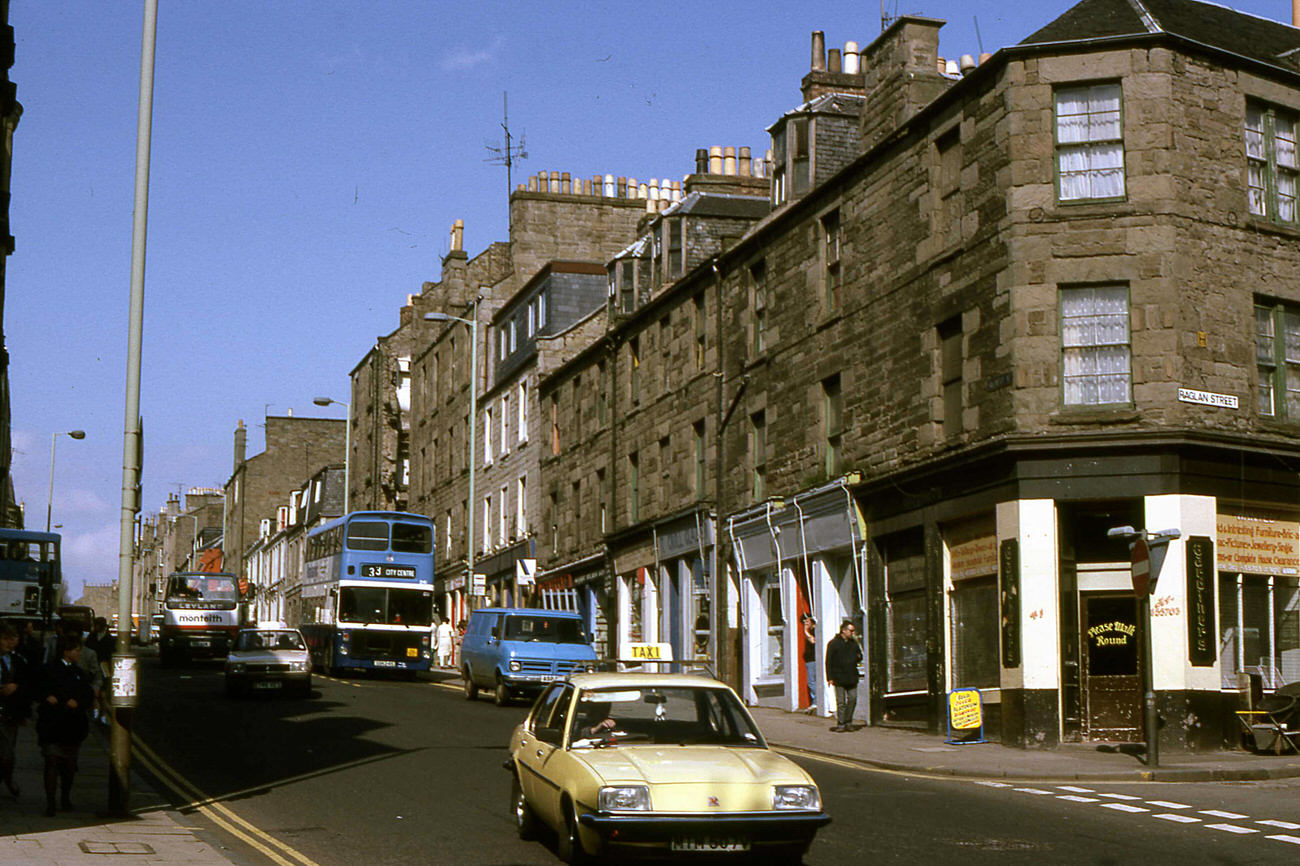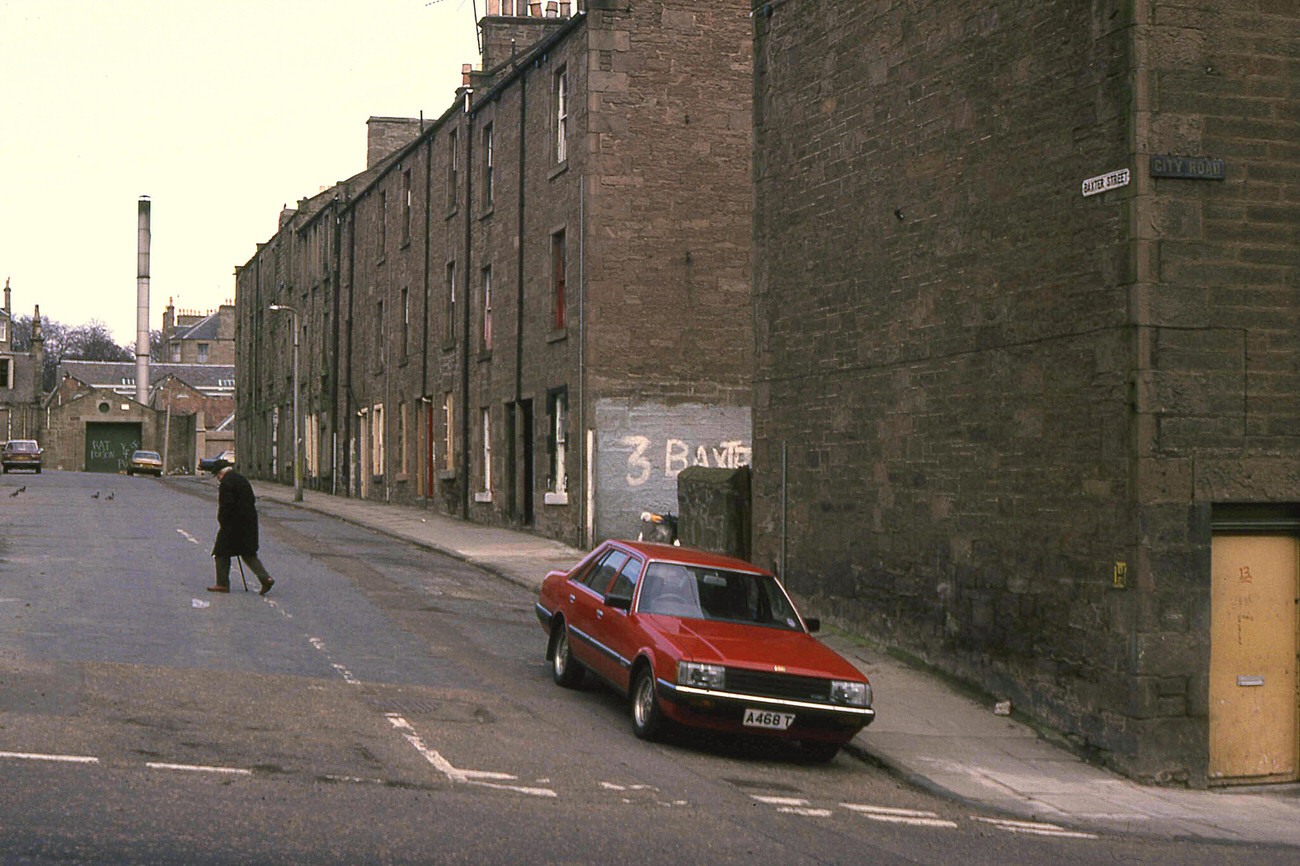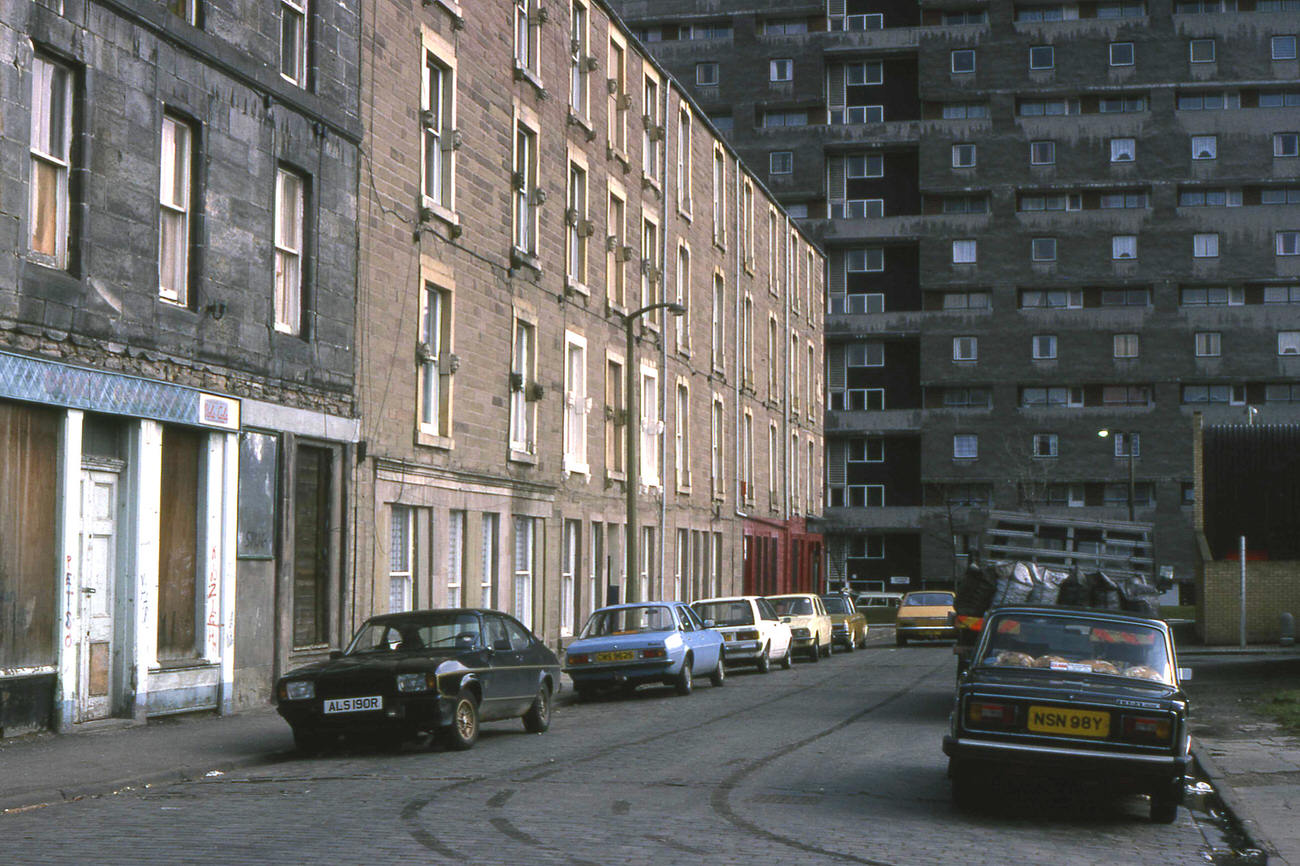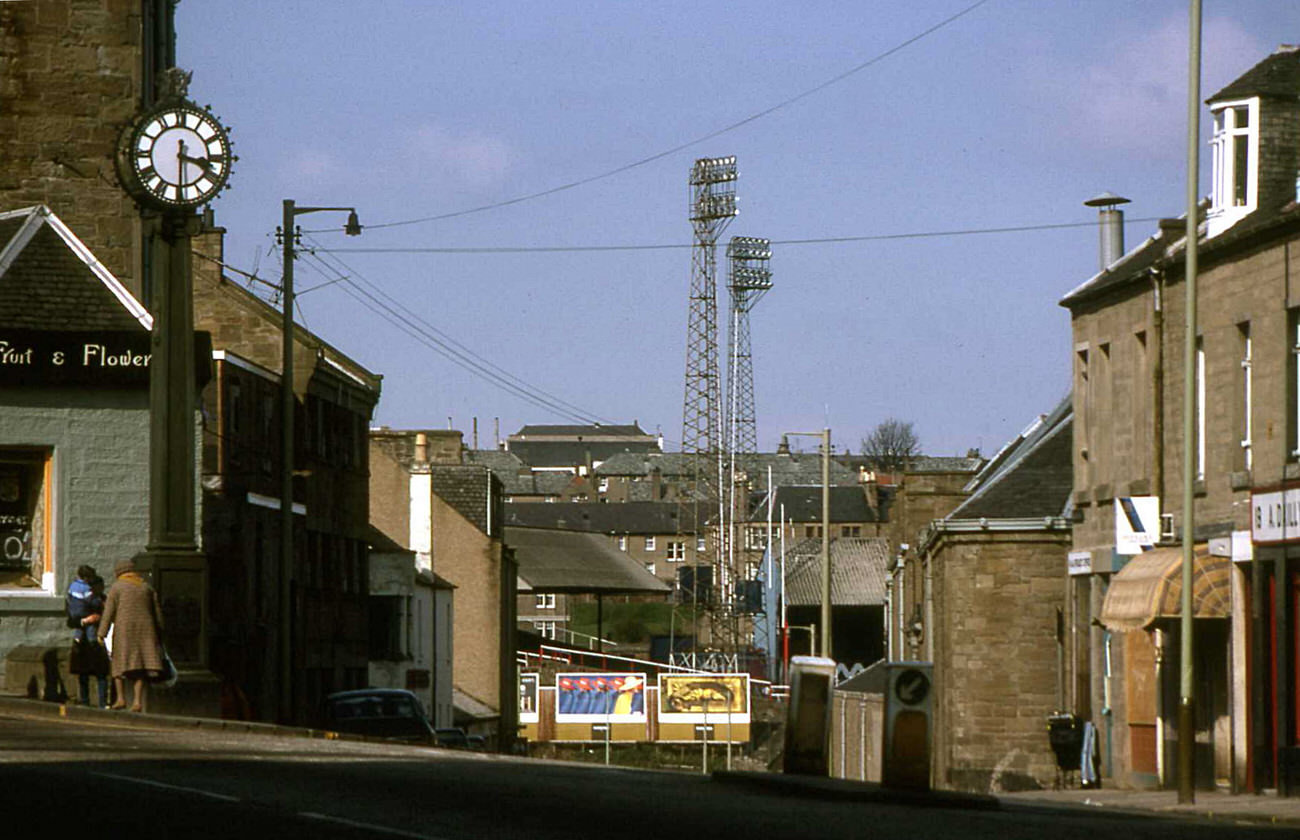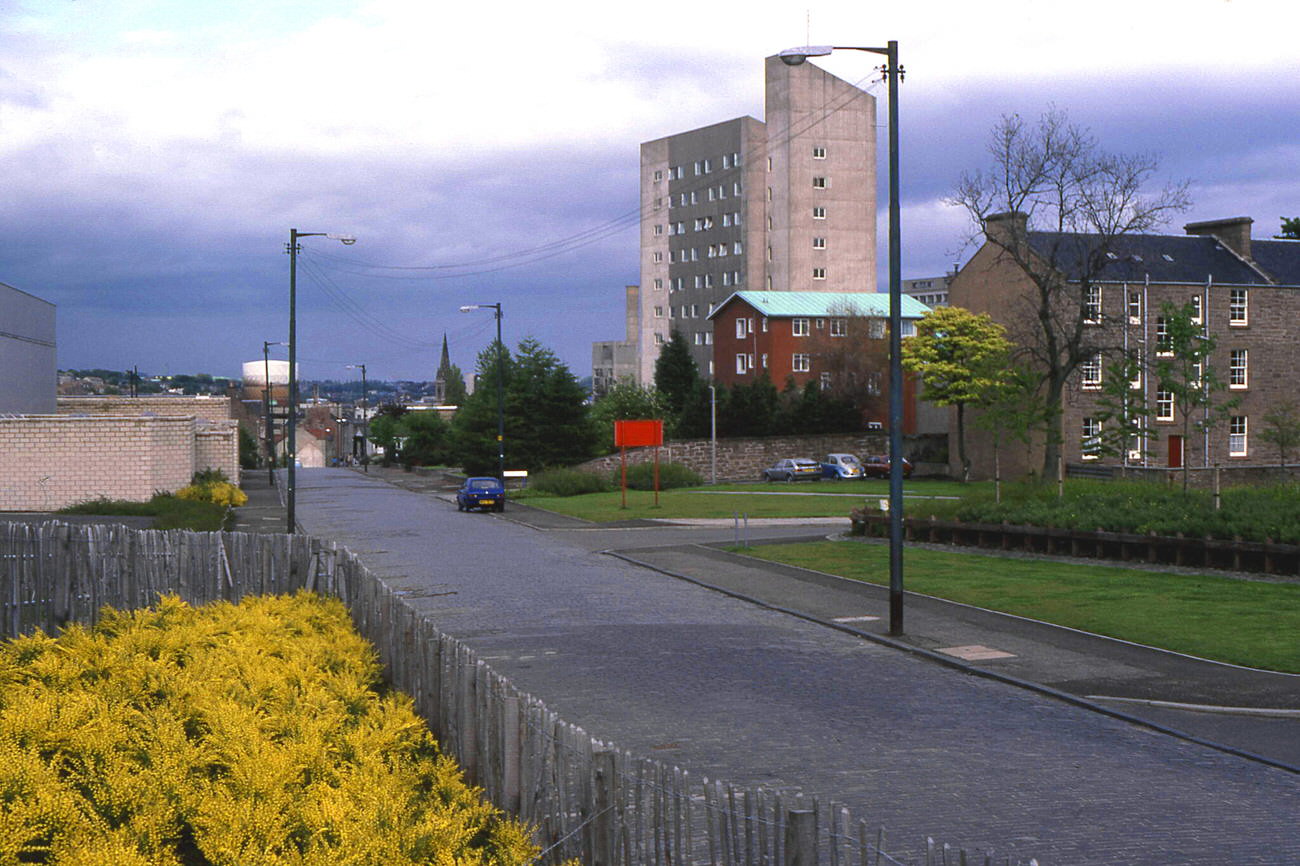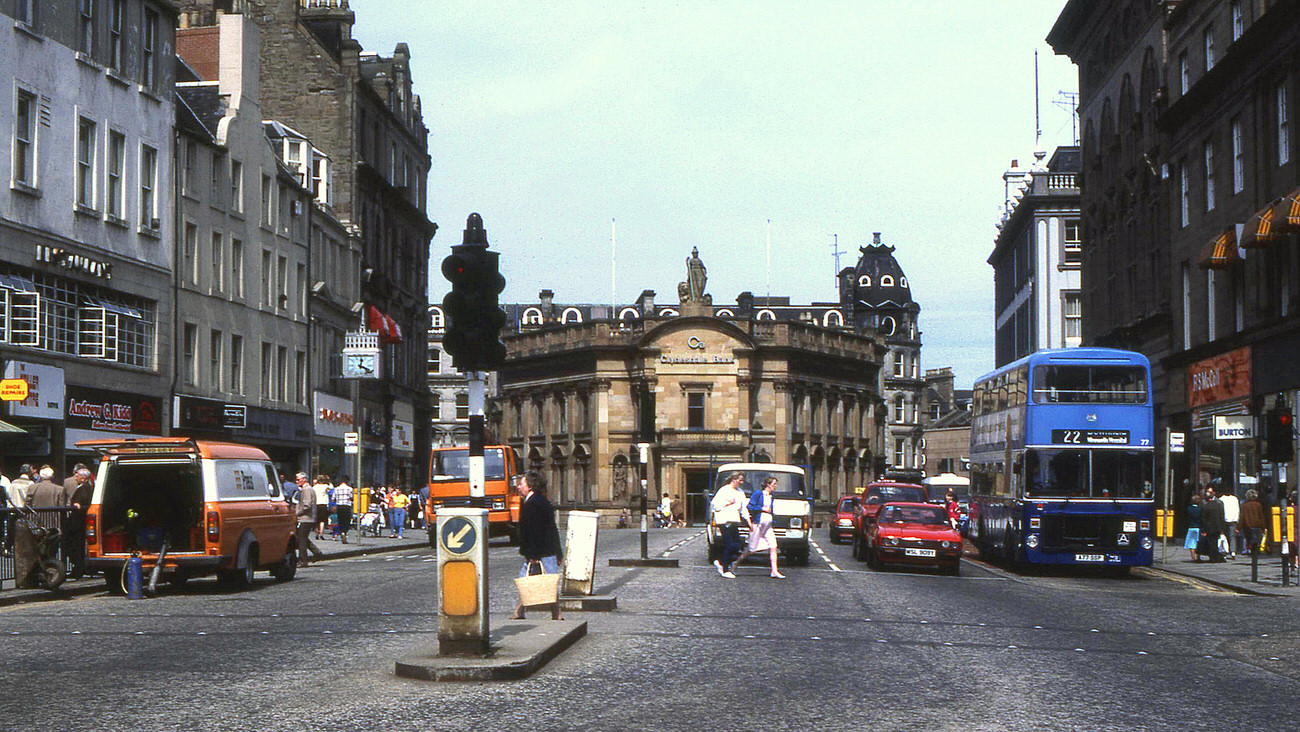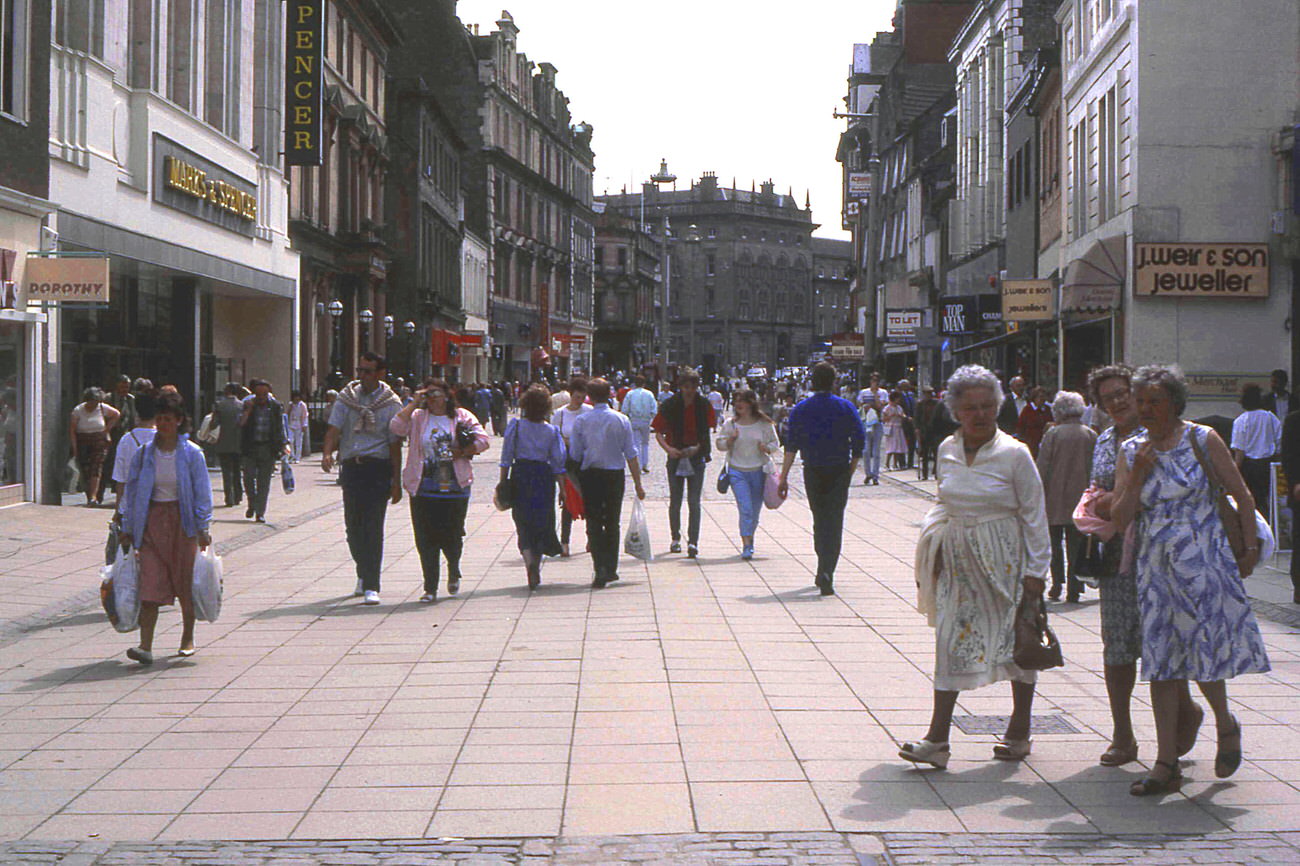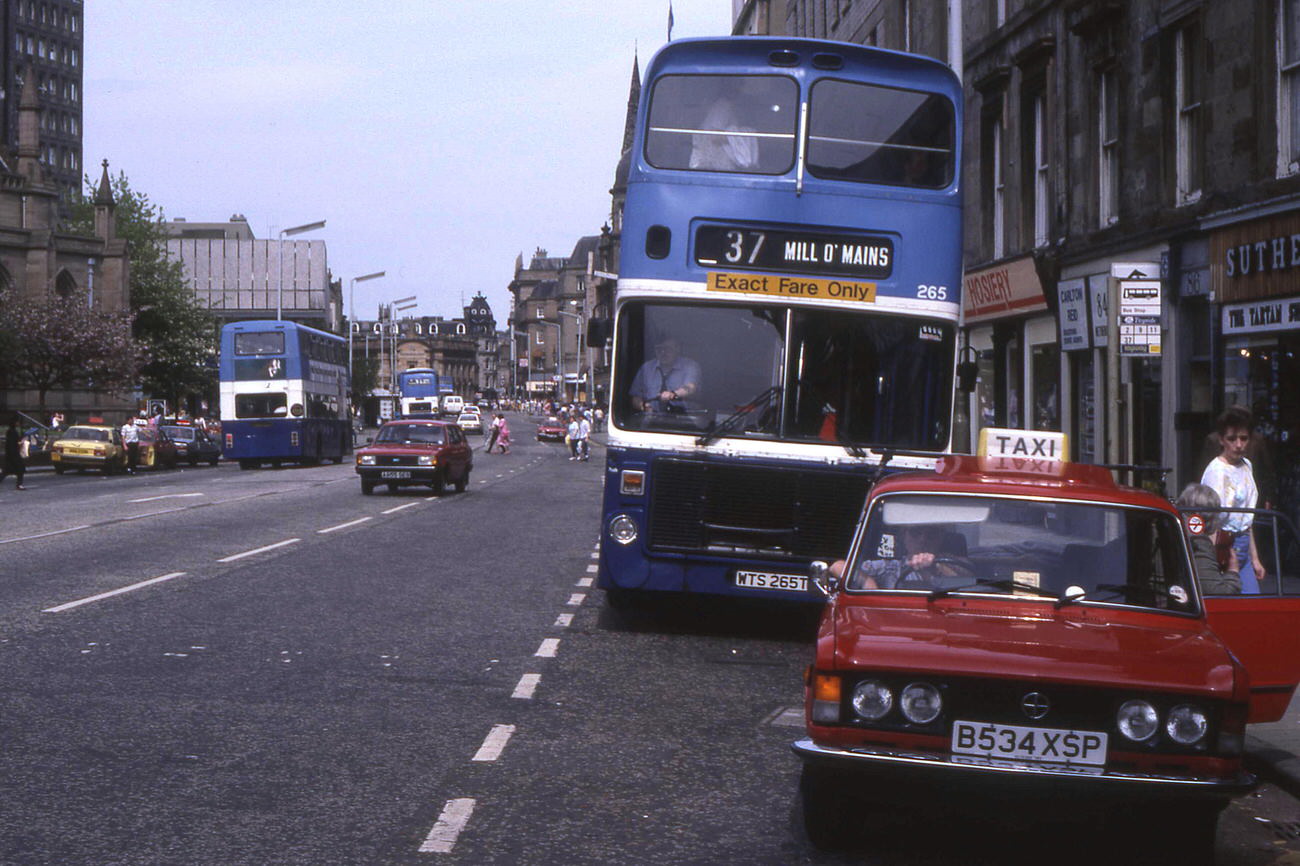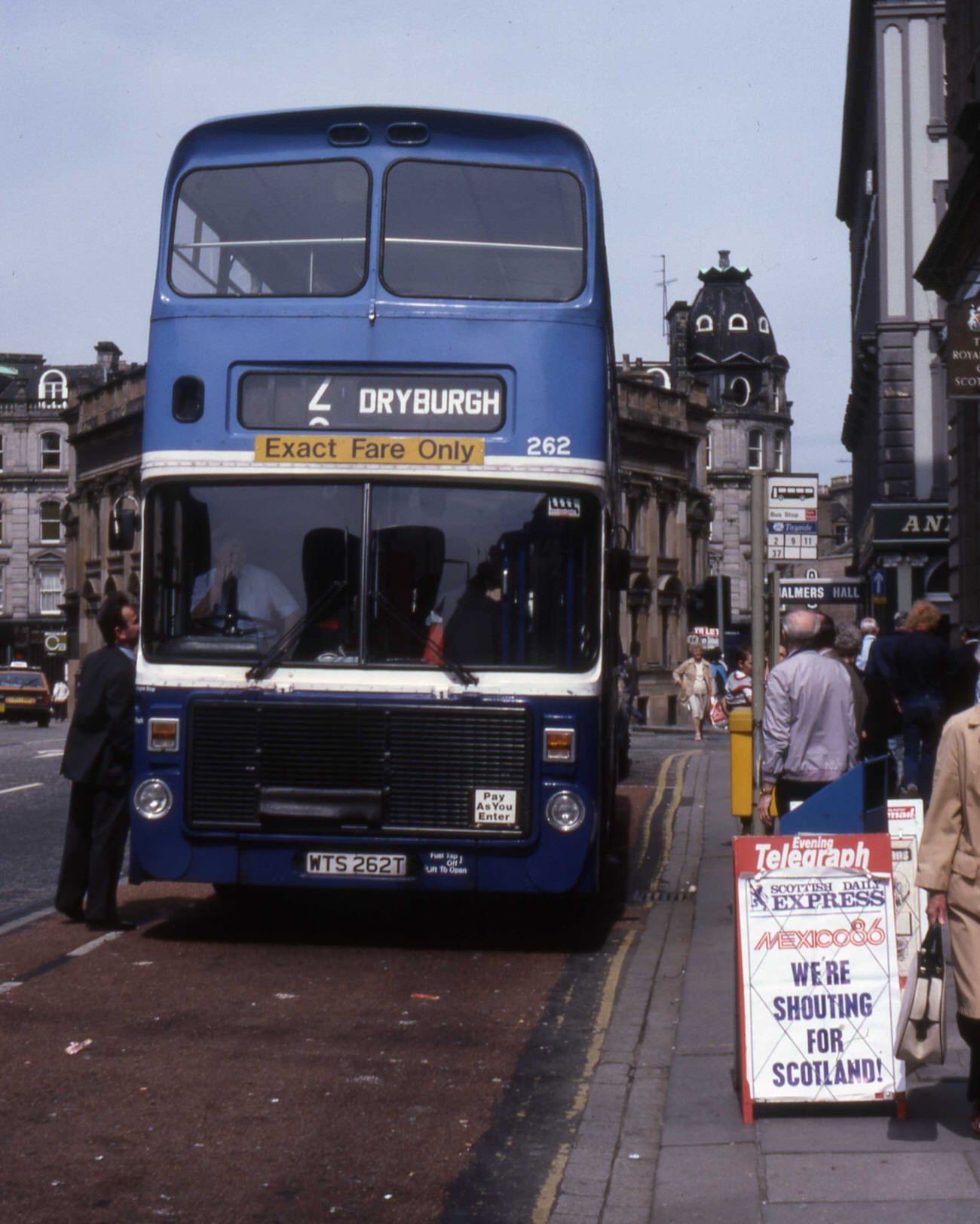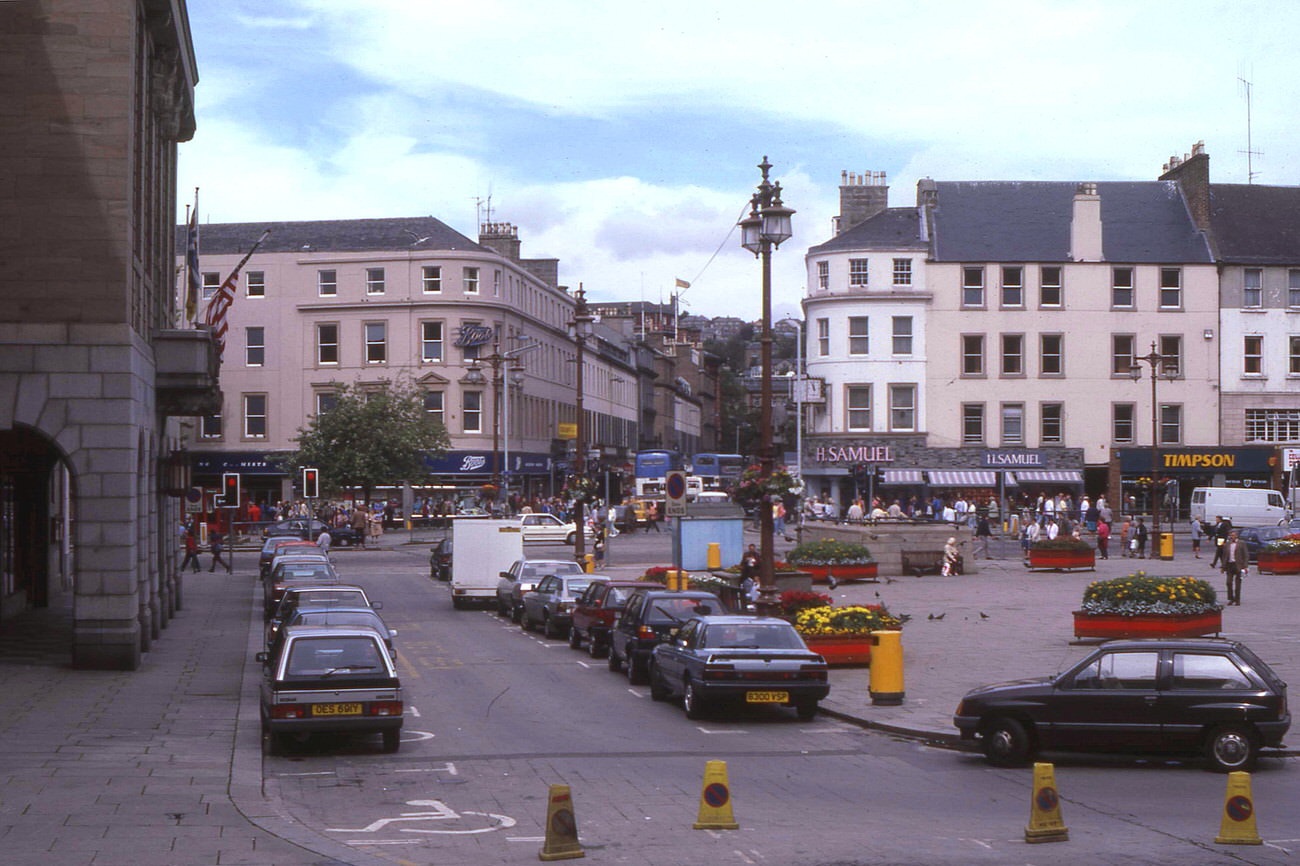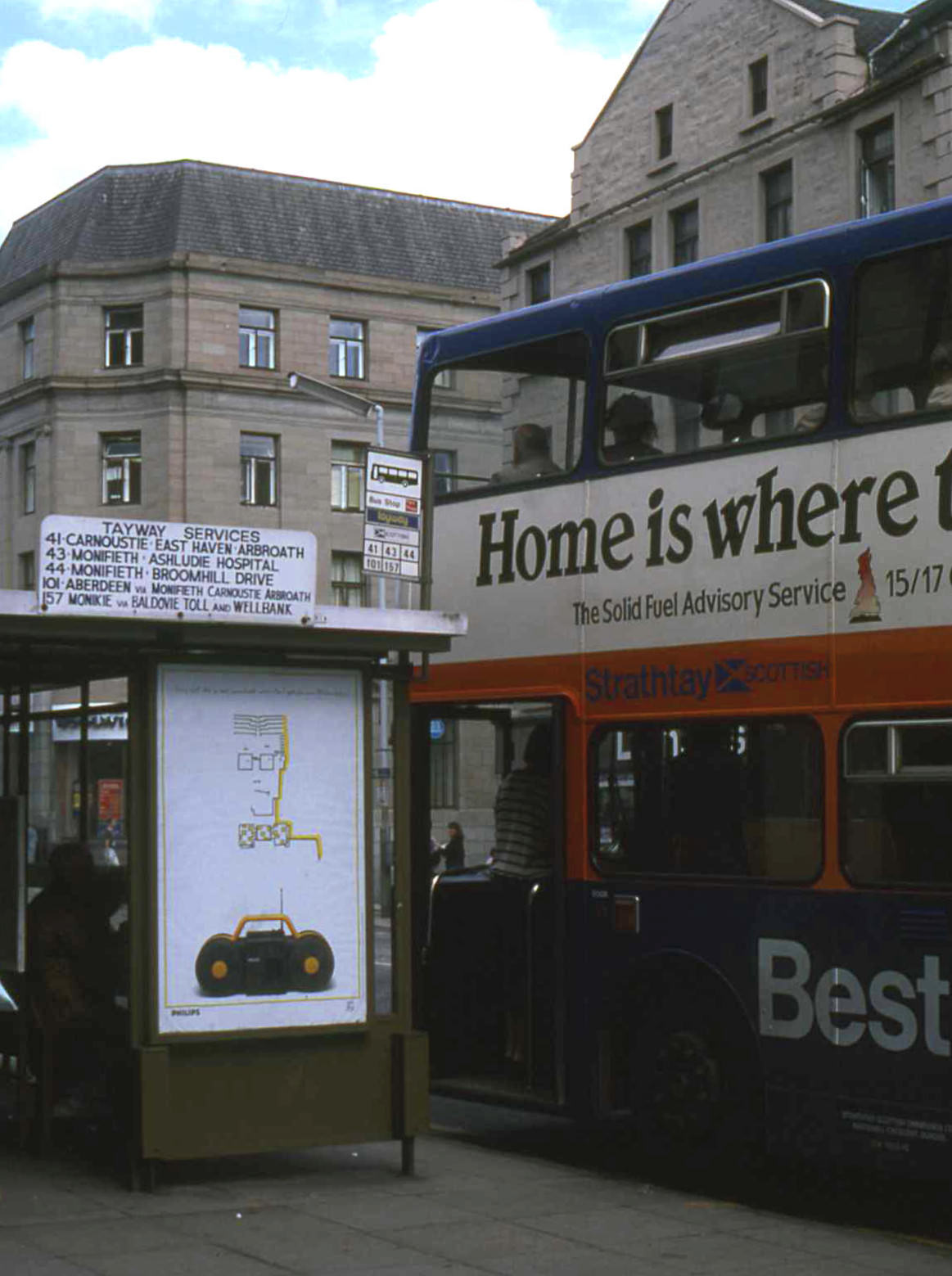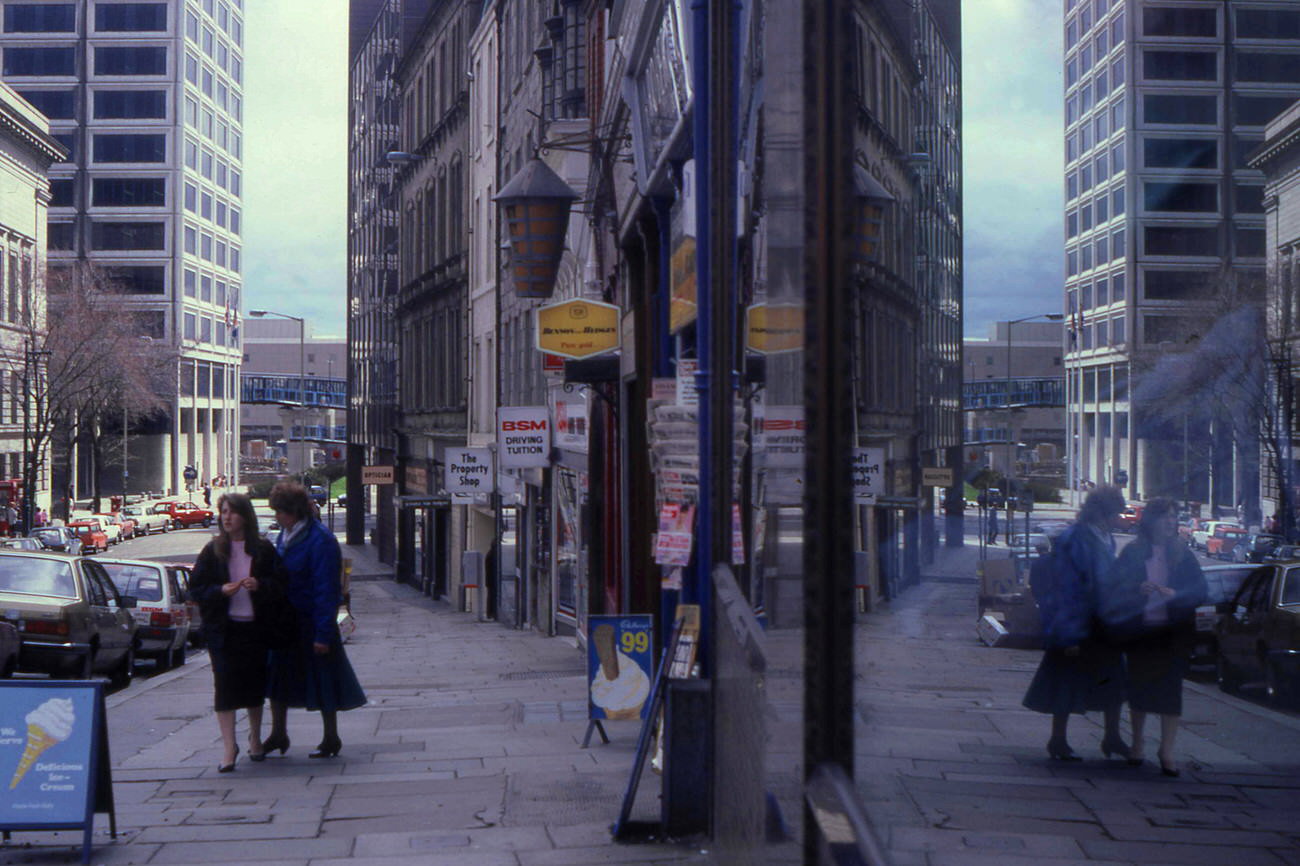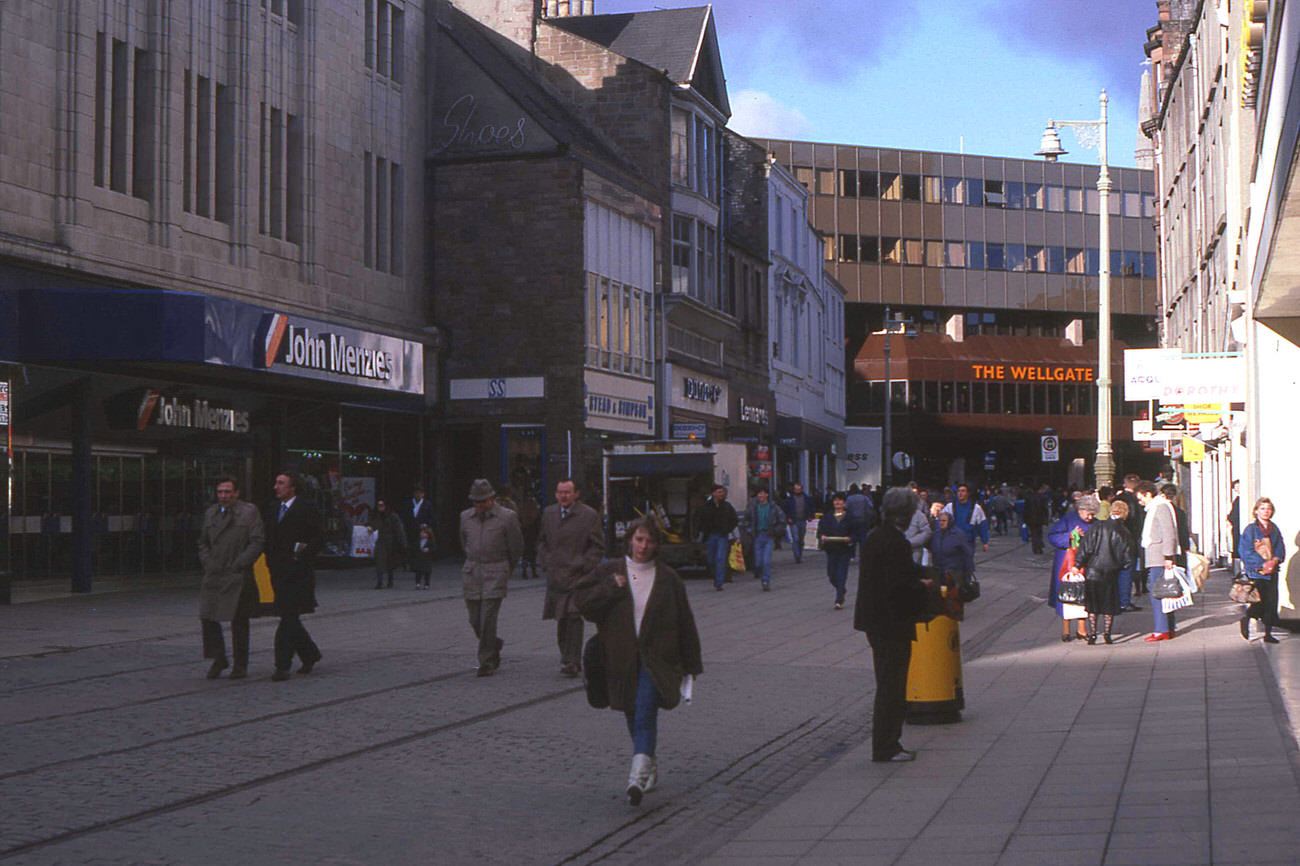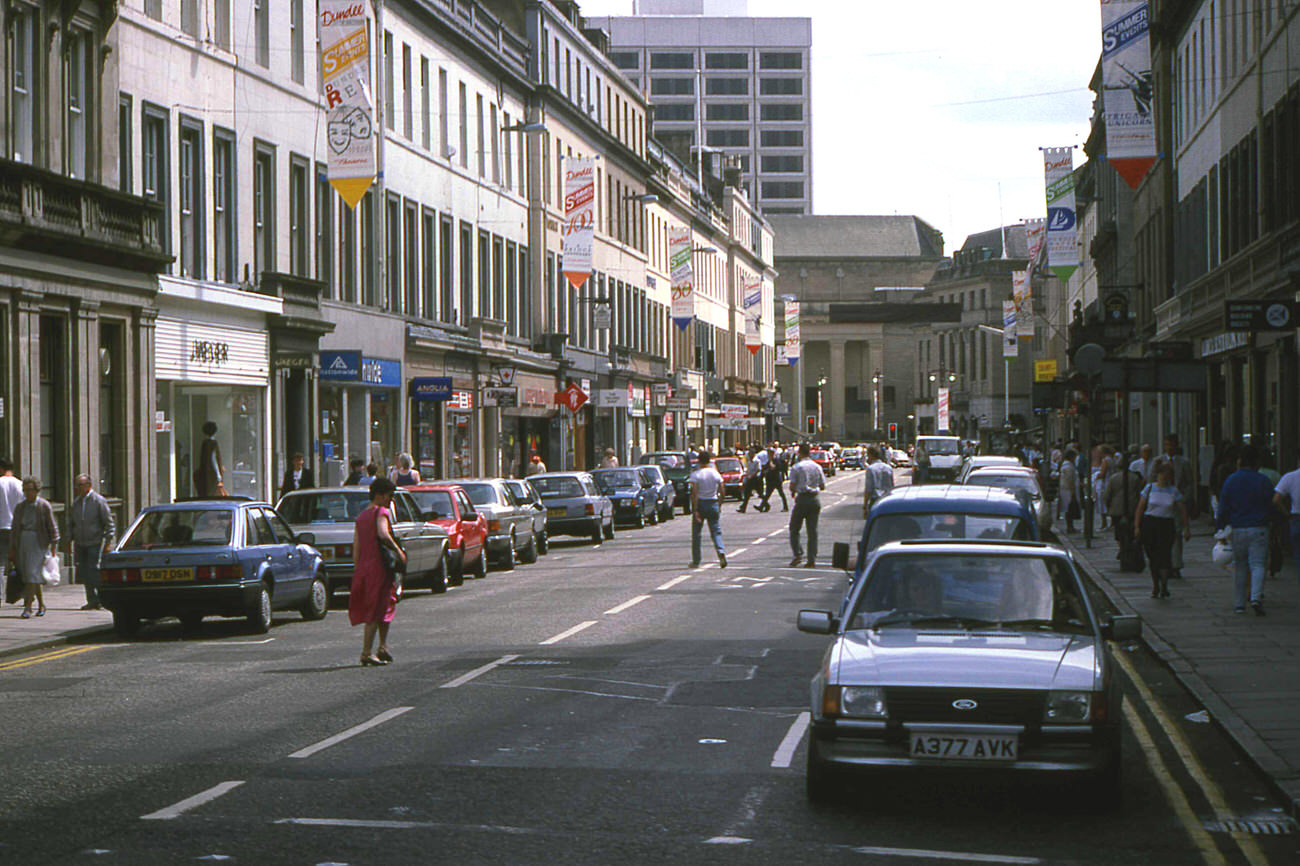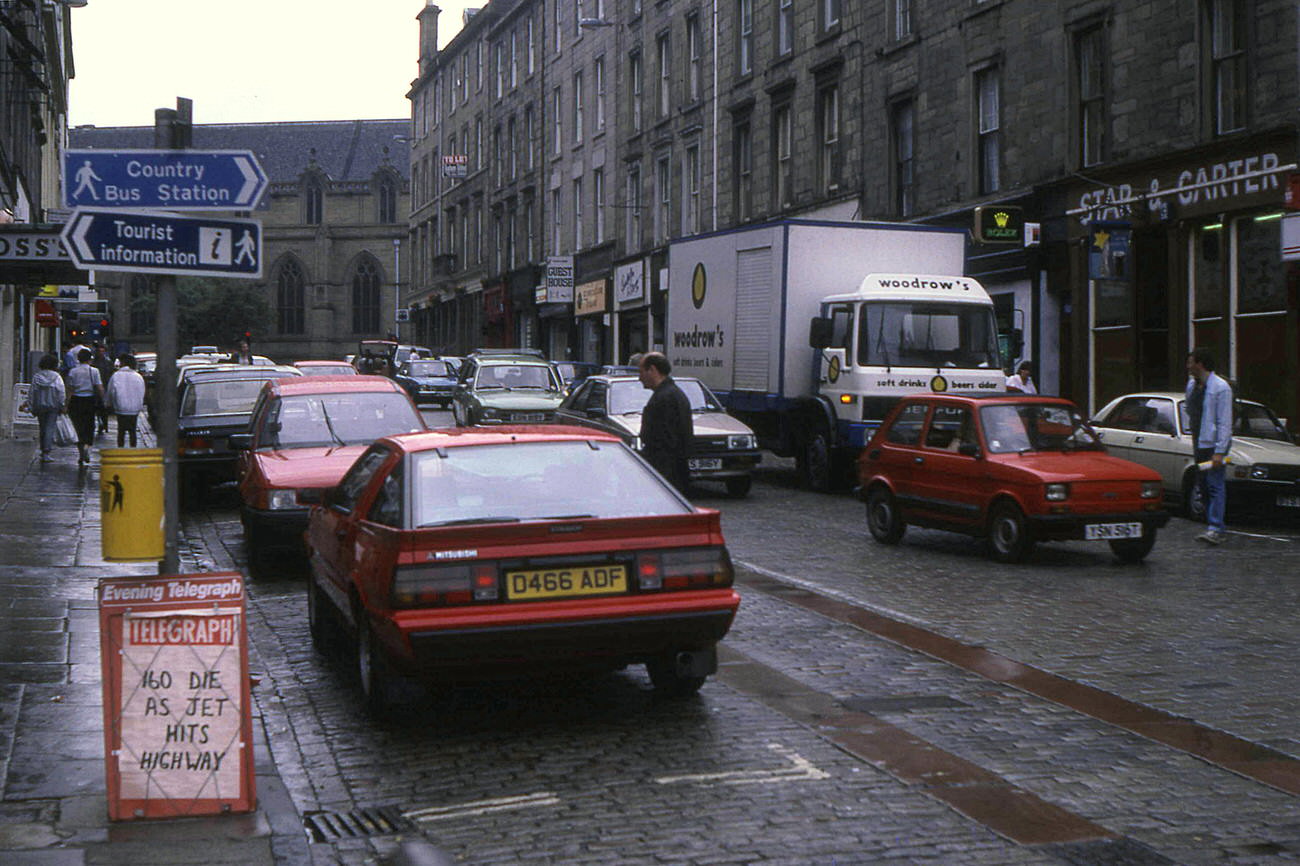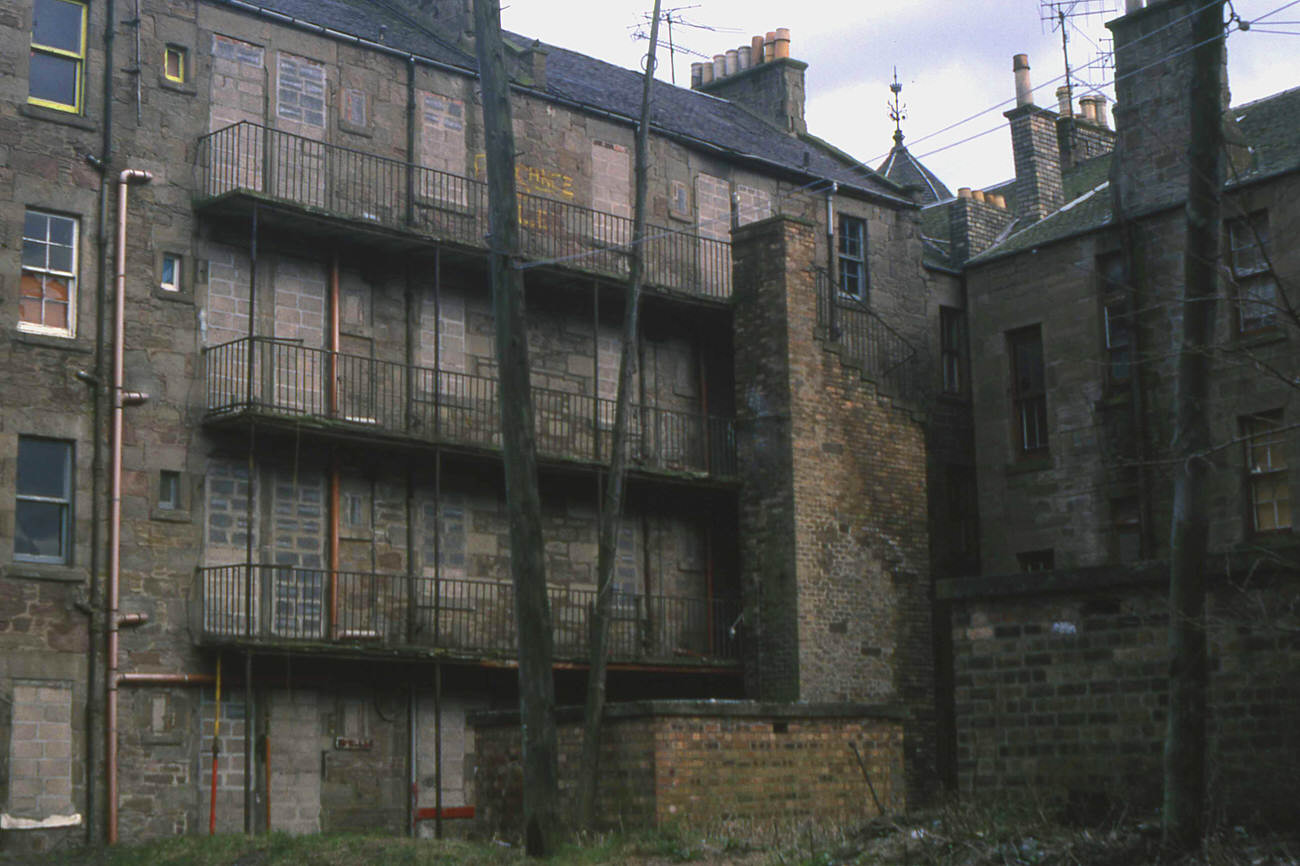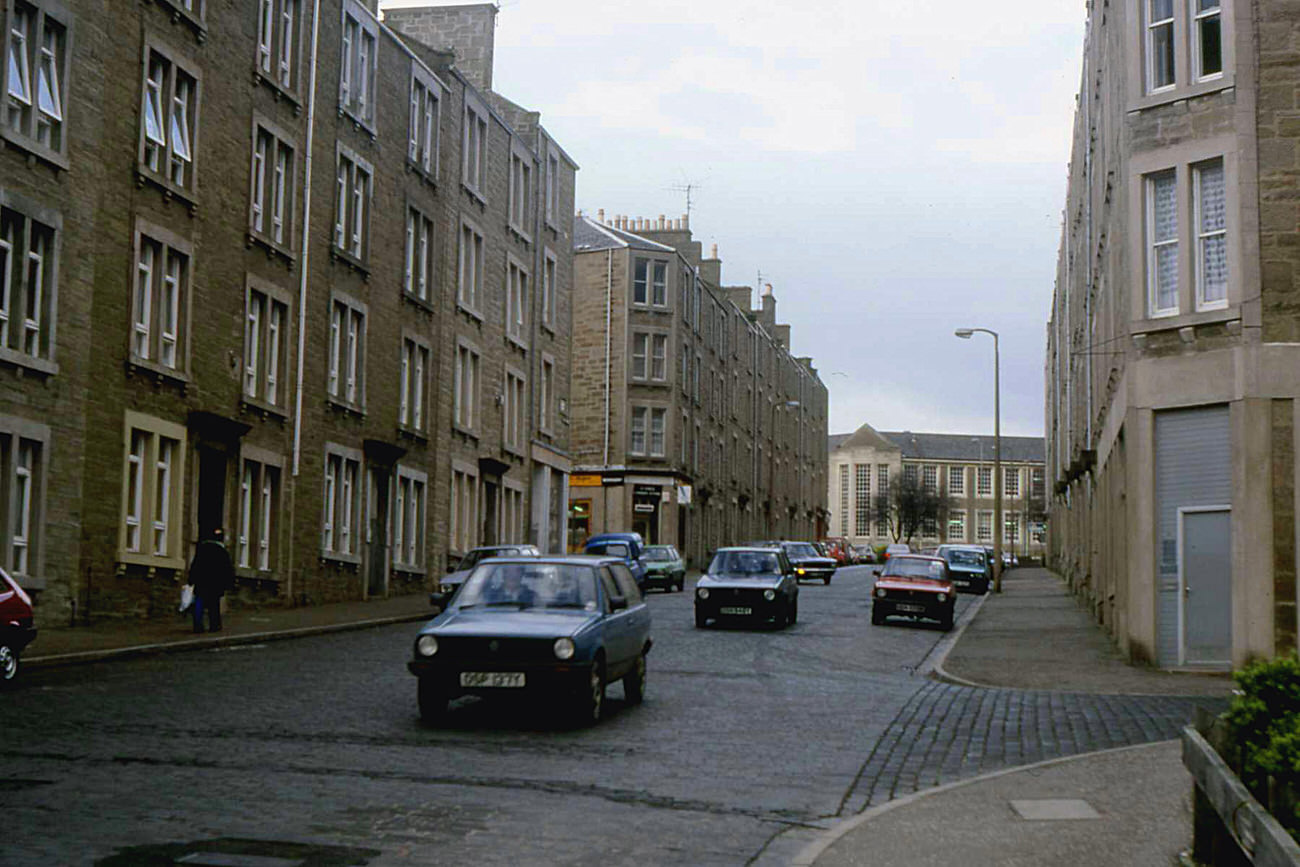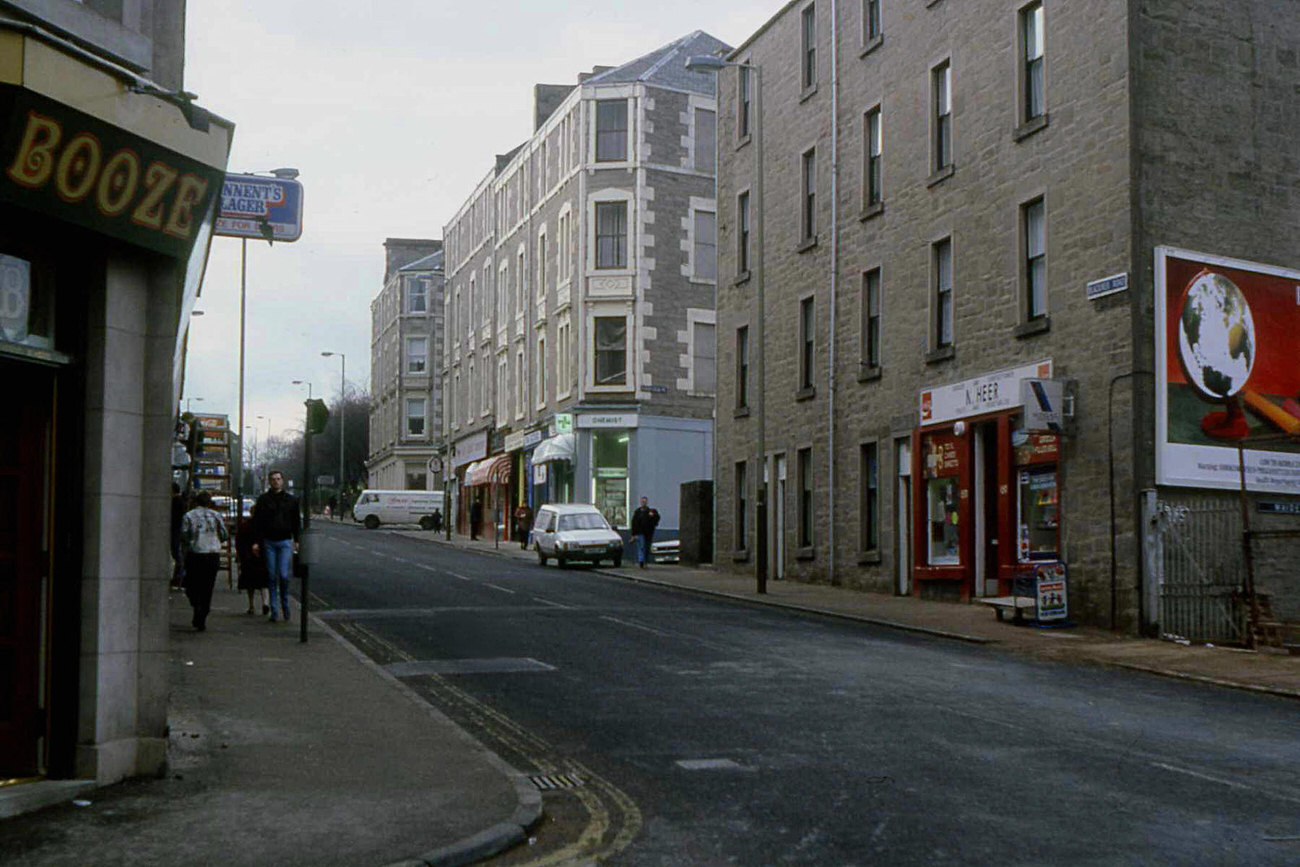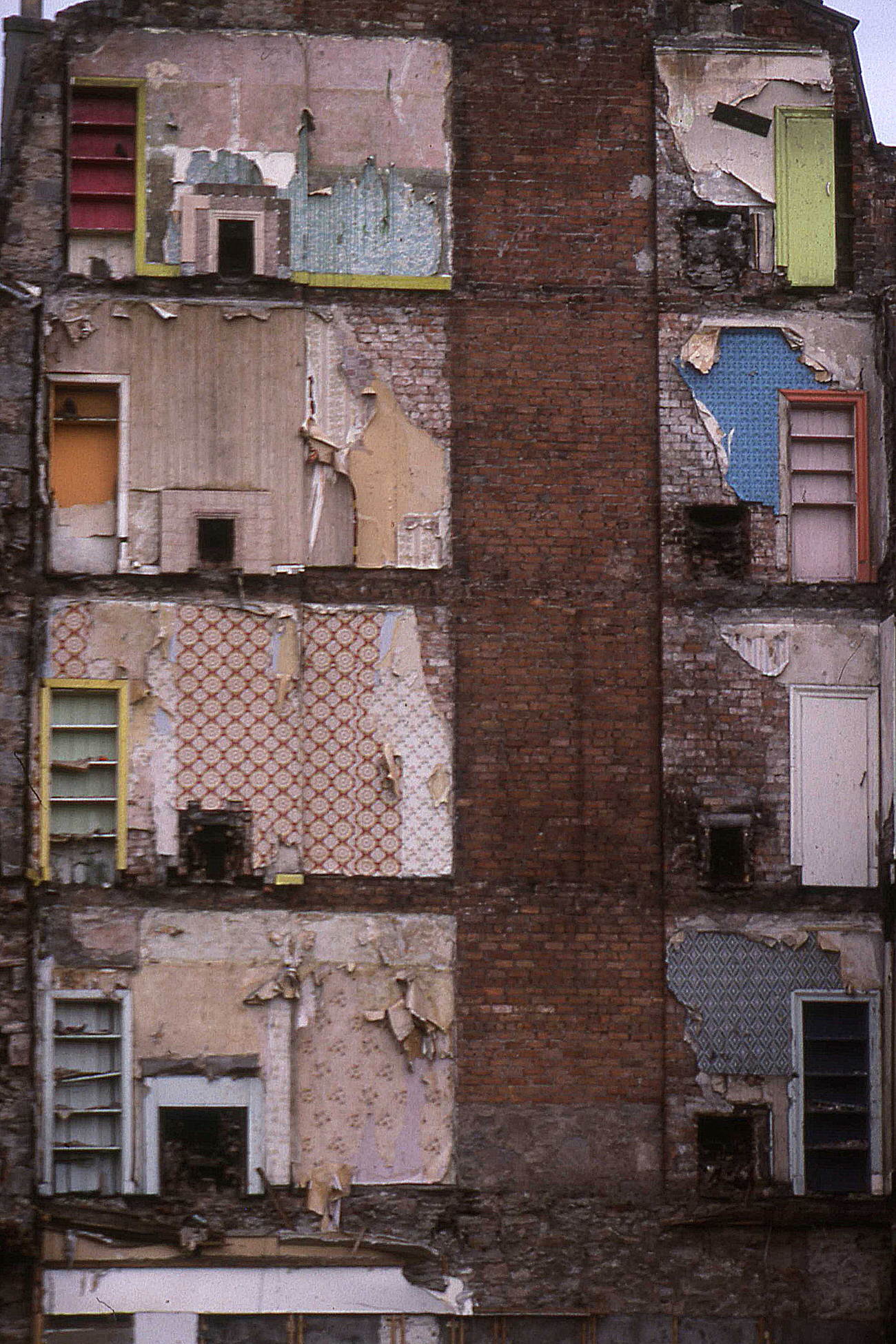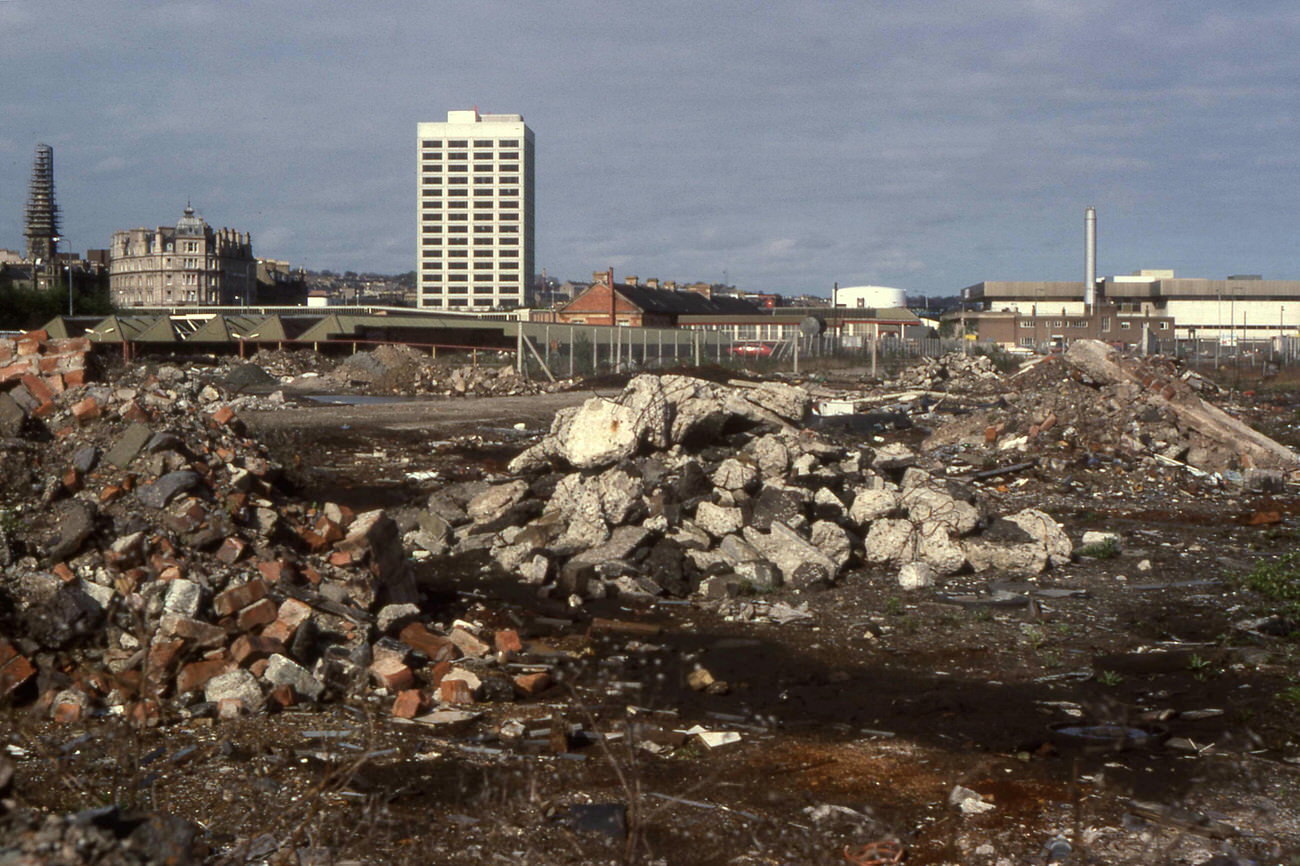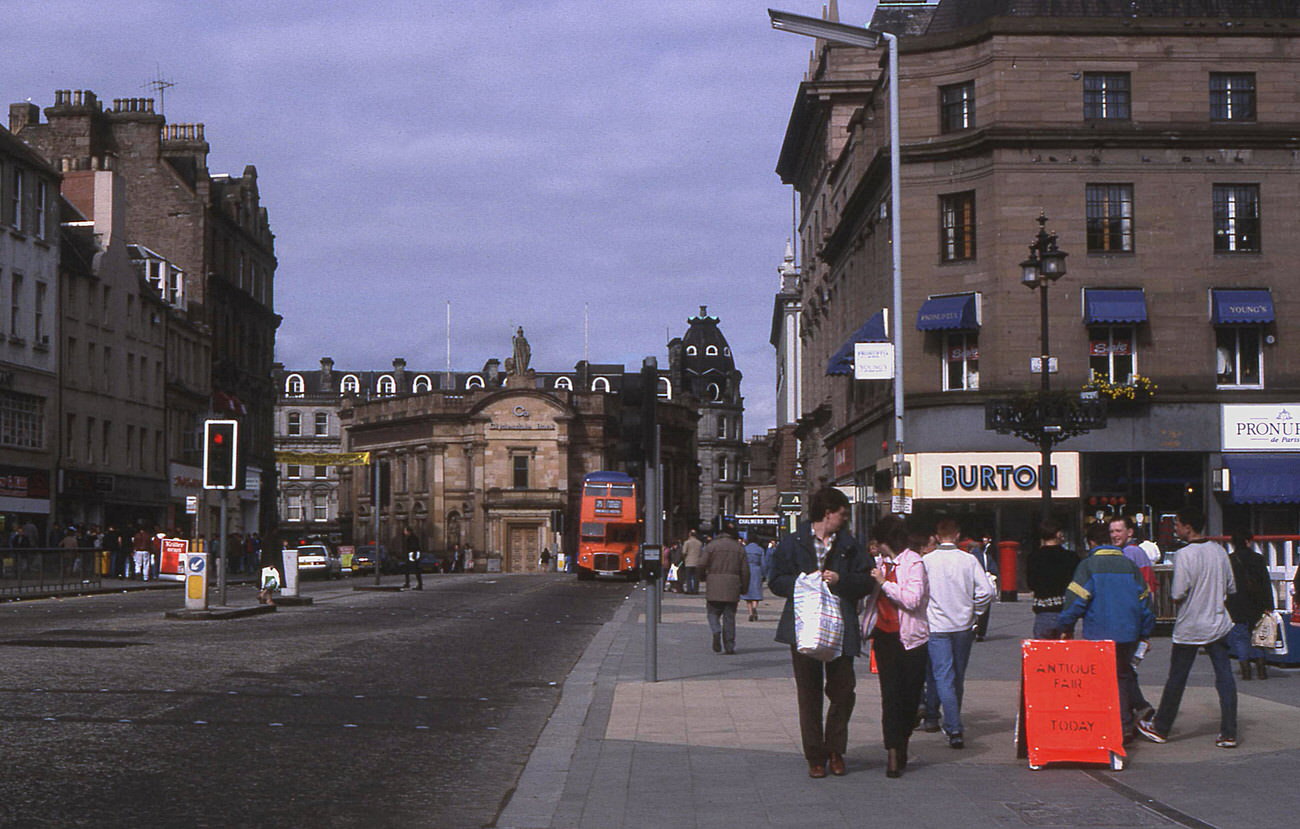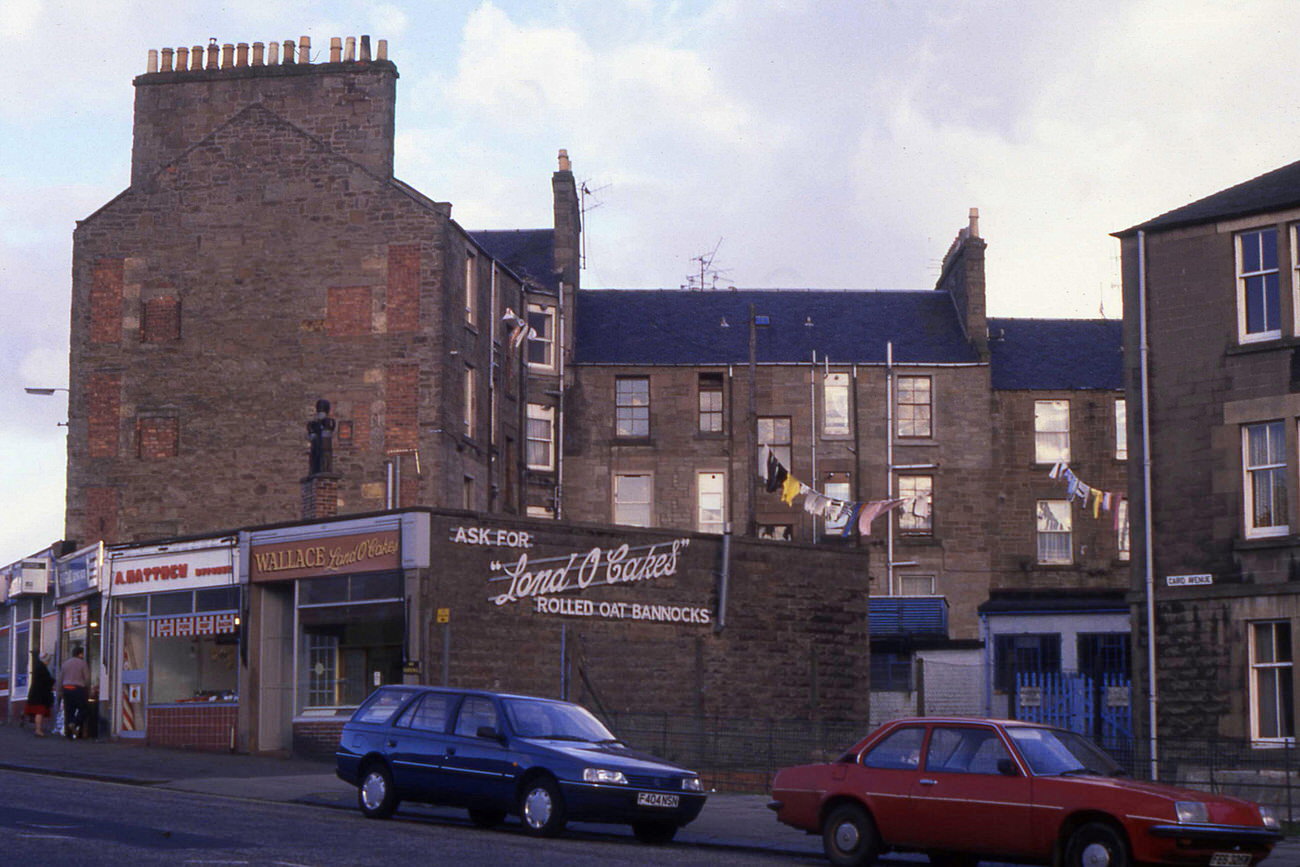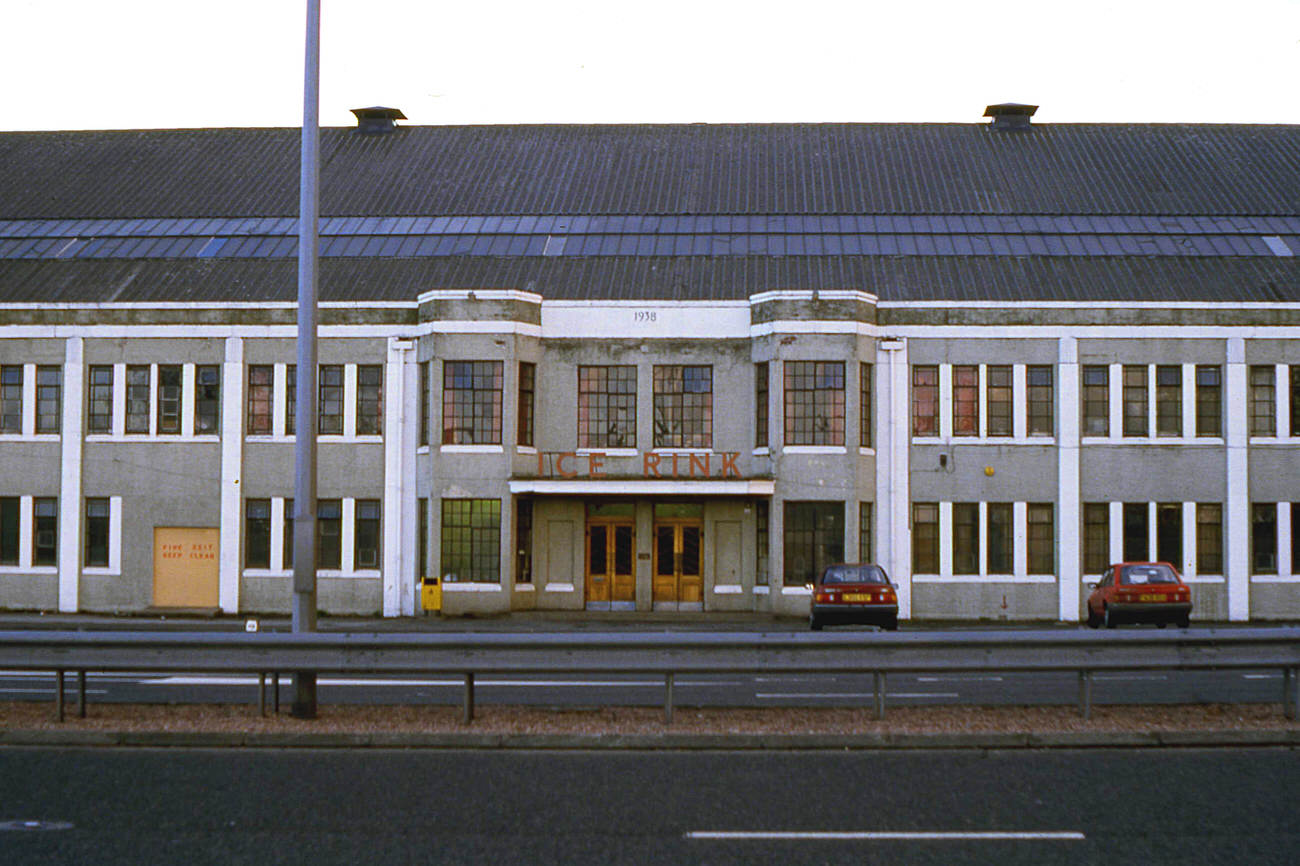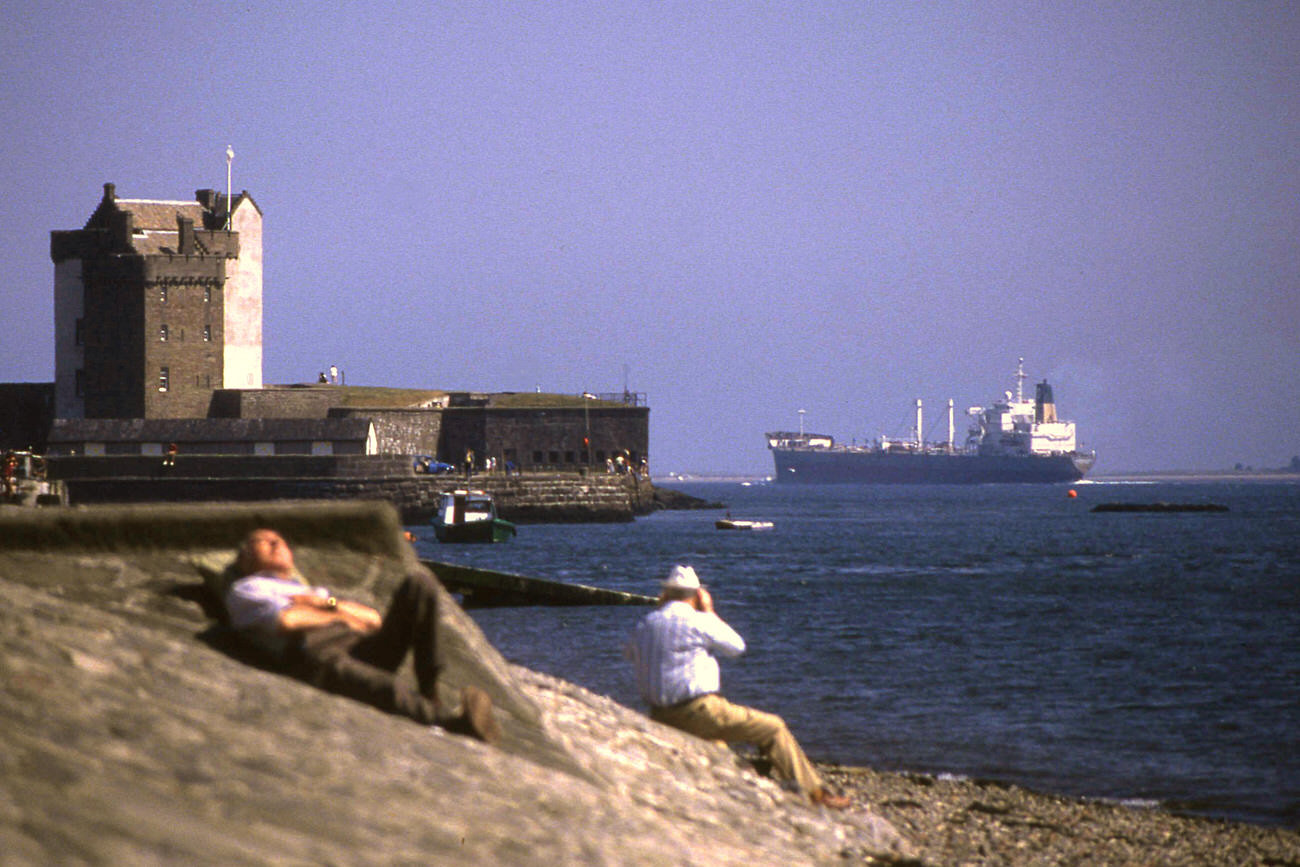Dundee, a city on the eastern coast of Scotland, went through many changes during the 1980s. This decade was a time of struggle, innovation, and cultural shifts. Dundee, known for its rich history in industries like jute, played a vital role in Scotland’s economy. By the 1980s, however, the city faced challenges that shaped its future.
The Economic Landscape
In the early 1980s, Dundee’s economy was in trouble. The decline of traditional industries hit hard. The jute mills, once the backbone of the city’s economy, were closing down. Many people lost their jobs, leading to high unemployment rates. The city had to find new ways to support its residents.
During this time, the shipbuilding industry also faced challenges. The last of the shipyards was shutting down, adding to the economic strain. The loss of these industries changed the landscape of Dundee. Many workers were left searching for new opportunities. The city was in a state of uncertainty.
Despite these challenges, some new industries began to emerge. The technology sector started to grow. Companies began to see potential in Dundee’s workforce. This shift offered hope for the future. The local government and businesses worked together to attract new industries. They wanted to create jobs and opportunities for the people of Dundee.
Read more
Education and Innovation
Education played a crucial role in Dundee’s transformation. The University of Dundee and Dundee College were key players in this process. They began to focus on new subjects like computer science and engineering. This shift helped prepare students for the changing job market.
The university became known for its research in various fields. It attracted students from across the UK and beyond. This influx of students brought new energy to the city. They contributed to the local economy and culture. The growth of education also inspired local businesses to innovate and adapt.
Cultural Scene
As the economy shifted, so did Dundee’s cultural landscape. The city embraced its artistic side. The 1980s saw a rise in music, art, and theater. Local bands began to gain popularity. Venues like the Caird Hall hosted concerts and events that attracted large crowds.
Dundee also became home to various festivals. The Dundee Flower and Food Festival celebrated local produce and gardening. The festival brought people together and showcased the city’s natural beauty. It became an annual highlight for residents and visitors alike.
The arts scene flourished with the establishment of the Dundee Contemporary Arts (DCA) in 1999, though its roots can be traced back to the early 1980s. This center for contemporary art became a vital part of the city’s cultural identity. It provided a space for artists to showcase their work and for the community to engage with art.
Sports and Recreation
Sports were an important part of life in Dundee during the 1980s. The city was home to two major football clubs: Dundee FC and Dundee United. Matches between these teams were highly anticipated events. Fans filled the stadiums, showing their support with passion. Football brought the community together, creating a sense of pride.
In addition to football, other sports also thrived. Dundee had a rich history in athletics and boxing. Local athletes represented the city in various competitions. Their success inspired younger generations to pursue sports.
The city also invested in recreational facilities. Parks and sports centers provided spaces for people to stay active. These facilities helped promote a healthy lifestyle among residents.
Social Changes
The 1980s were also a time of social change in Dundee. The city began to grapple with issues like poverty and inequality. Many families struggled to make ends meet due to the economic downturn. Community organizations stepped in to offer support. They provided food, clothing, and assistance to those in need.
The local government also recognized the need for change. Efforts were made to improve housing and living conditions. Regeneration projects aimed to revitalize struggling neighborhoods. These initiatives focused on providing better services and creating a more vibrant community.
Dundee also saw an increase in activism during this decade. Groups began to advocate for workers’ rights and social justice. They organized protests and campaigns to raise awareness about important issues. The community became more engaged in discussions about their future.


